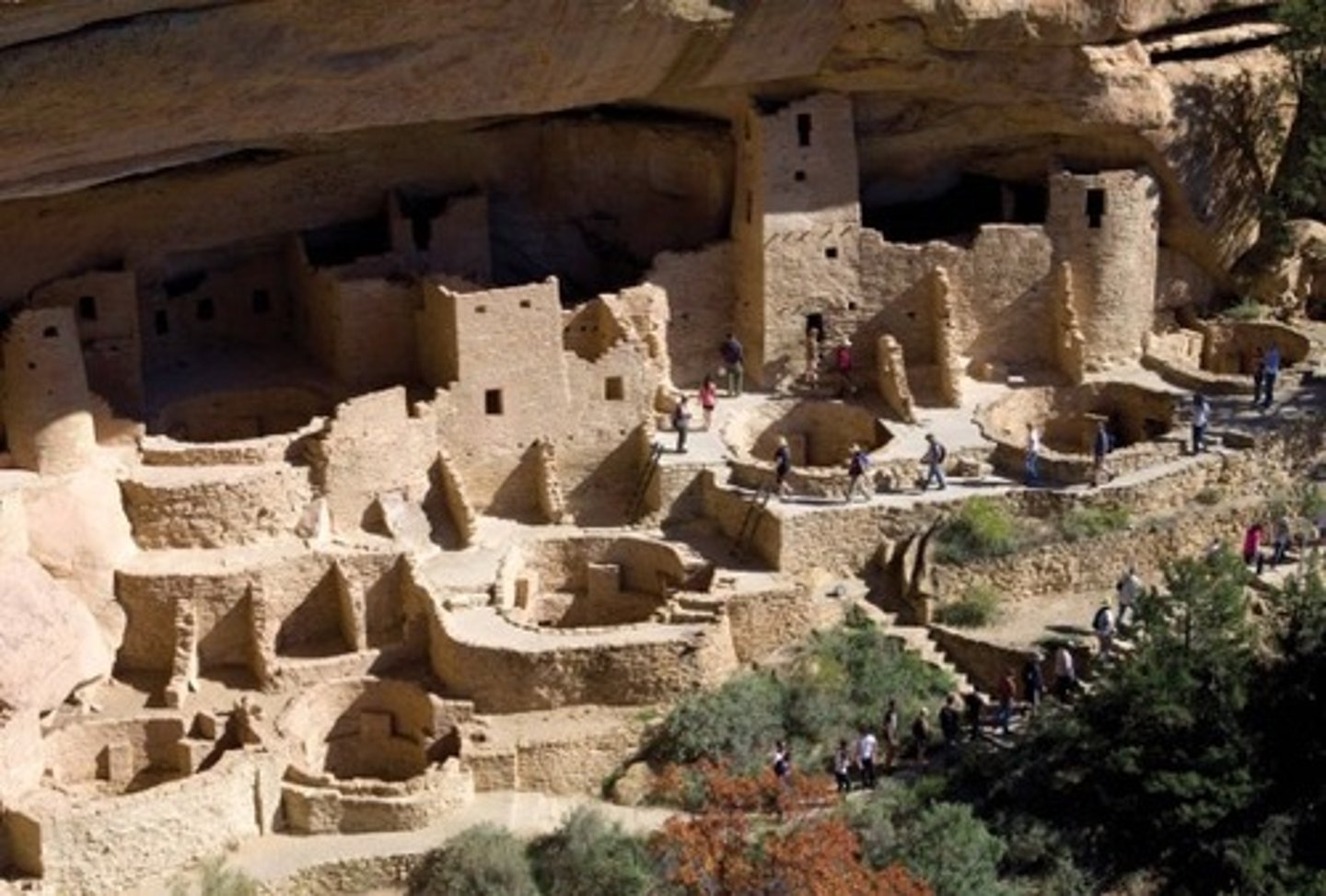Art History Timeline Apollo Stones to La Grande Odalisque
1/177
There's no tags or description
Looks like no tags are added yet.
Name | Mastery | Learn | Test | Matching | Spaced |
|---|
No study sessions yet.
178 Terms
Apollo 11 stones, Namibian rock art, 25,500-25,300 BCE, charcoal on stone
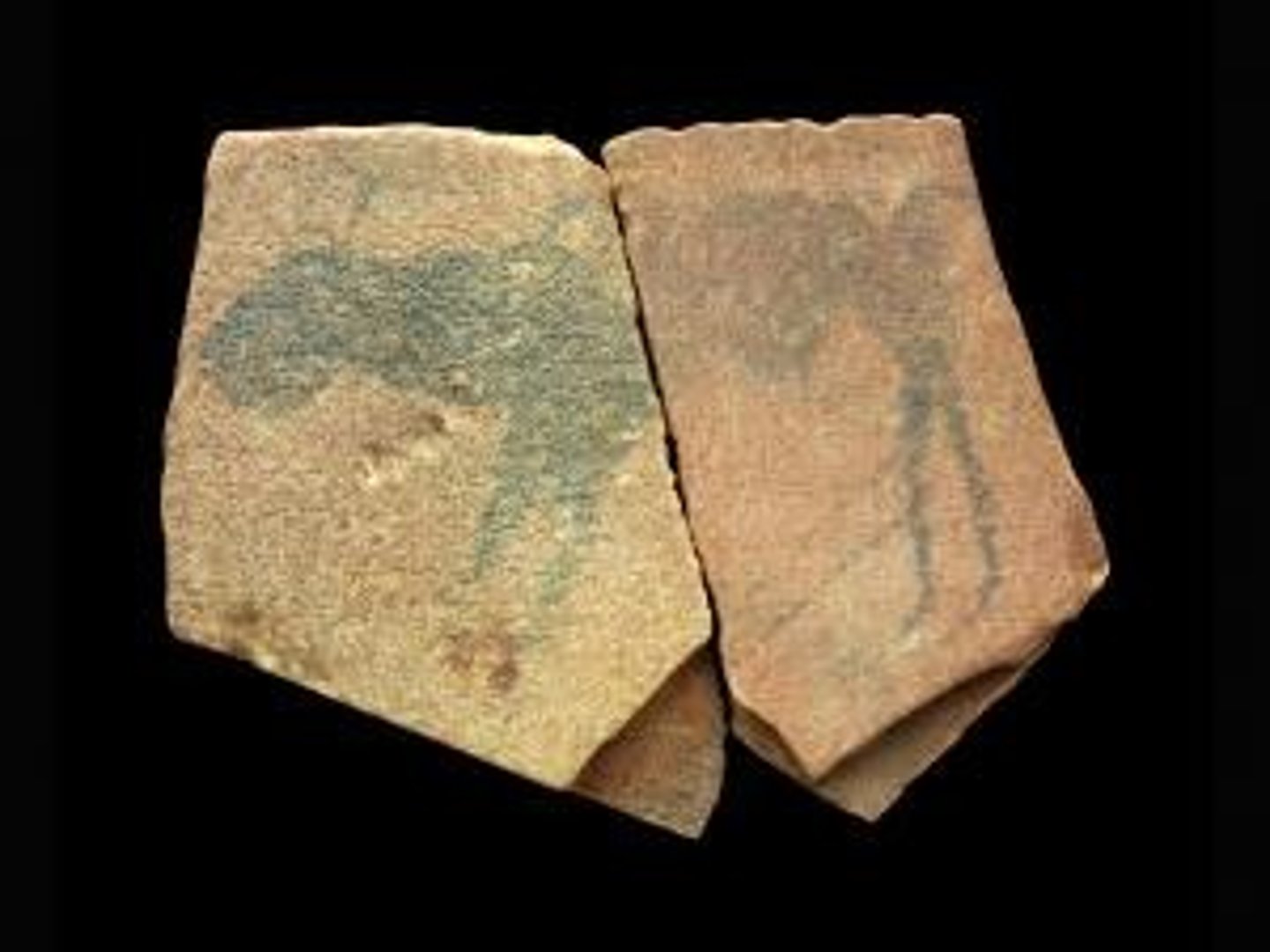
Great Hall of the Bulls, Lascaux, France, Paleolithic rock painting, 15,000-13,000 BCE

Camelid sacrum in the shape of a canine, Tequixquiac, central Mexico, 14,000-7000 BCE, bone artifact
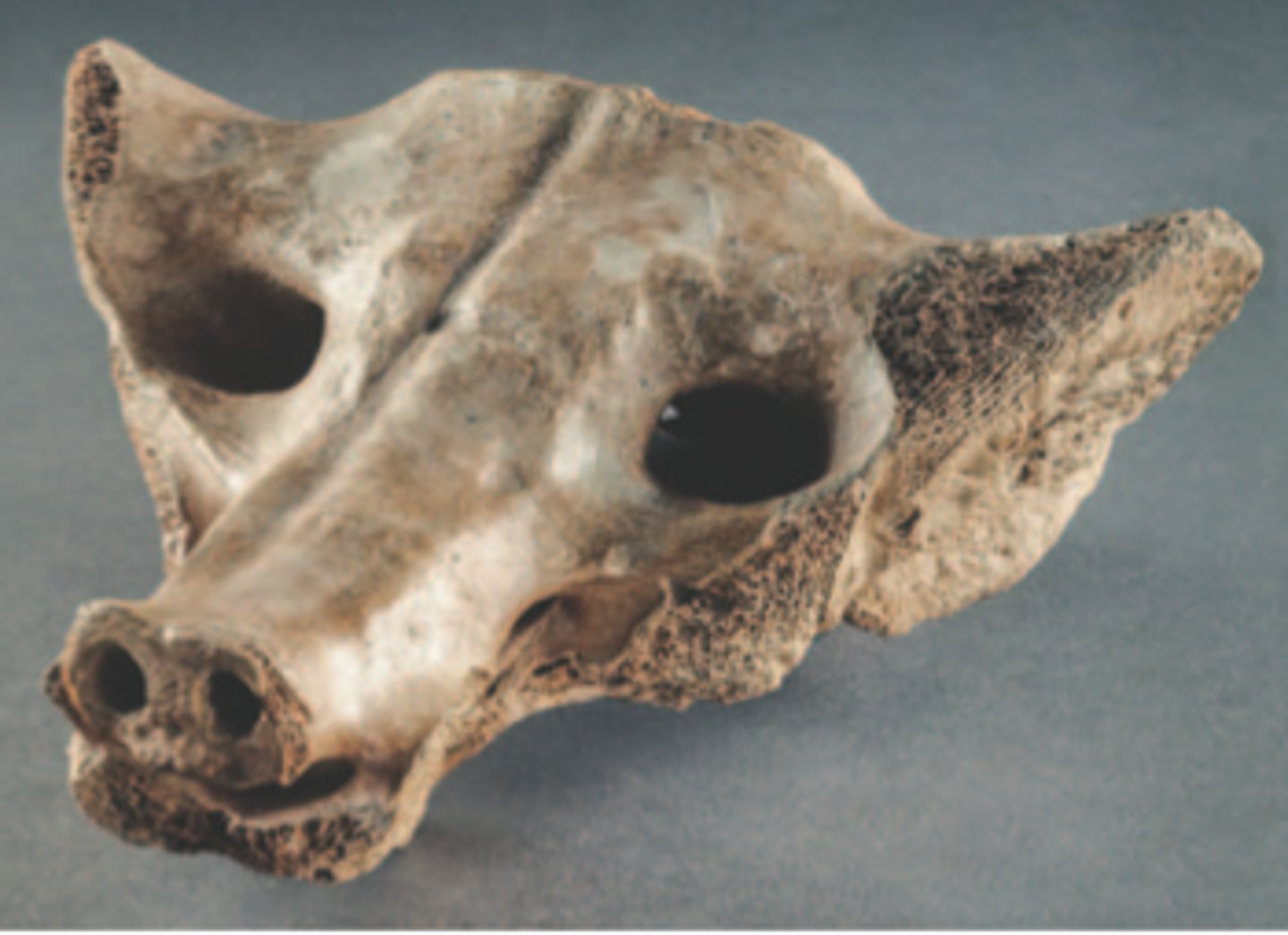
Running horned woman, Tassili n'ajjer, Algeria, 5000-4000 BCE, rock art with pigment
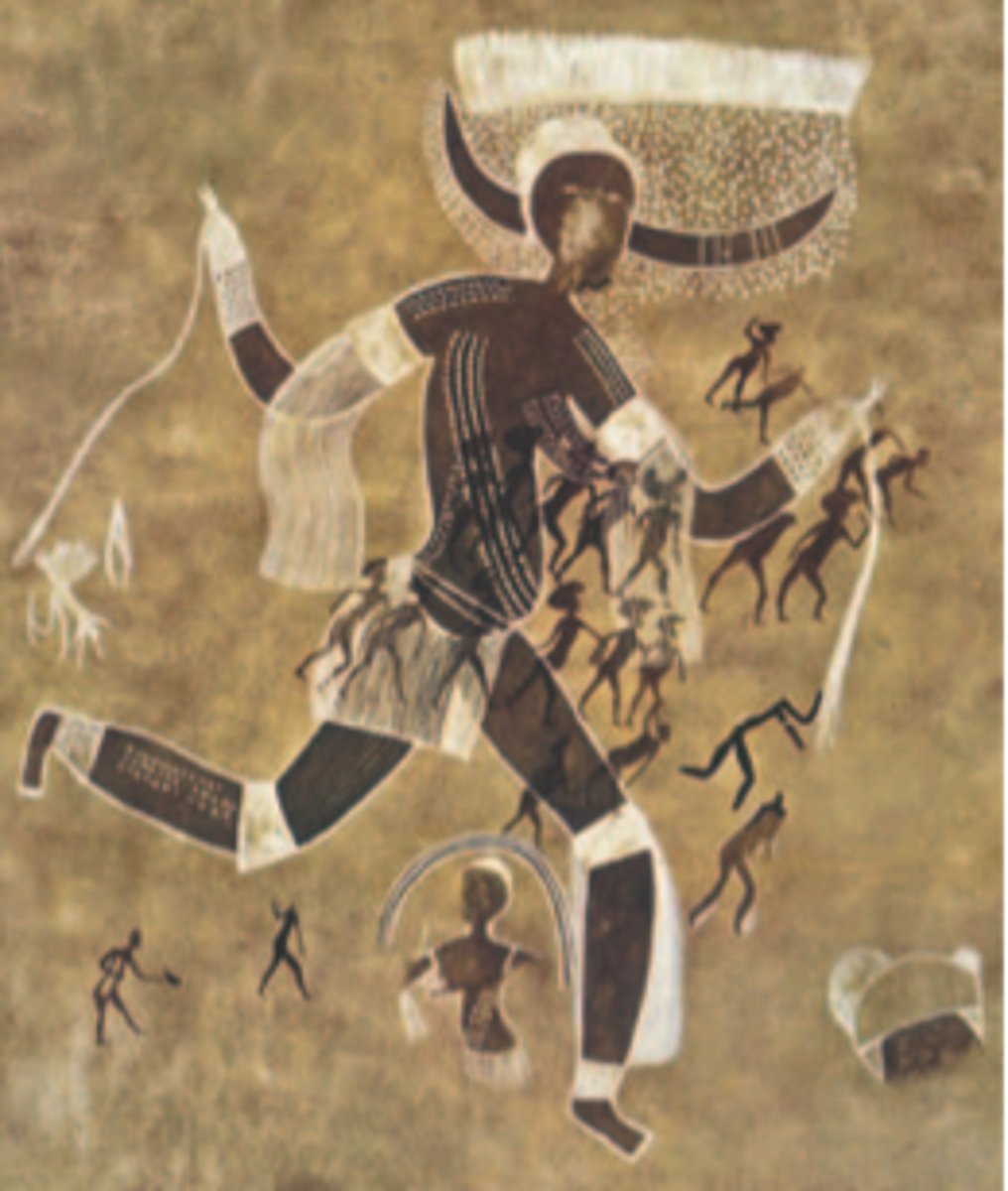
Beaker with ibex motifs, Susa, Iran, 4200-3500 BCE, painted terra cotta vessel
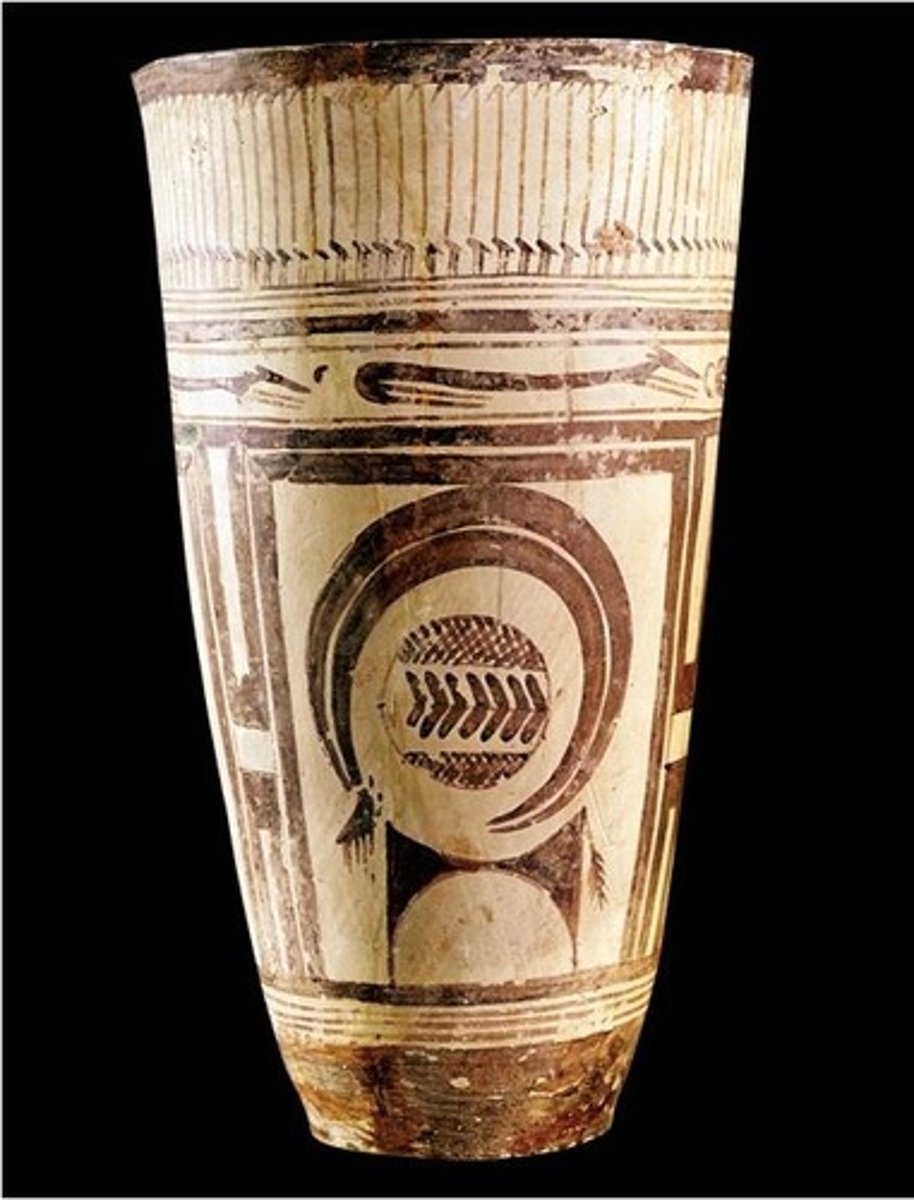
Anthropomorphic stele, Arabian Peninsula, 4th millennium BCE, sandstone monument
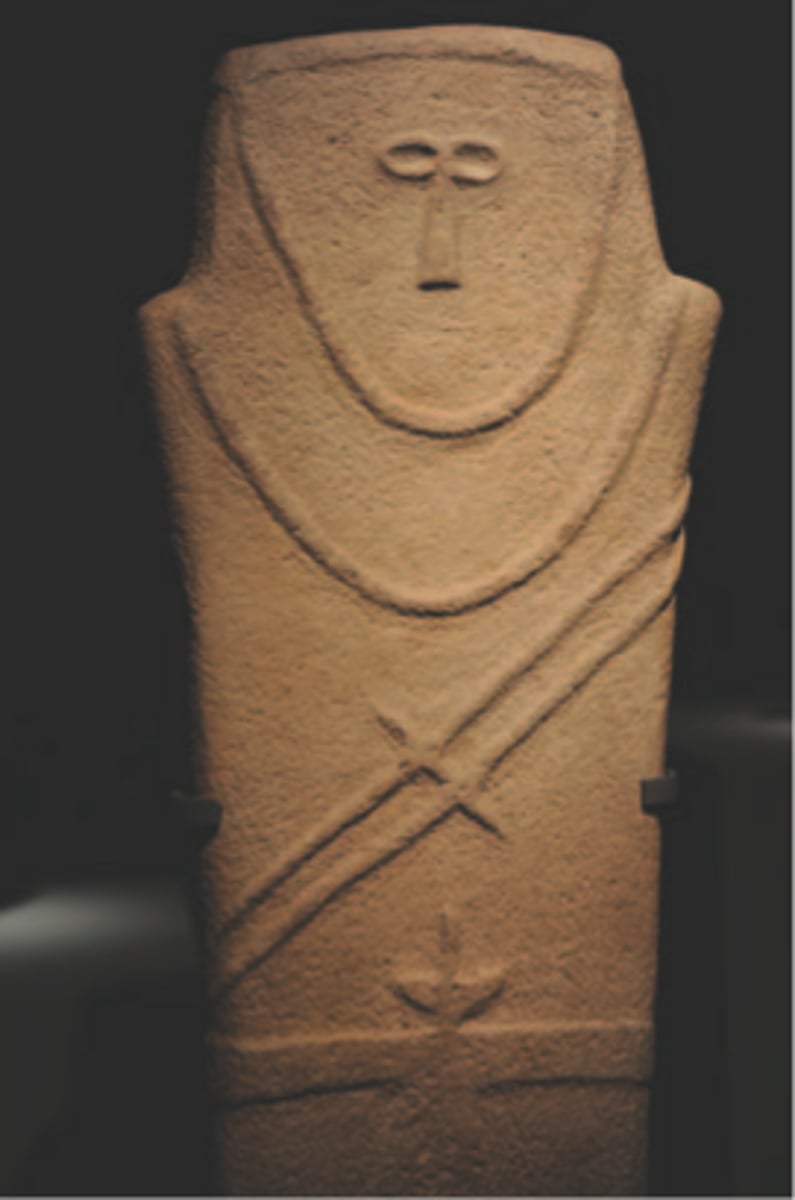
Jade cong, Liangzhu, China, 3300-2200 BCE, carved jade artifact
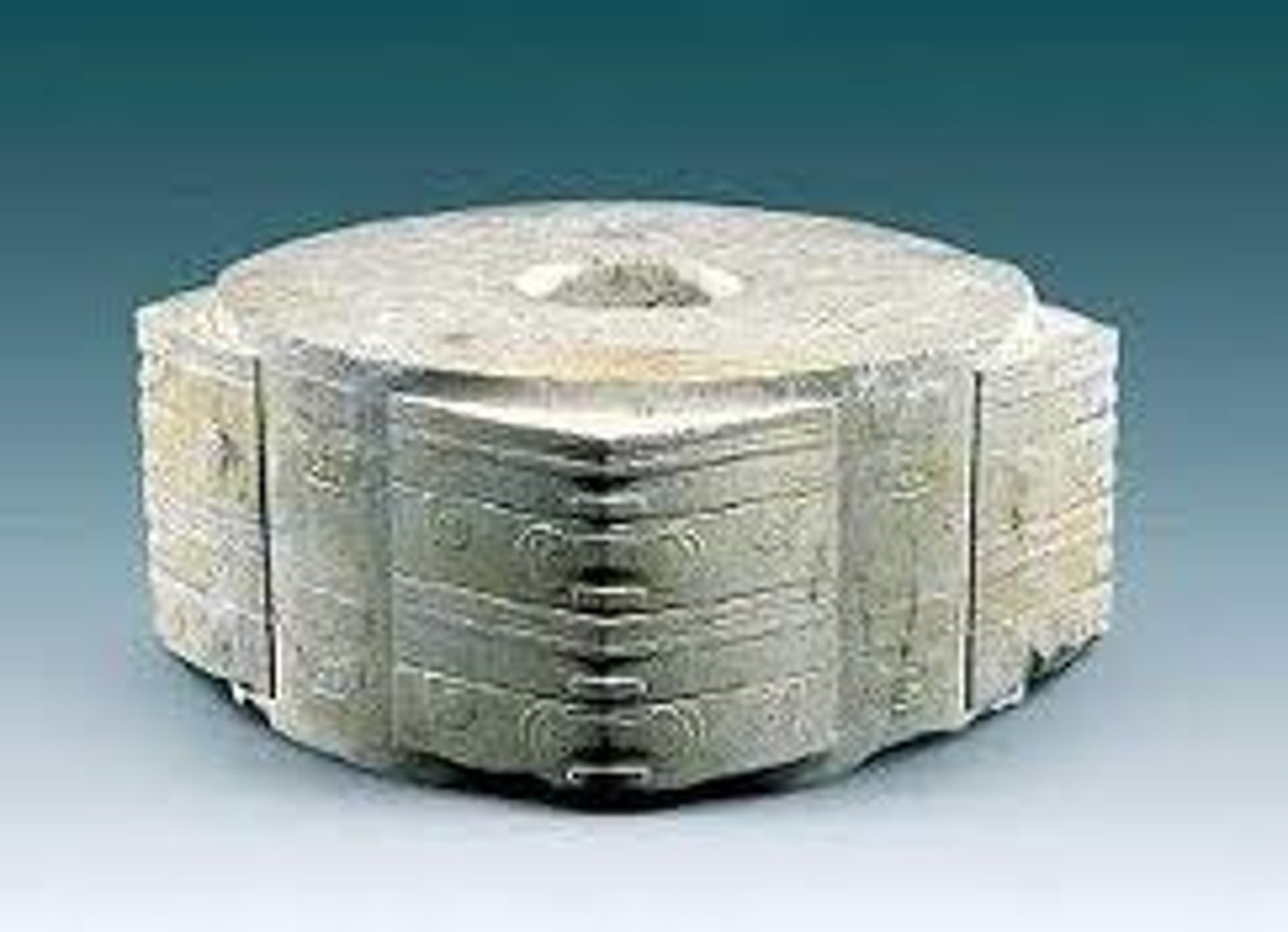
Stonehenge, Wiltshire, UK, Neolithic Europe, 2500-1500 BCE, sandstone monument
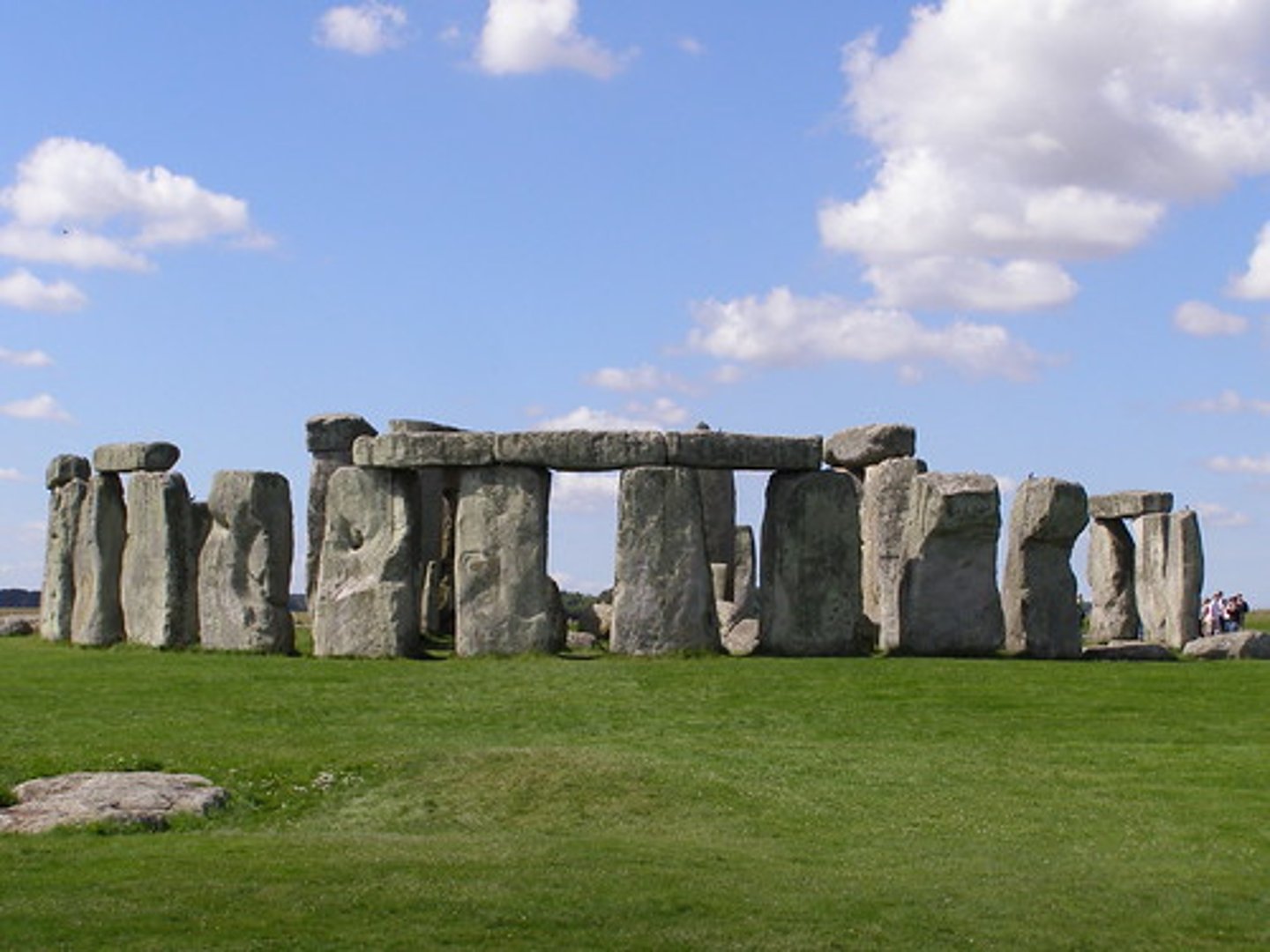
The Ambum Stone, Ambum Valley, Papua New Guinea, 1500 BCE, carved greywacke artifact

Tlatilco female figurine, Central Mexico, 1200-900 BCE, ceramic artifact
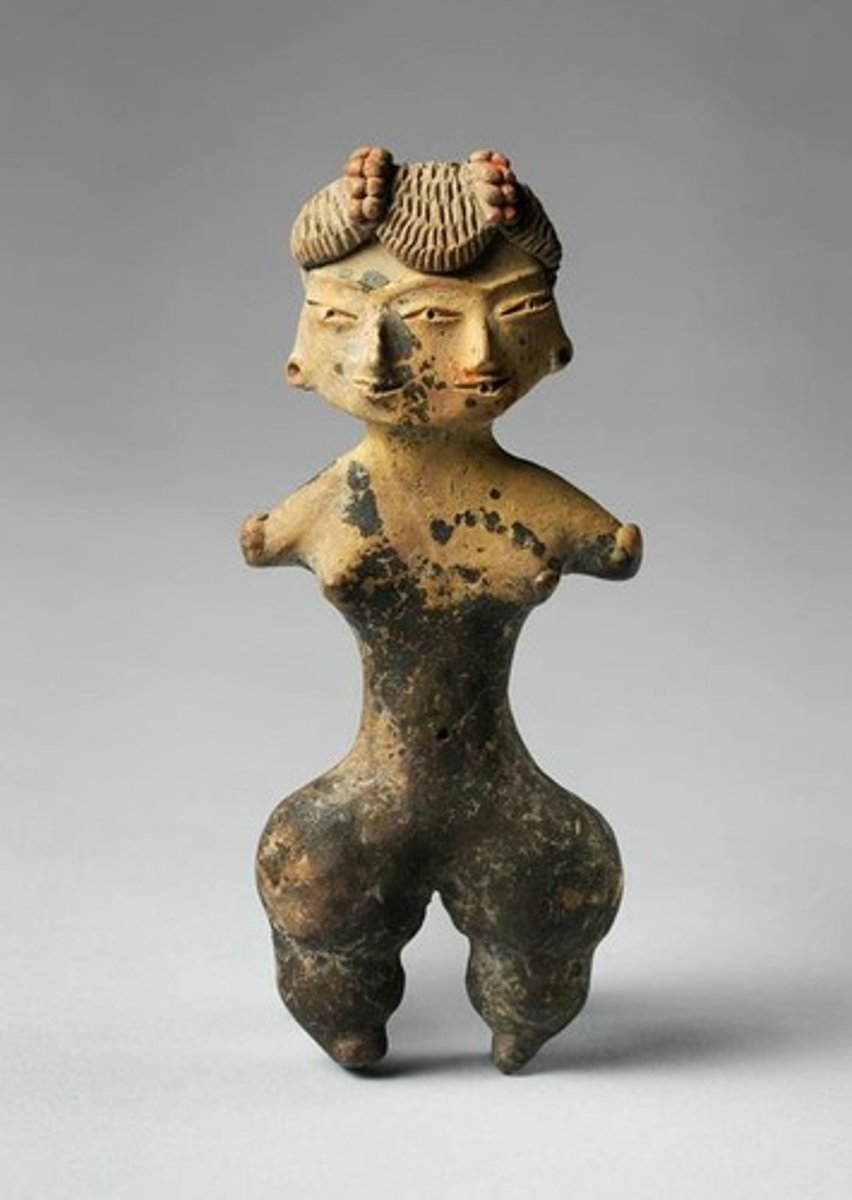
Terra cotta fragment, Lapita, Solomon Islands, 1000 BCE, terra cotta artifact
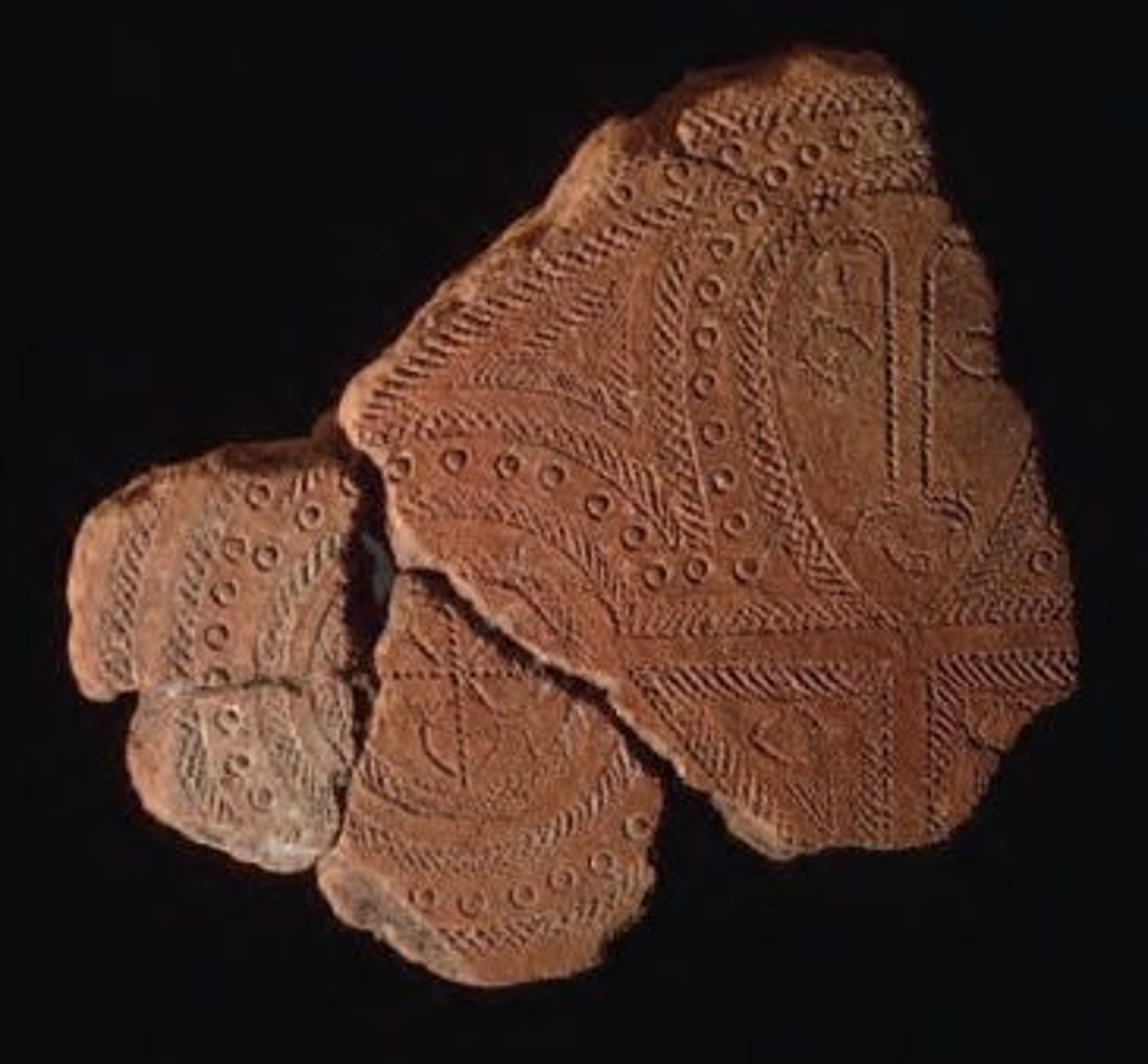
White Temple and its ziggurat, Uruk, Sumerian, 3500-3000 BCE, mud brick architecture
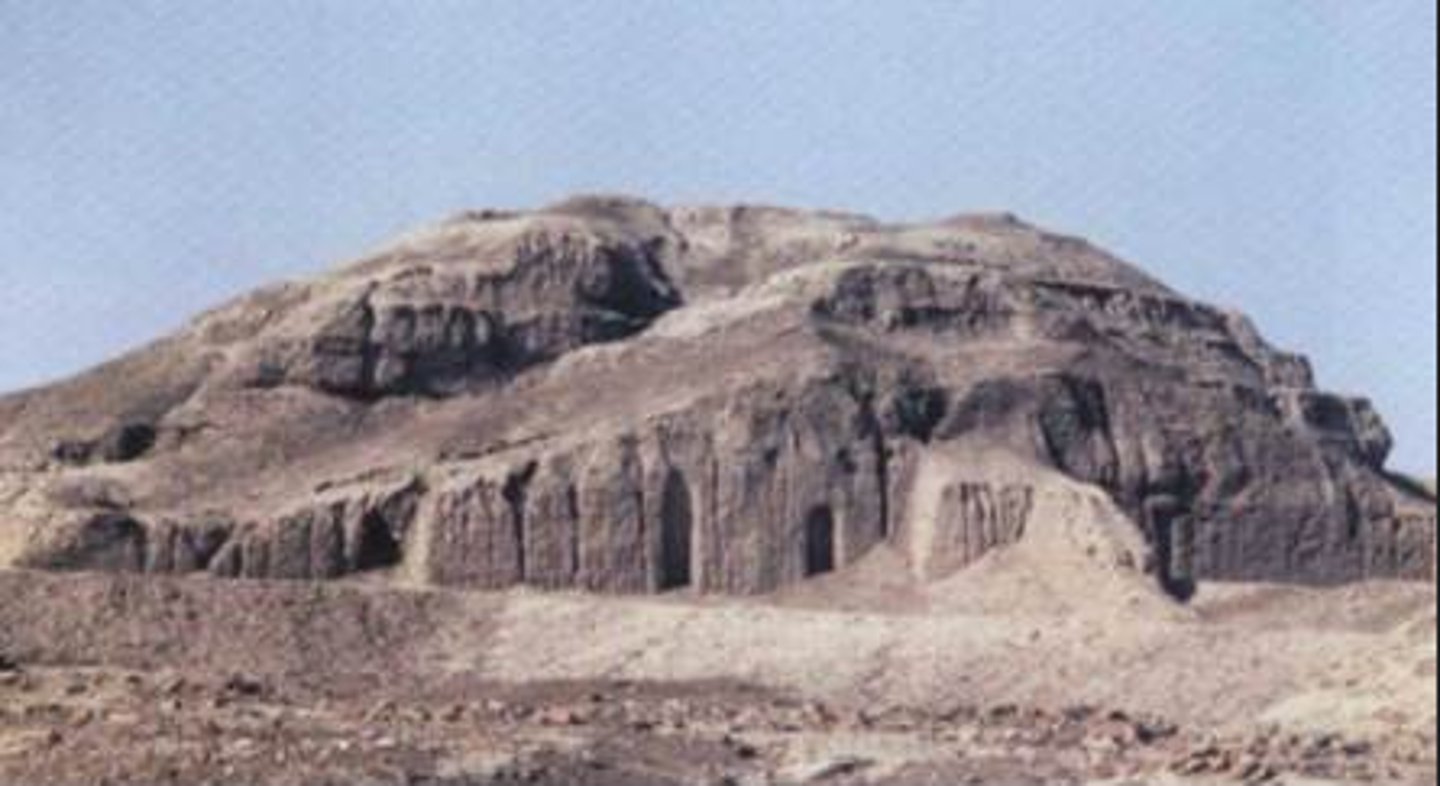
Statues of votive figures, Eshnunna, Sumerian, 2700 BCE, gypsum inlaid with shell and black limestone
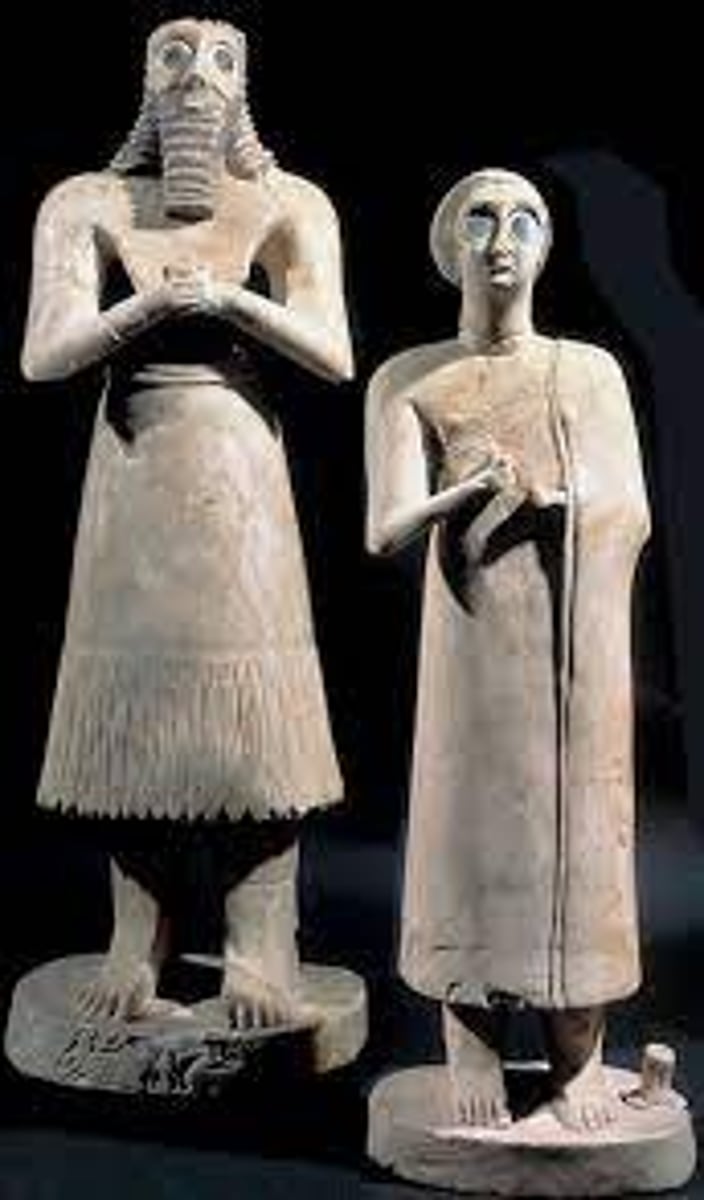
Standard of Ur, Royal Tombs at Ur, Sumerian, 2600-2400 BCE, wood inlaid with shell, lapis lazuli, and red limestone
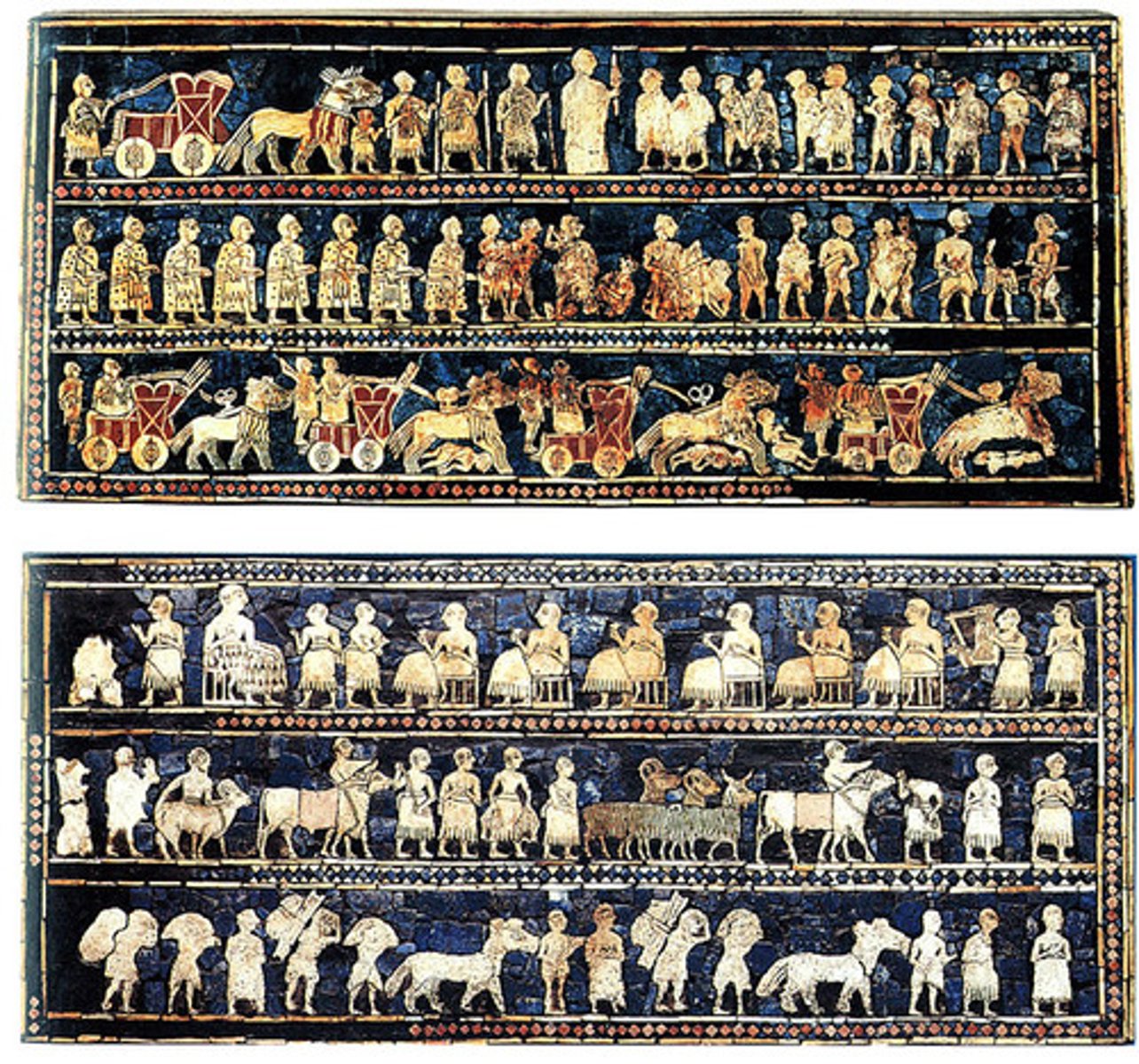
The Code of Hammurabi, Babylonian, 1792-1750 BCE, basalt stele with legal code
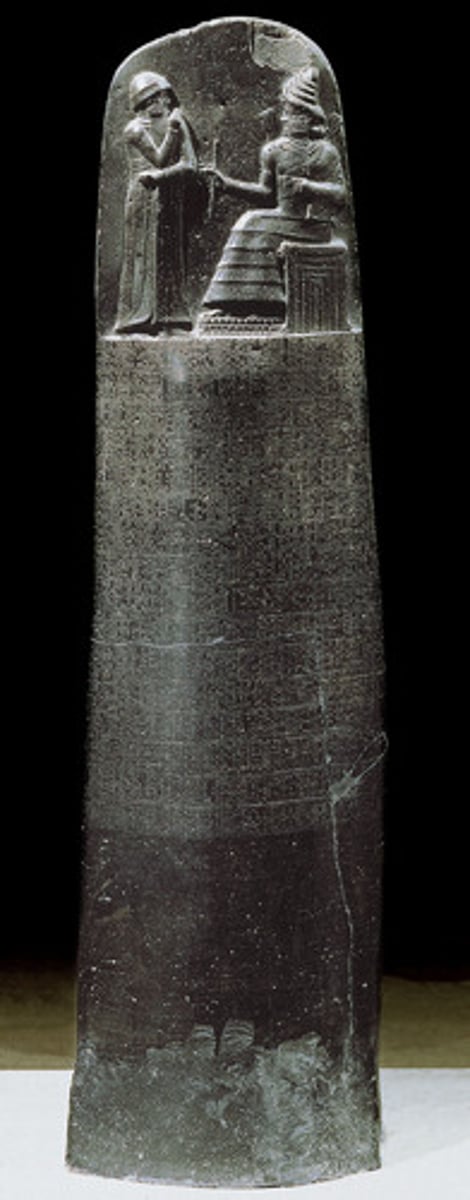
Lamassu, Dur Sharrukin, Neo-Assyrian, 720-705 BCE, alabaster guardian figure
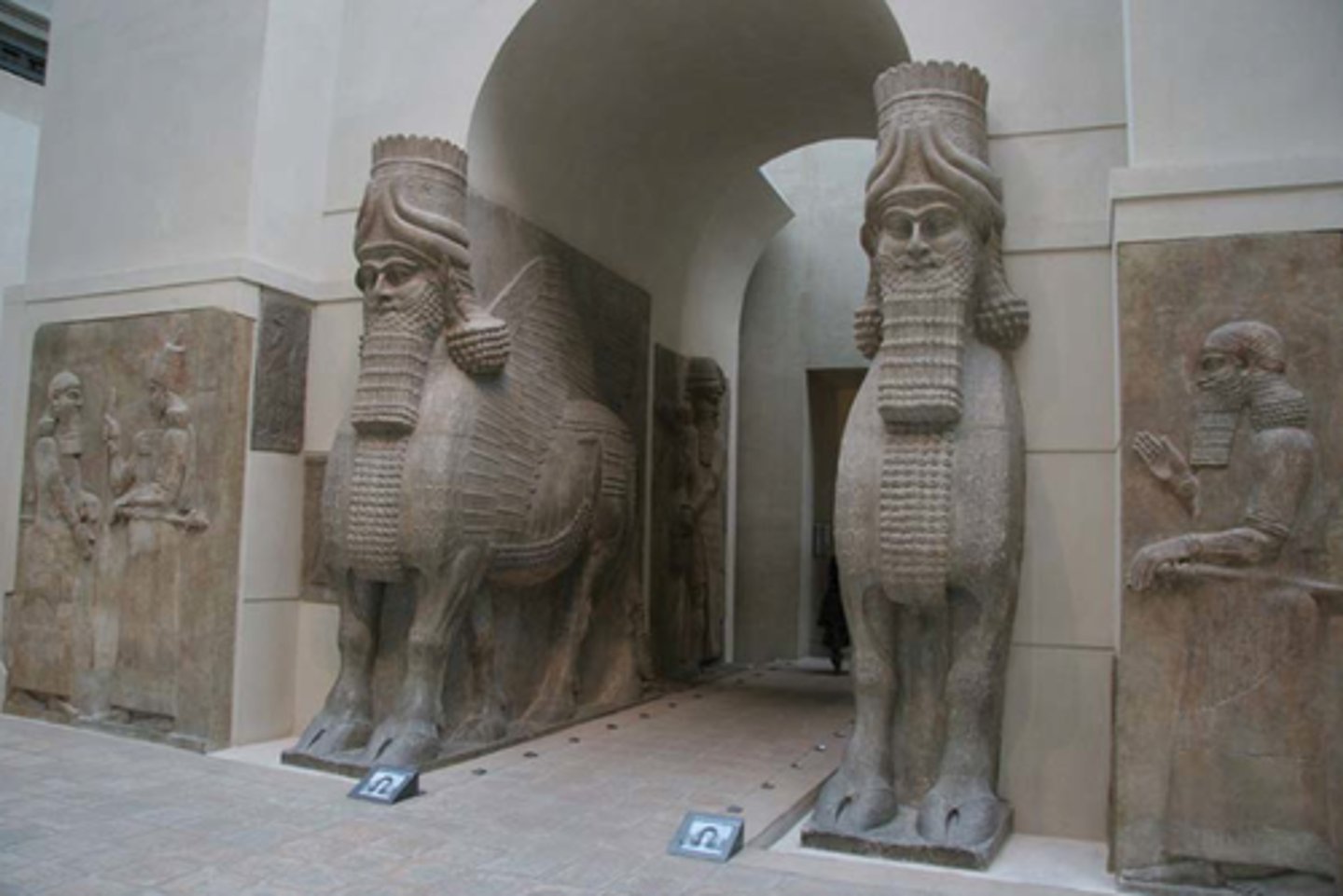
Audience Hall (apadana) of Darius and Xerxes, Persepolis, Persian, 520-465 BCE, limestone architecture
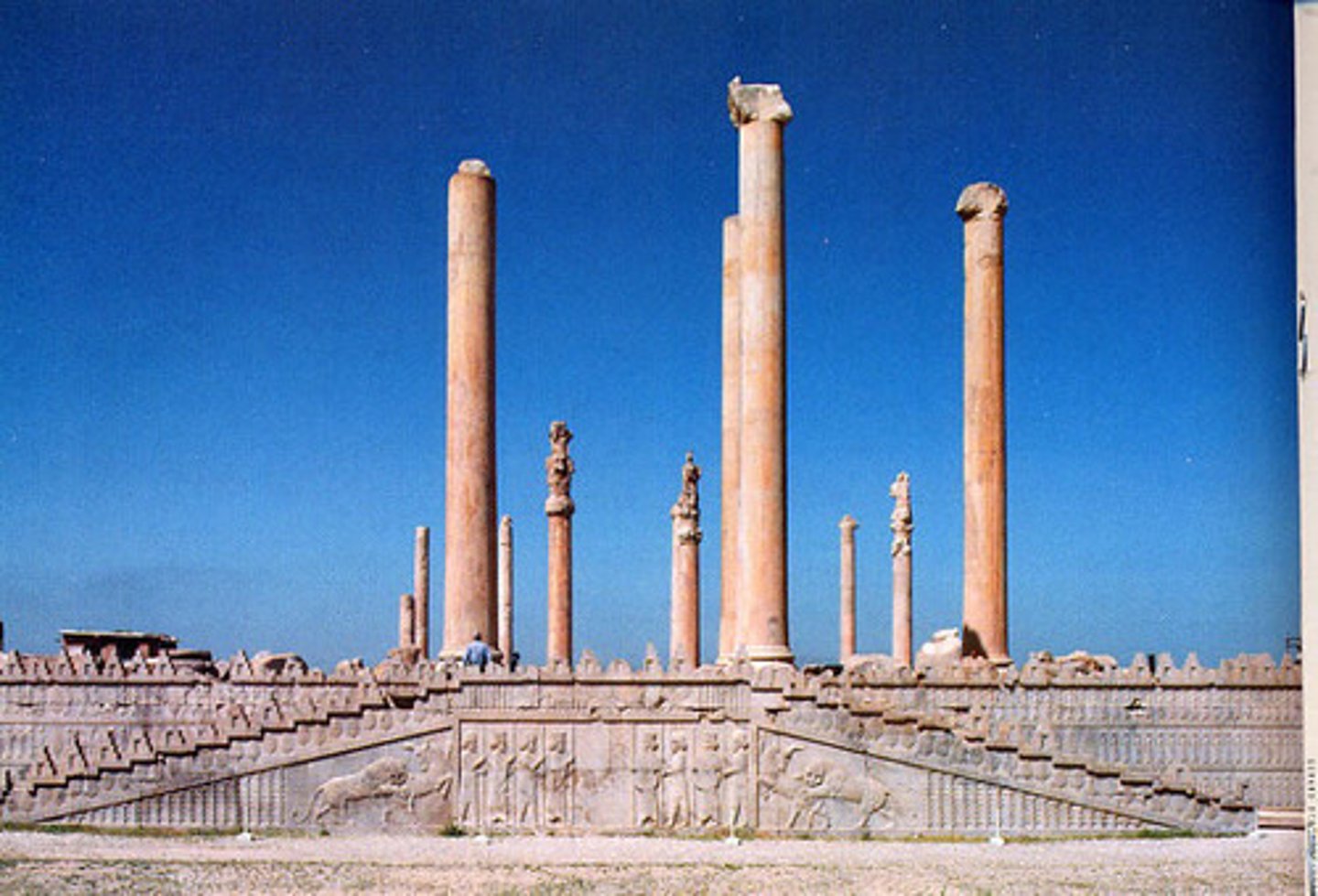
Palette of King Narmer, Predynastic Egypt, 3000-2920 BCE, ceremonial slate palette

Seated Scribe, Saqqara, Egypt, 2620-2500 BCE, painted limestone sculpture

Great Pyramids and Great Sphinx, Giza, Egypt, 2550-2490 BCE, monumental cut limestone structures
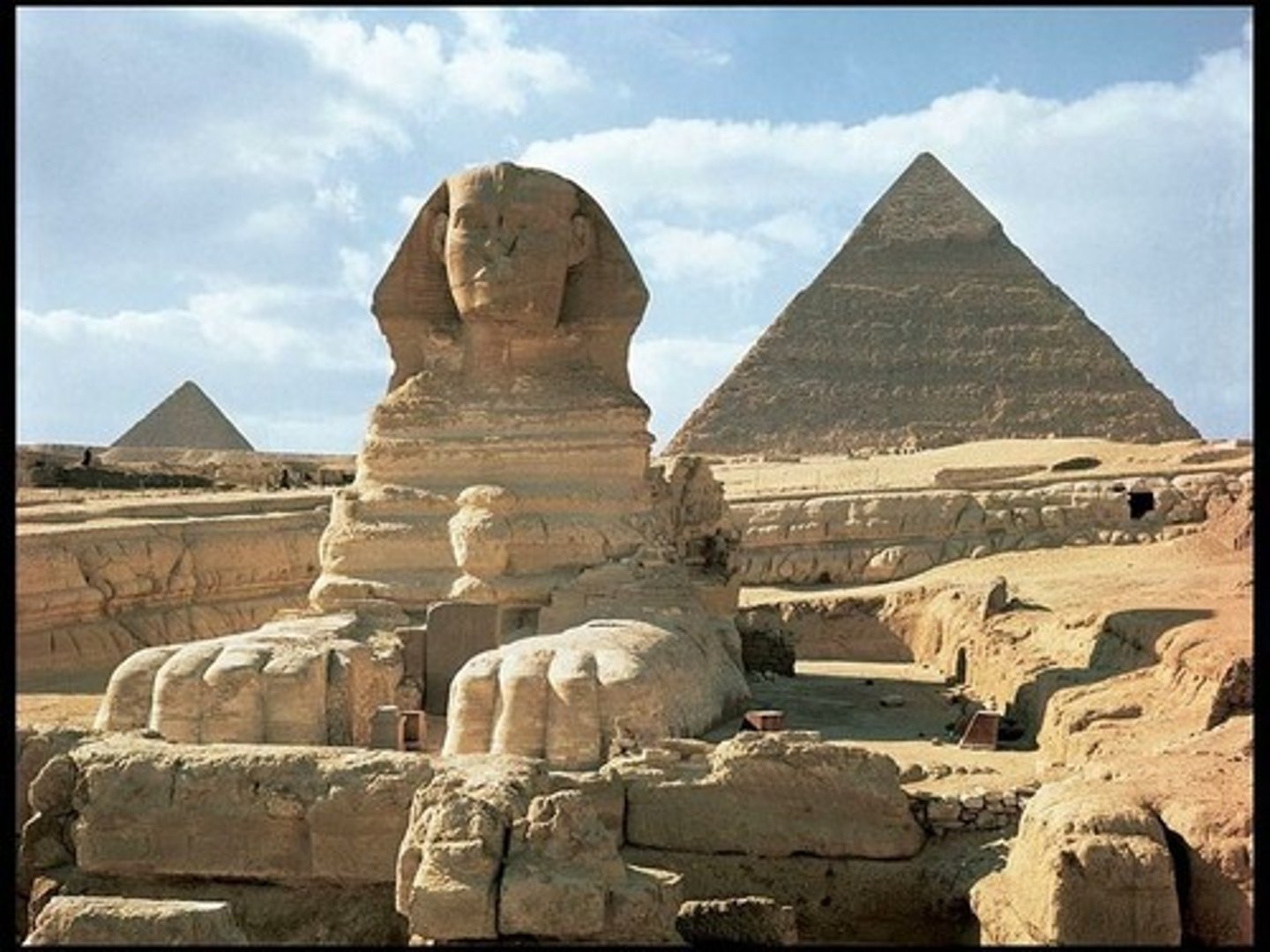
King Menkaura and queen, Giza, Egypt, 2490-2472 BCE, greywacke sculpture
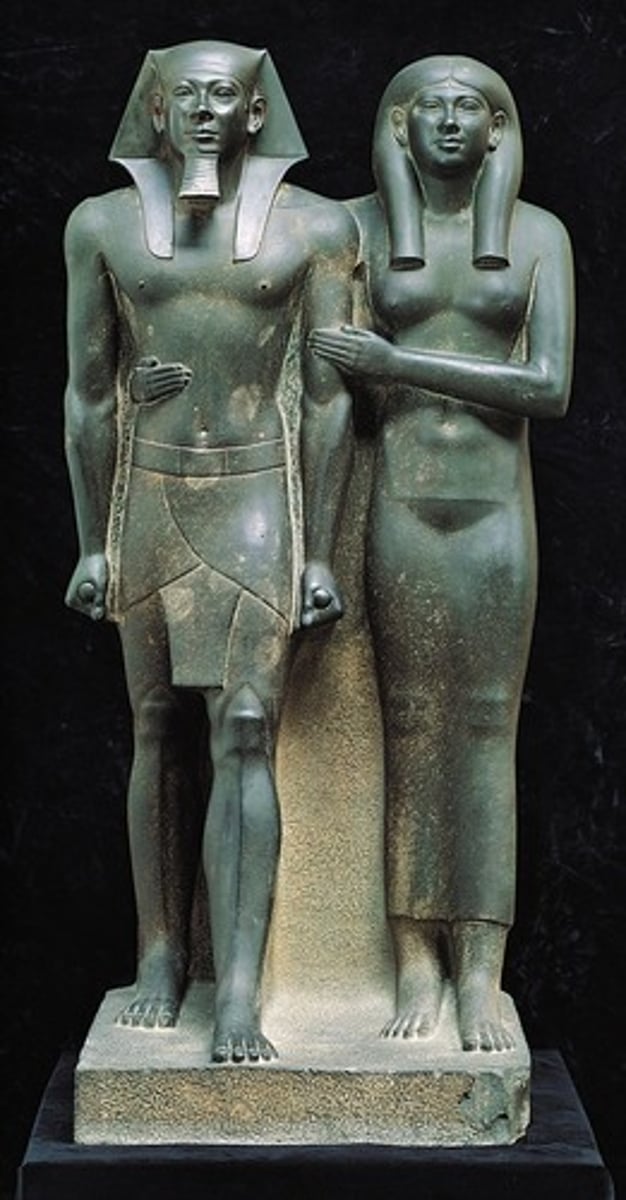
Temple of Amun-Re and Hypostyle Hall, Karnak, Egypt, 1550 BCE (Temple), 1250 BCE (Hall), cut sandstone and mud brick architecture
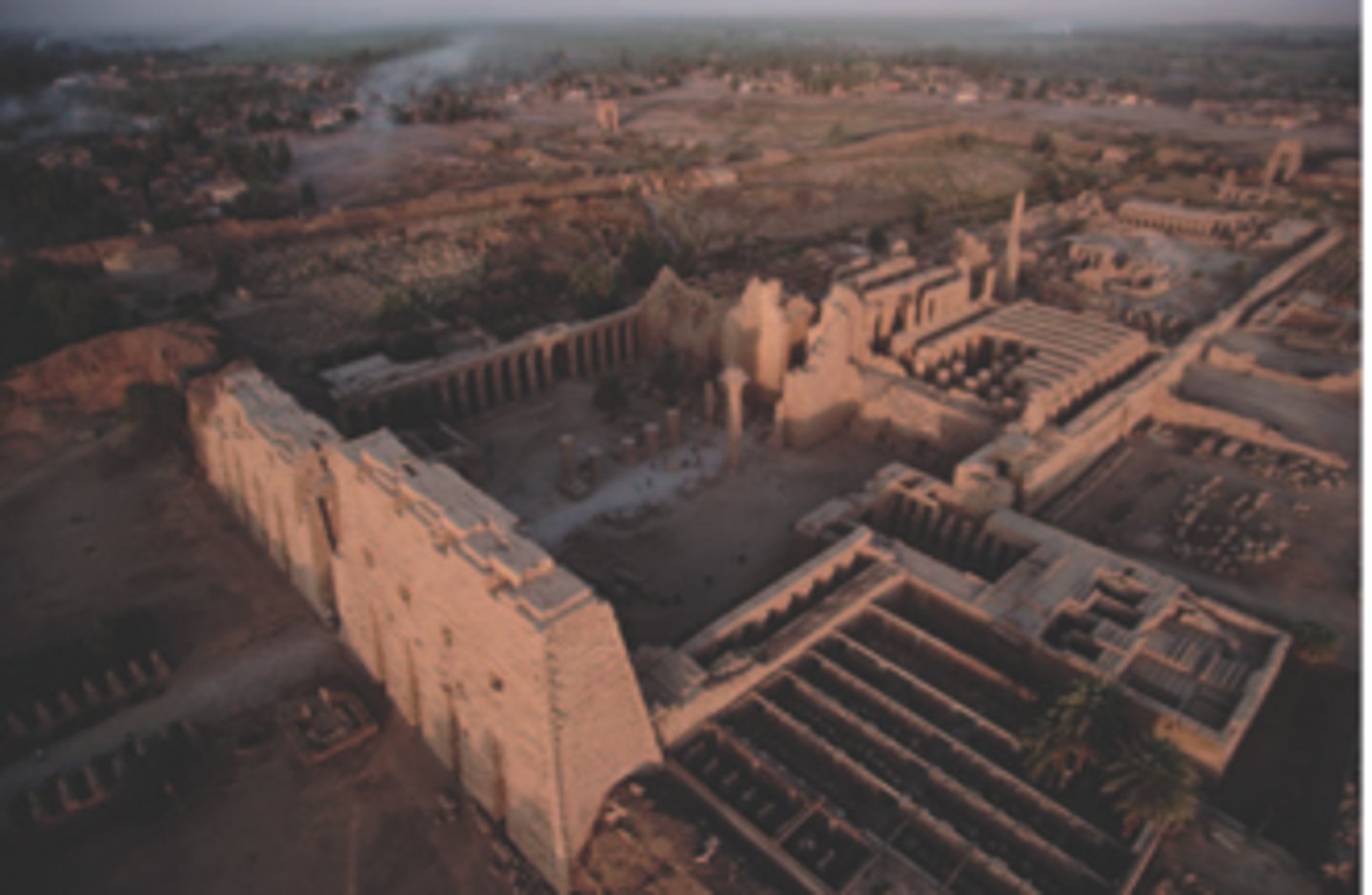
Mortuary temple of Hatshepsut, Near Luxor, Egypt, 1473-1458 BCE, sandstone and red granite architecture
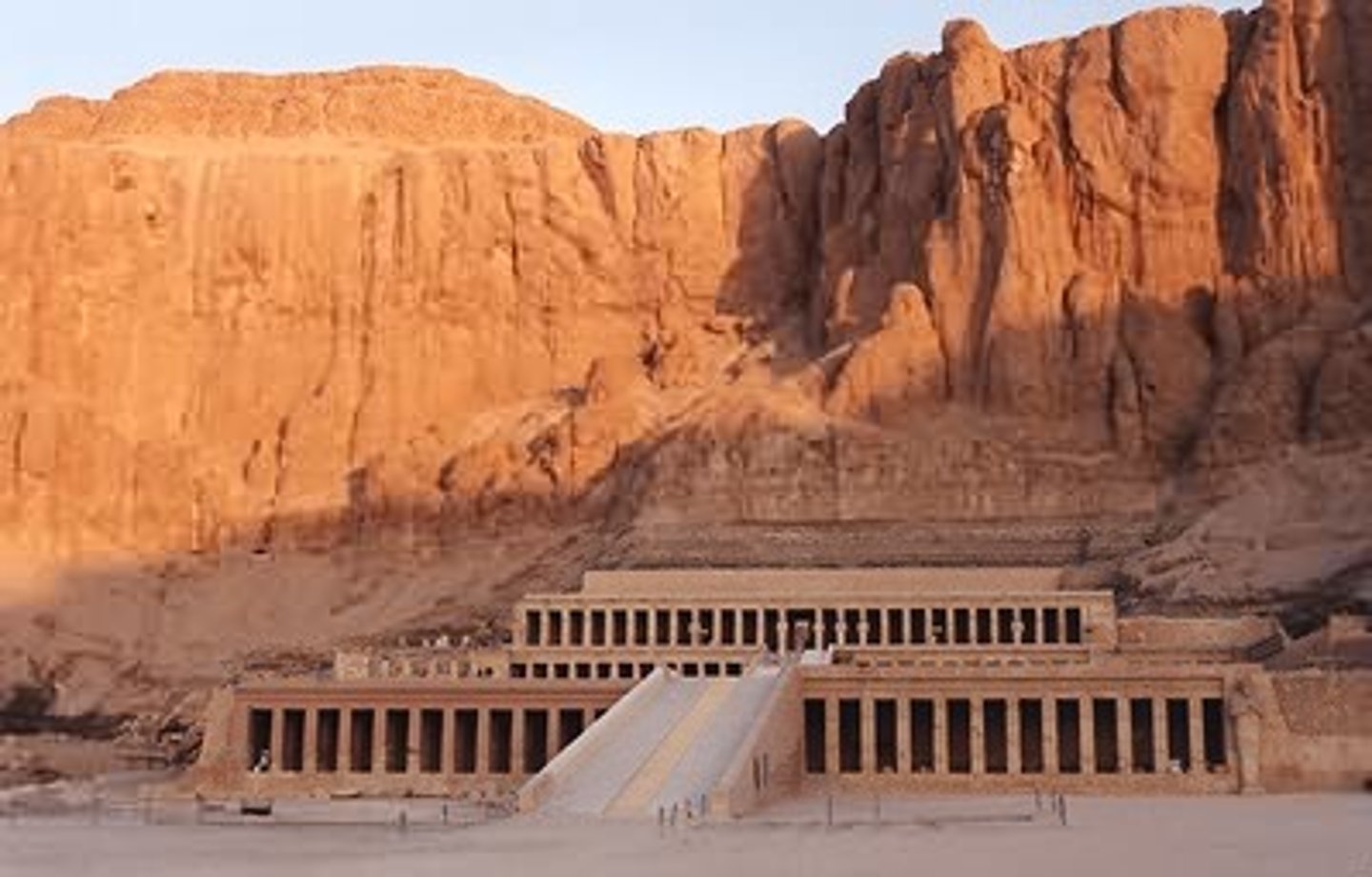
Akhenaton, Nefertiti, and three daughters, Amarna Period, 1353-1335 BCE, limestone relief sculpture

Tutankhamun's tomb, innermost coffin, 18th dynasty, 1323 BCE, gold with inlay of enamel and semiprecious stones
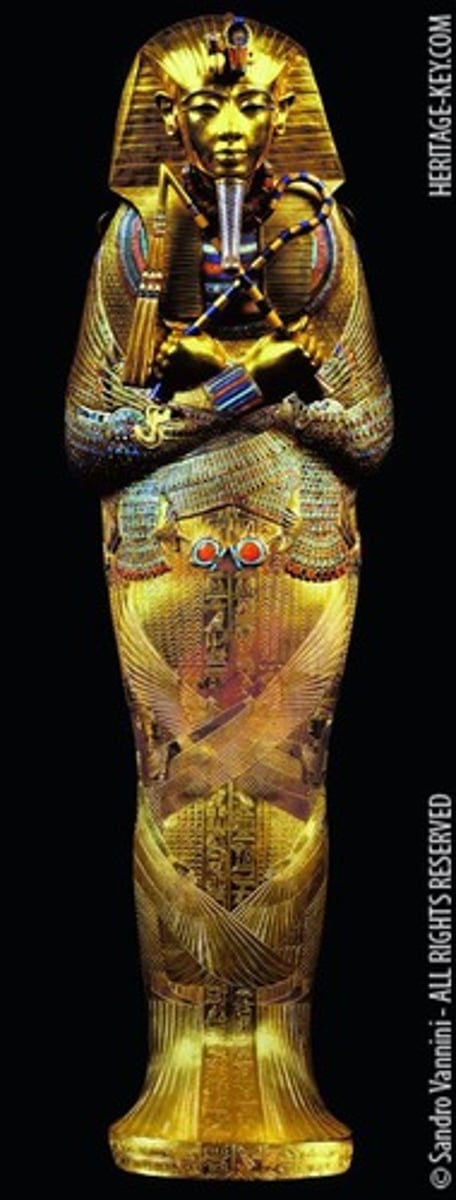
Last judgment of Hu-Nefer, New Kingdom, 1275 BCE, painted papyrus scroll from the Book of the Dead
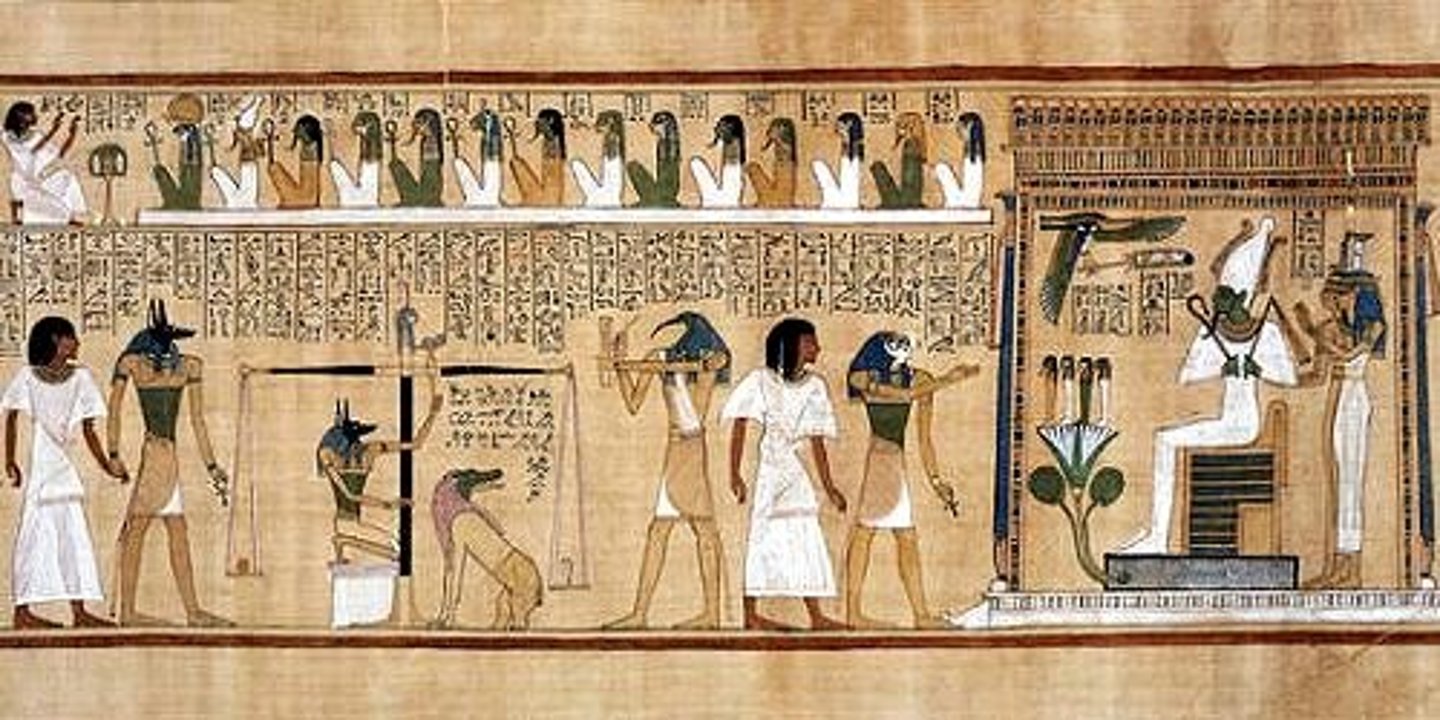
Athenian agora, Archaic through Hellenistic Greek, 600 BCE-150 CE, architectural plan
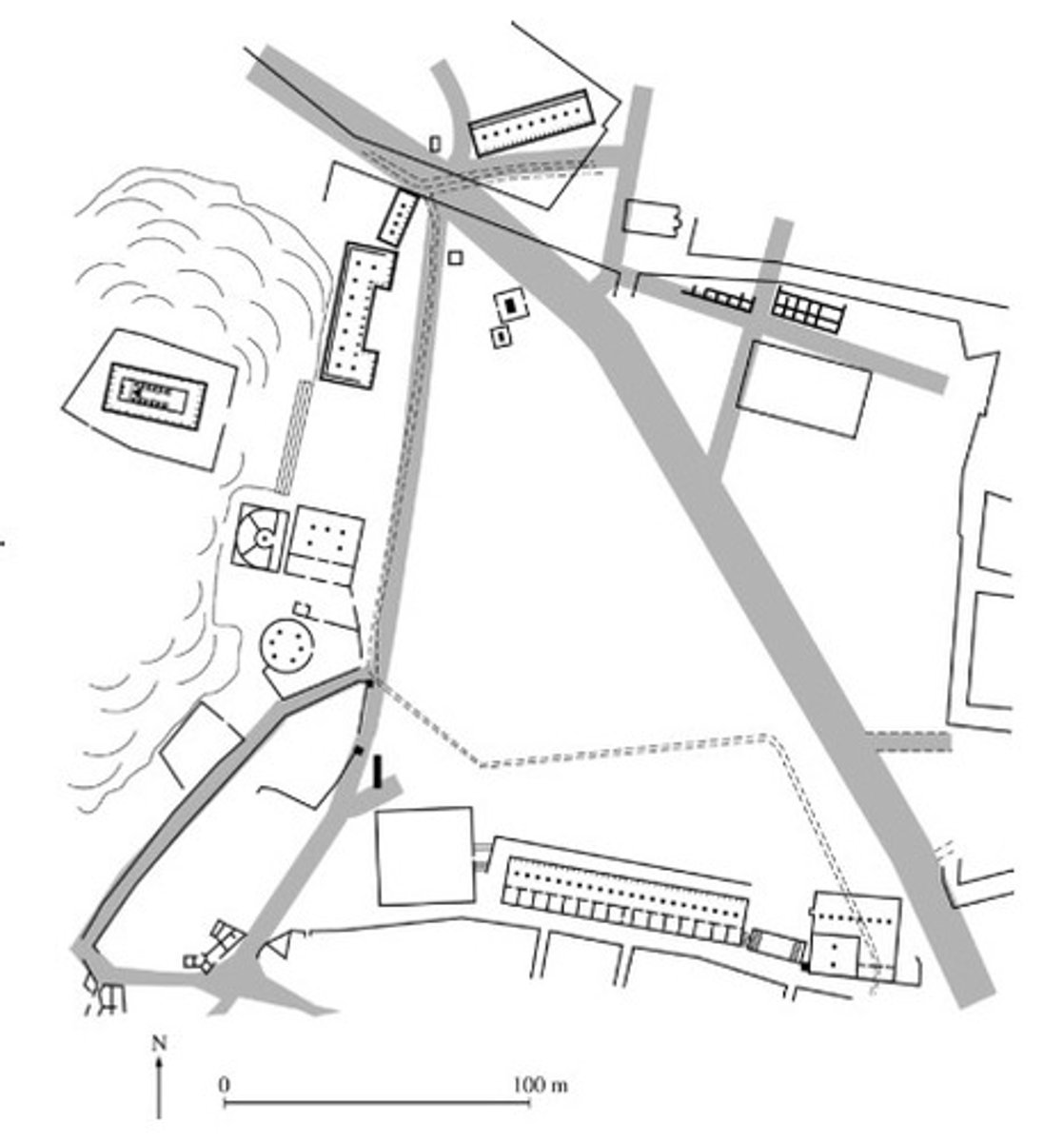
Anavysos Kouros, Archaic Greek, 530 BCE, marble statue with remnants of paint

Peplos Kore from the Acropolis, Archaic Greek, 530 BCE, painted marble statue
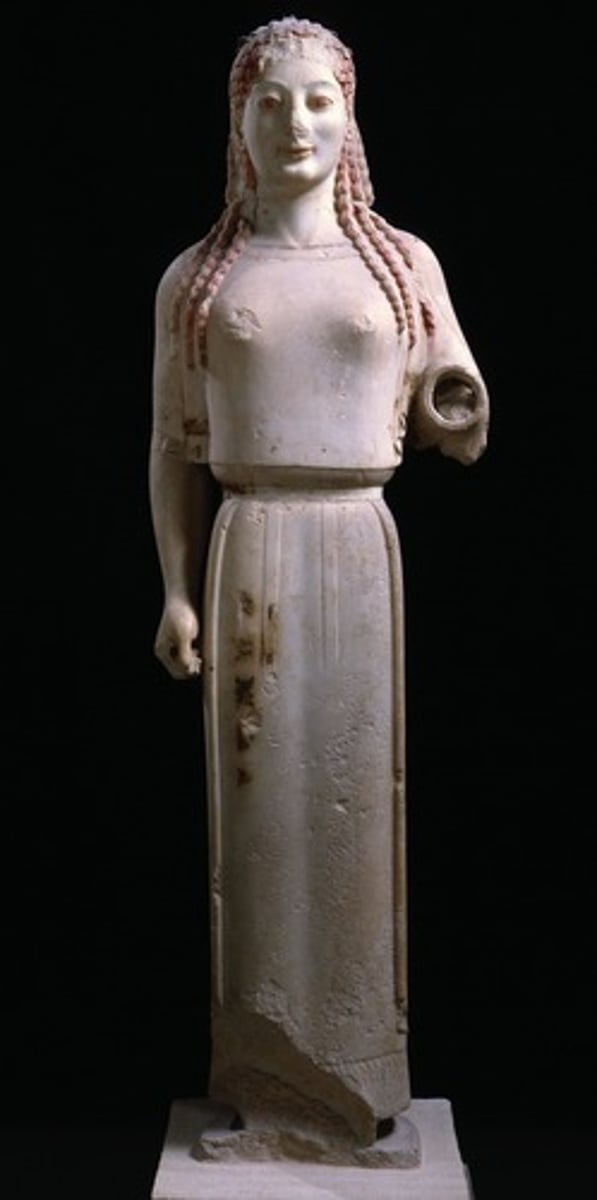
Doryphoros, Polykleitos, original 450-440 BCE, Roman copy (marble) of Classical Greek bronze statue

Seated Boxer, Hellenistic Greek, 100 BCE, bronze statue
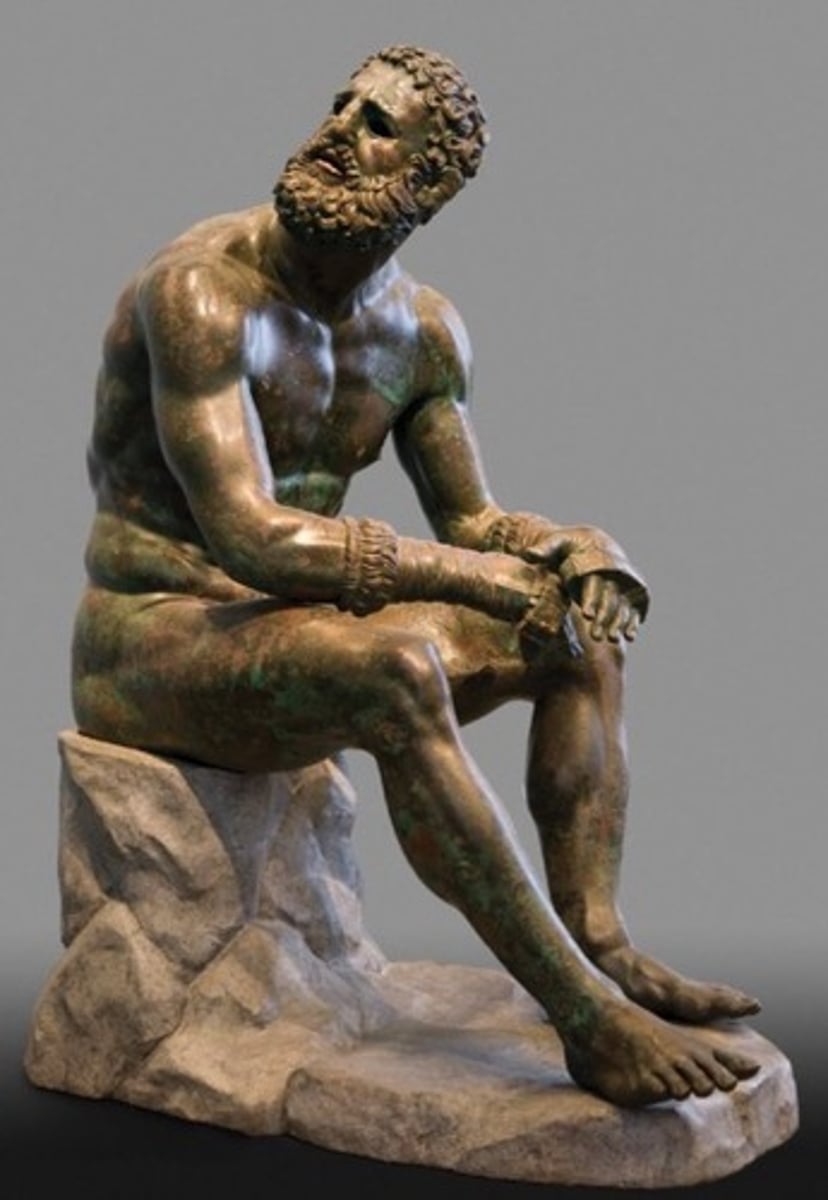
Acropolis, Athens, Greece, Iktinos and Kallikates, 447-410 BCE, marble architecture
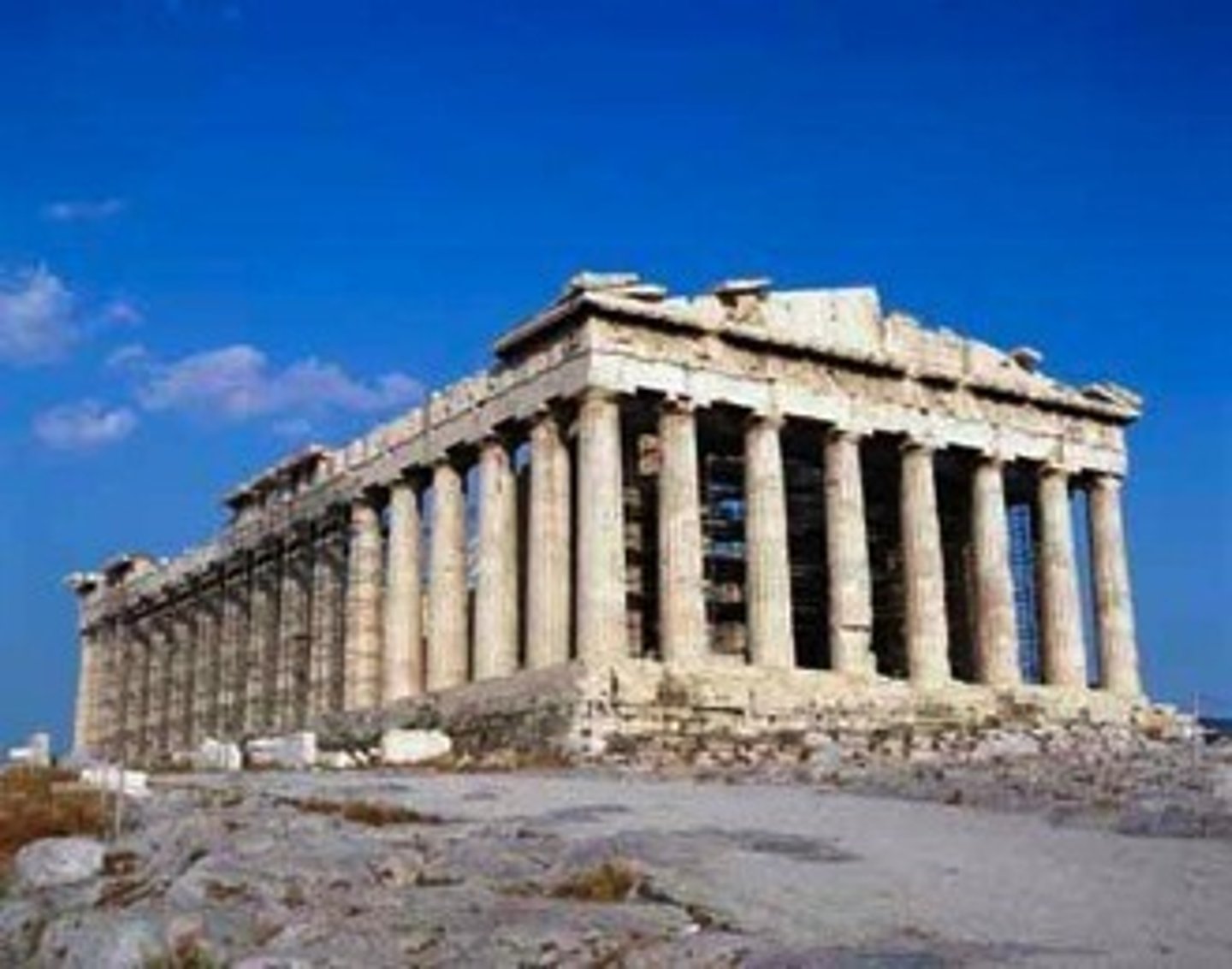
Grave stele of Hegeso, Attributed to Kallimachos, 410 BCE, marble and paint relief sculpture

Winged Victory of Samothrace, Hellenistic Greek, 190 BCE, marble sculpture
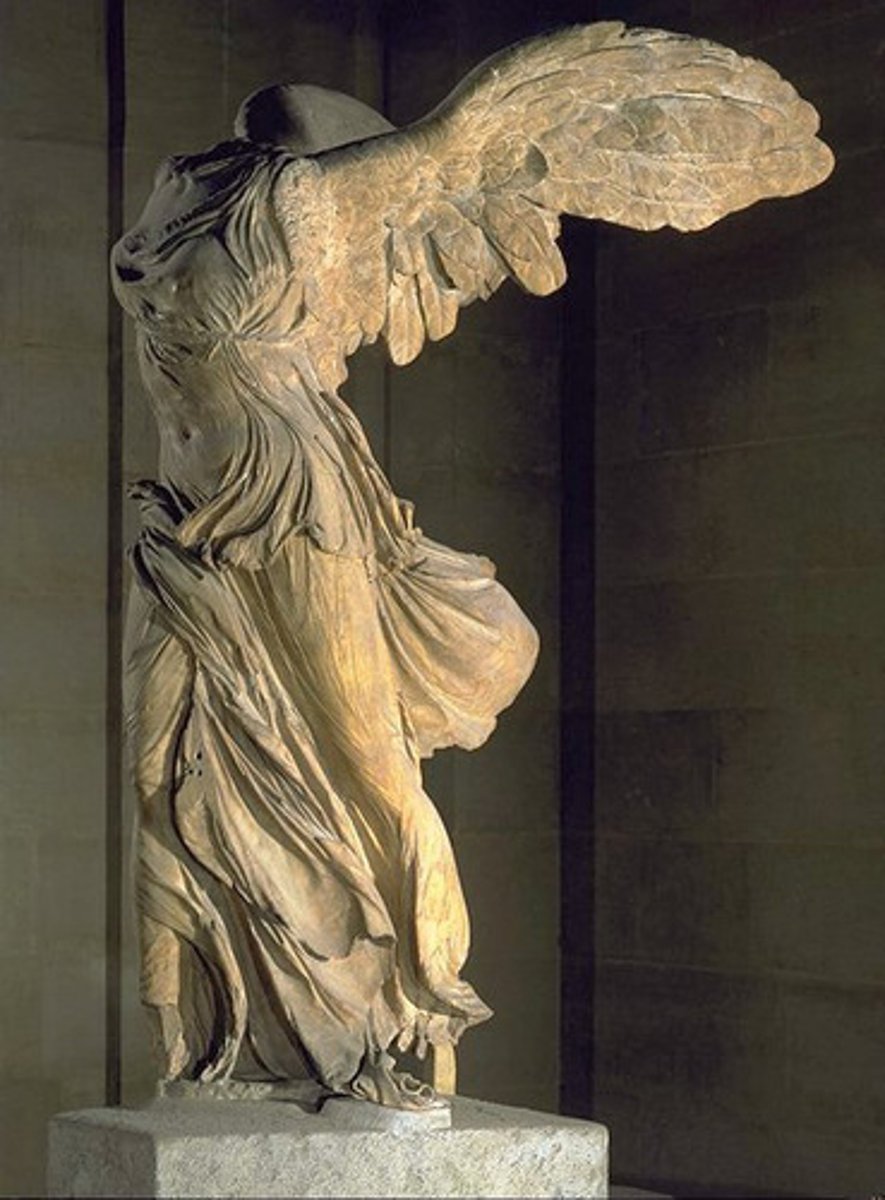
Great Altar of Zeus and Athena at Pergamon, Asia Minor (Turkey), Hellenistic Greek, 175 BCE, marble architecture
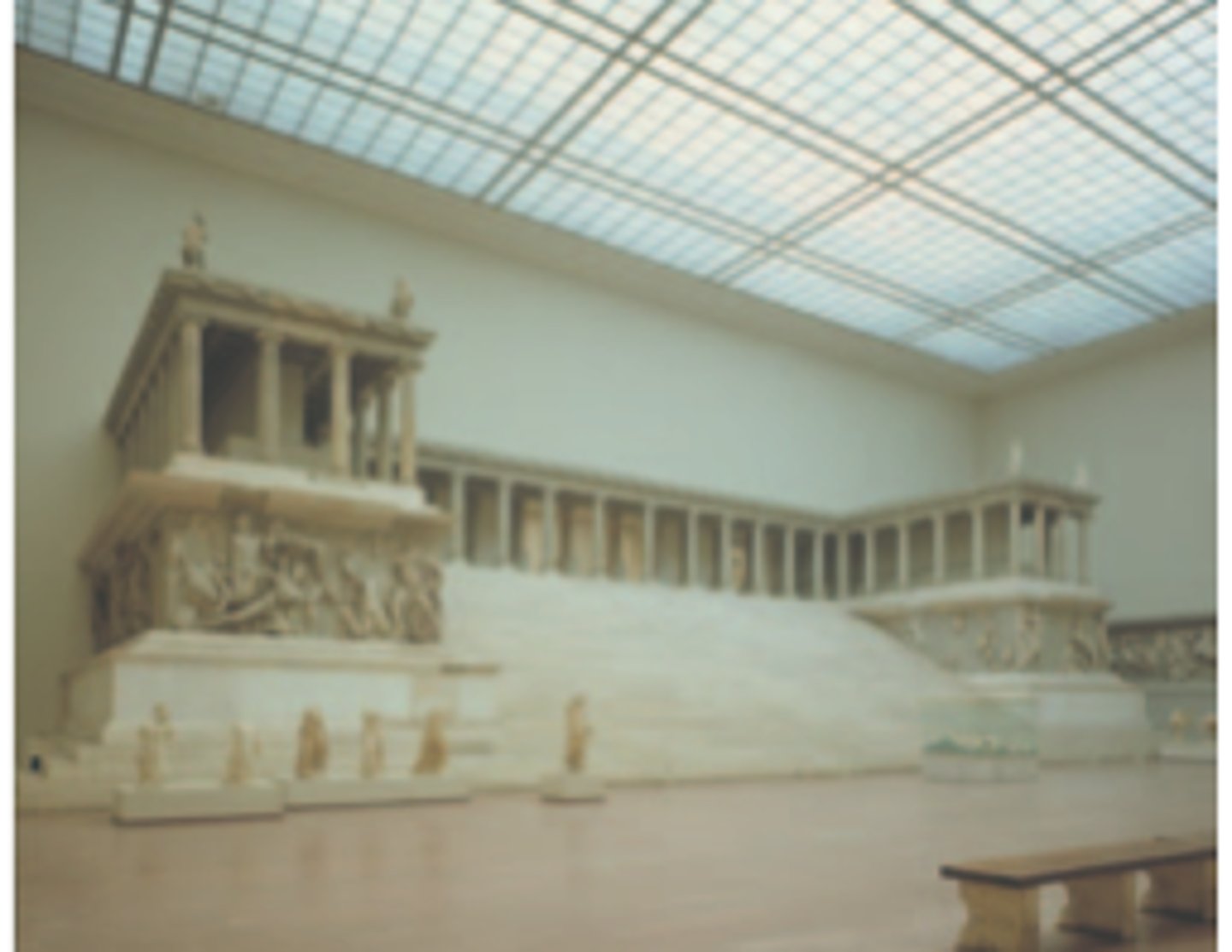
Niobides Krater, Anonymous vase painter of Classical Greece known as the Niobid Painter, 460-450 BCE, red-figure clay vase
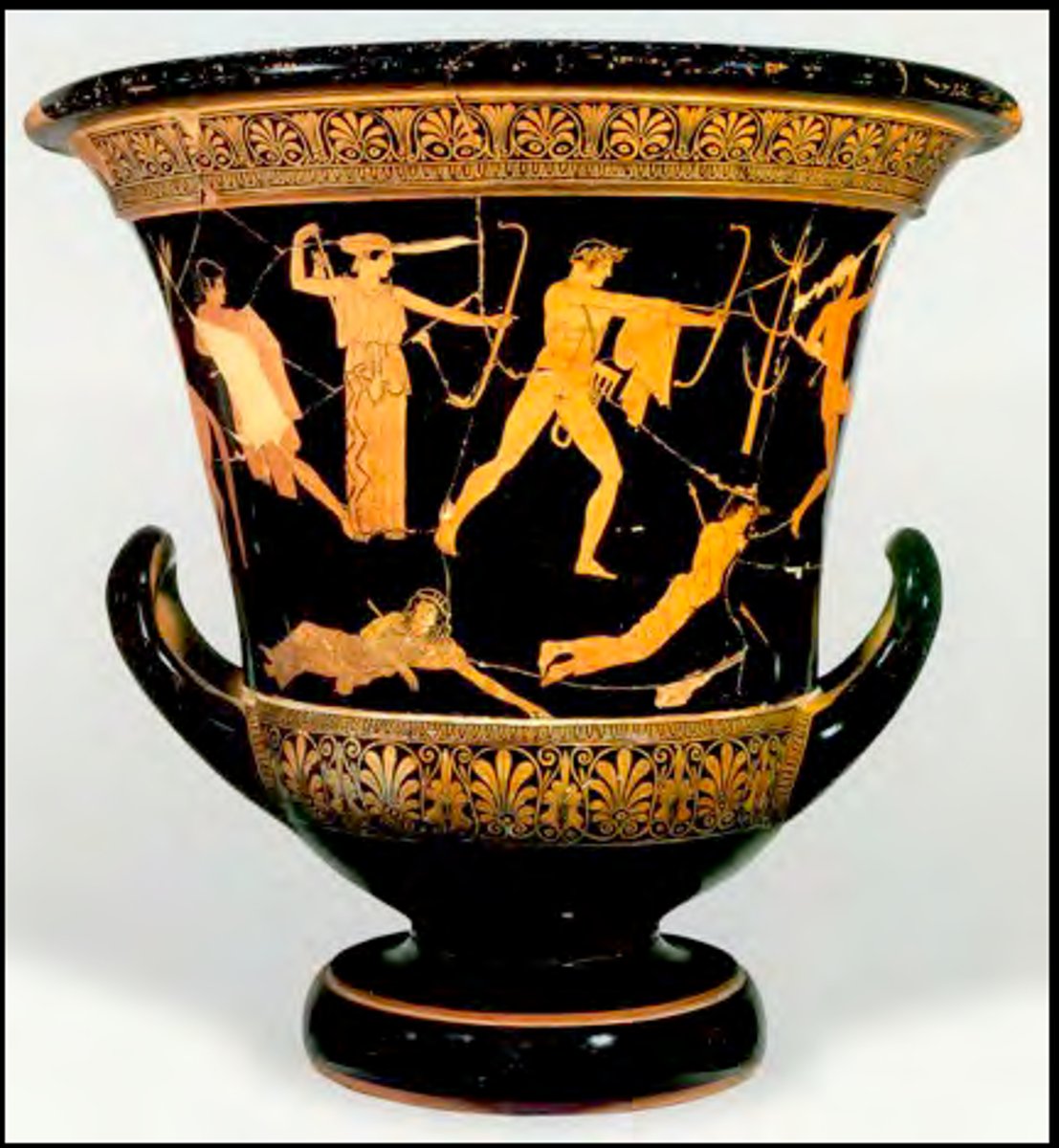
Sarcophagus of the Spouses, Etruscan, 520 BCE, terra cotta funerary artifact

Temple of Minerva and sculpture of Apollo, Etruscan, Veii, Italy, master sculptor Vulca, 510-500 BCE, terra cotta sculpture and wooden temple

Tomb of the Triclinium, Tarquinia, Italy, Etruscan, 490-470 BCE, tufa tomb and fresco
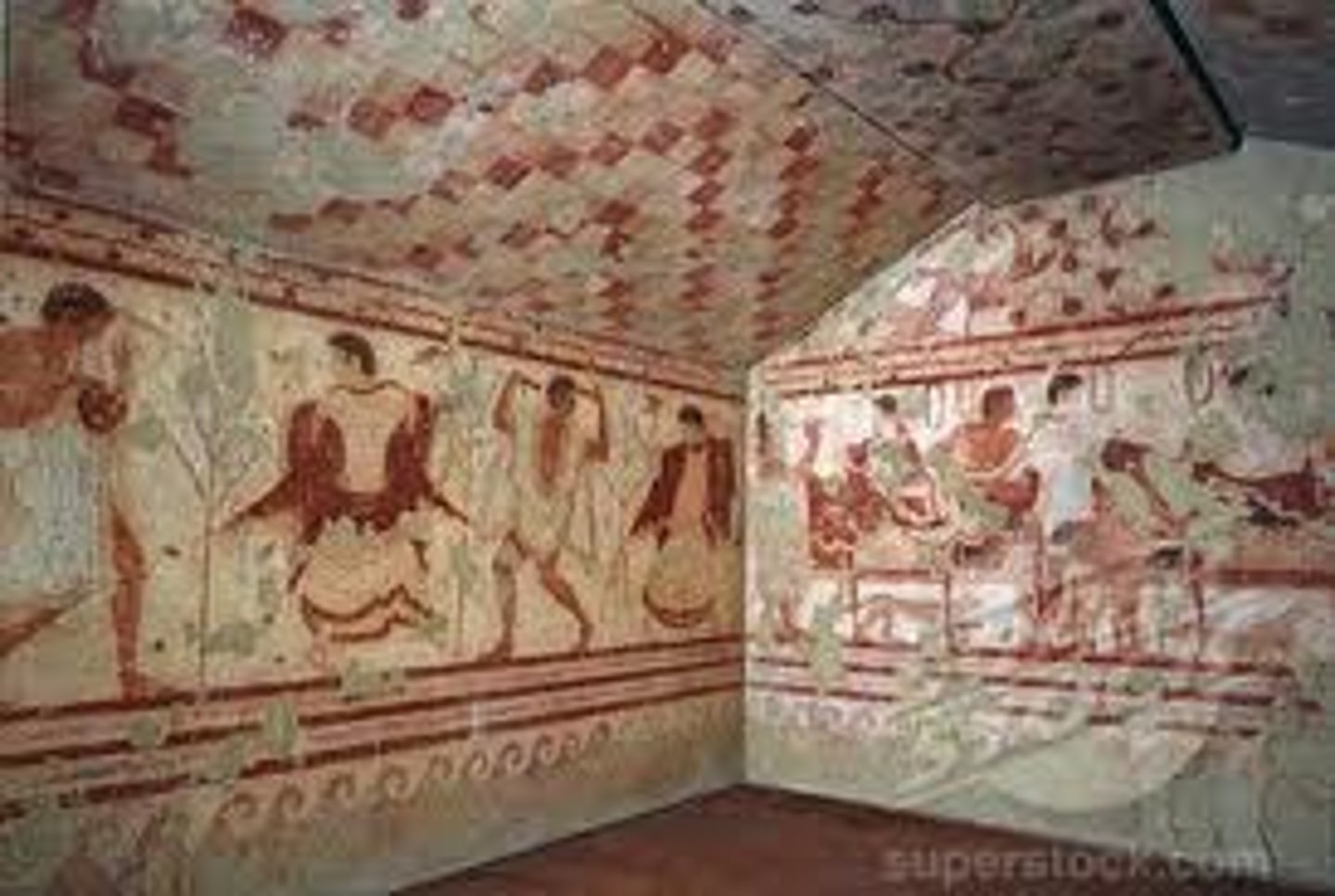
Petra, Petra, Jordan: Treasury and Great Temple, Nabataean Ptolmaic and Roman, 400 BCE-100 CE, cut rock architecture
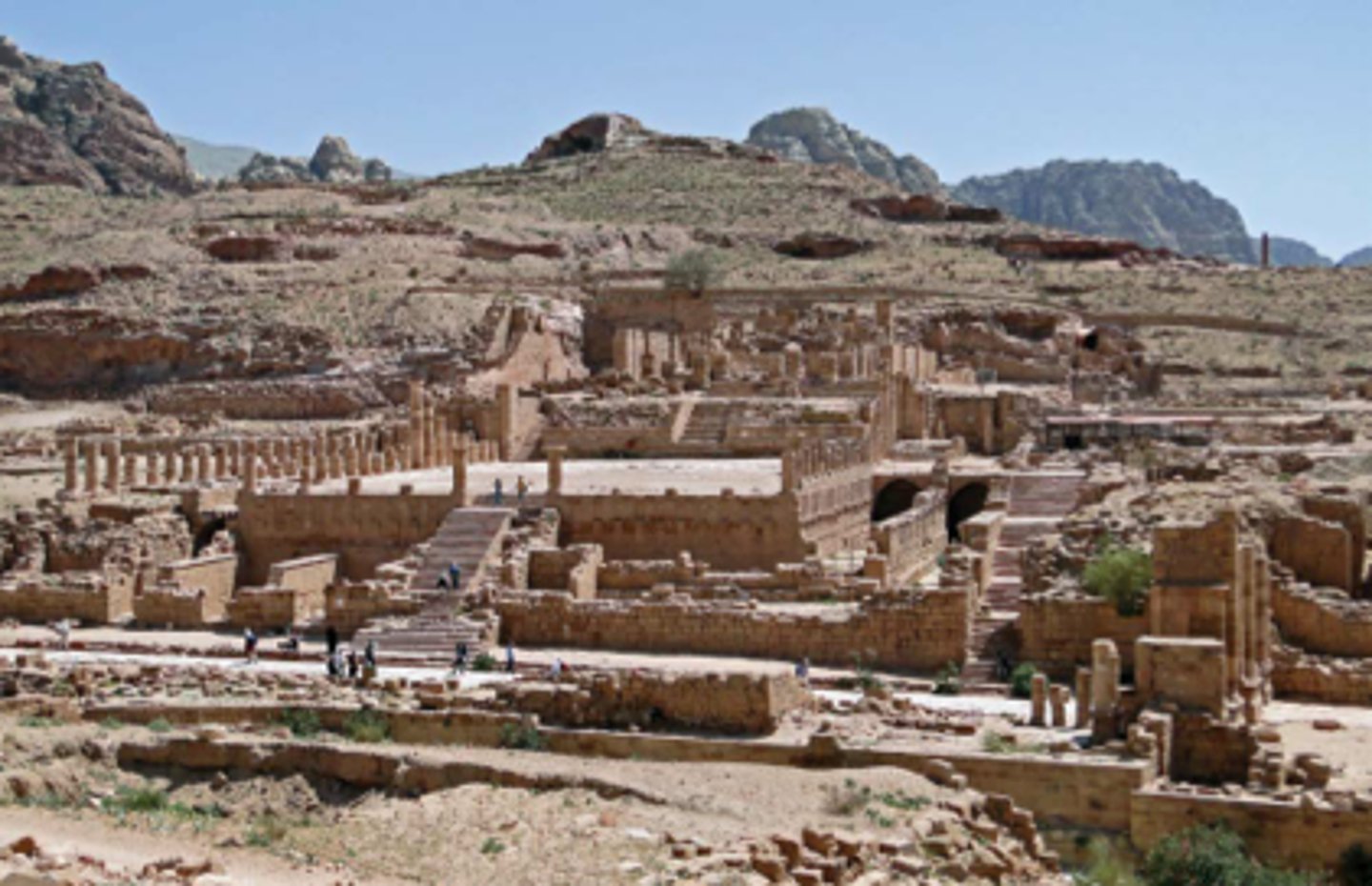
House of the Vettii, Pompeii, Italy, Imperial Roman, 2nd cent. BCE; rebuilt 62-79 CE, cut stone and fresco architecture
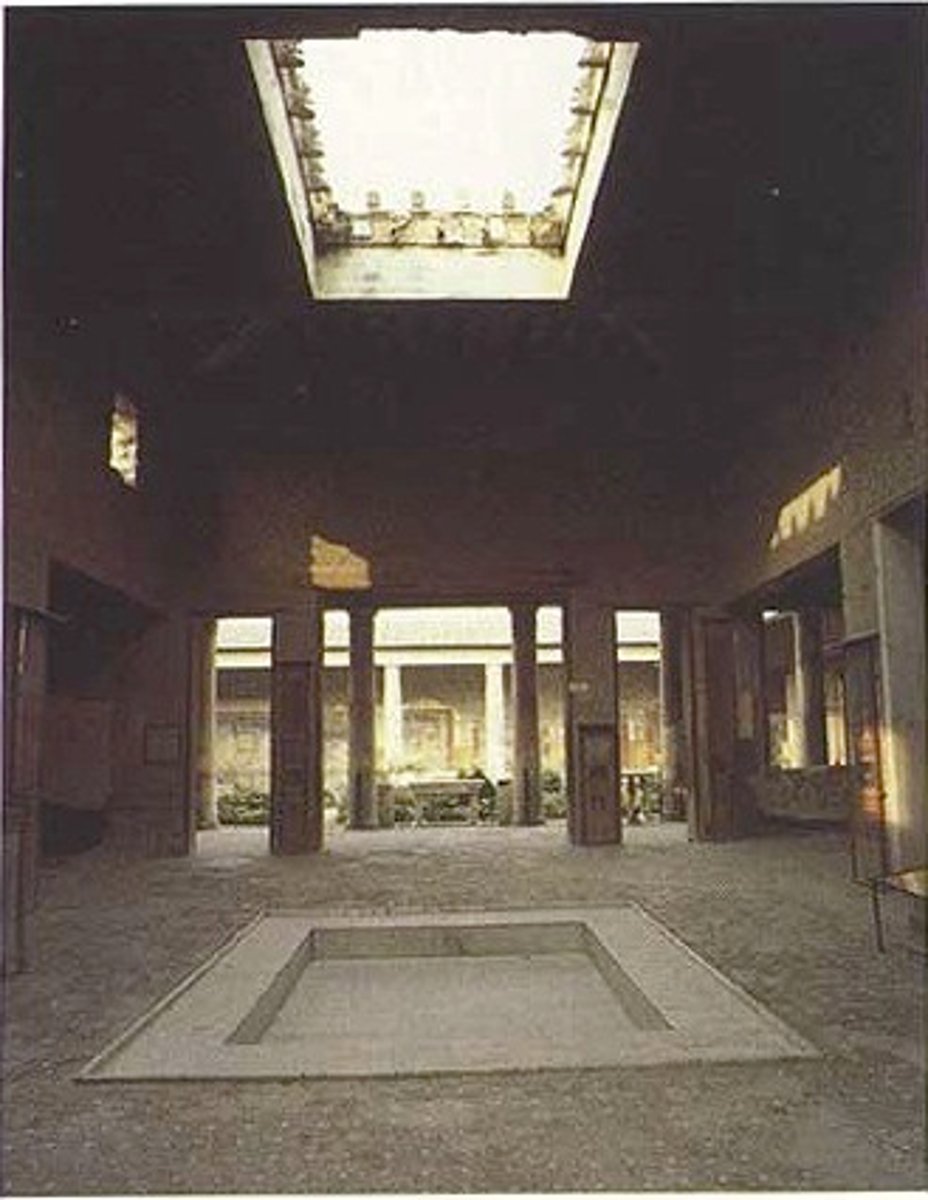
Alexander Mosaic from the House of Faun, Pompeii, Republican Roman, 100 BCE, mosaic artwork
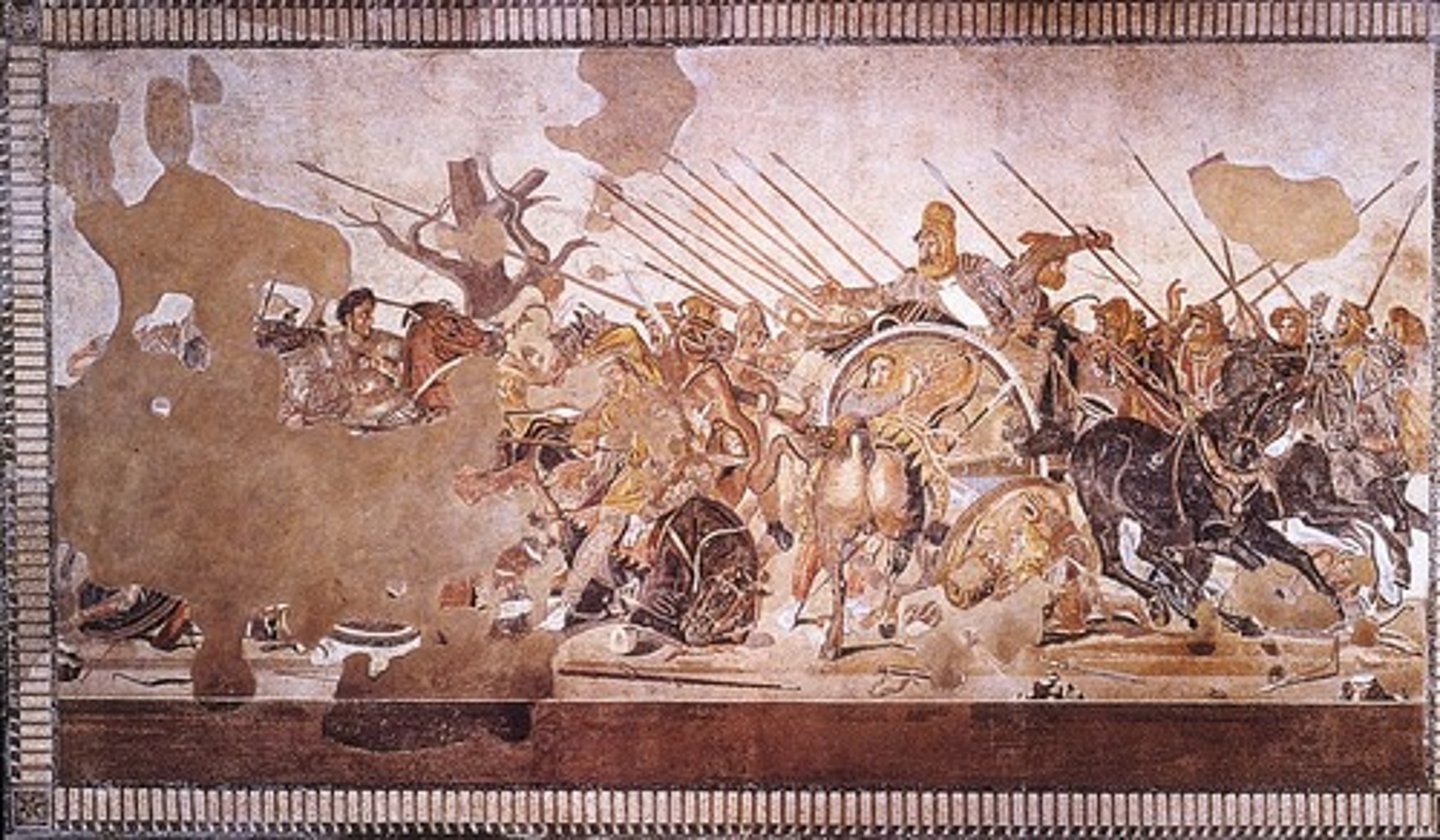
Head of a Roman patrician, Republican Roman, 75-50 BCE, marble sculpture

Augustus of Prima Porta, Imperial Roman, early 1st cent., marble sculpture
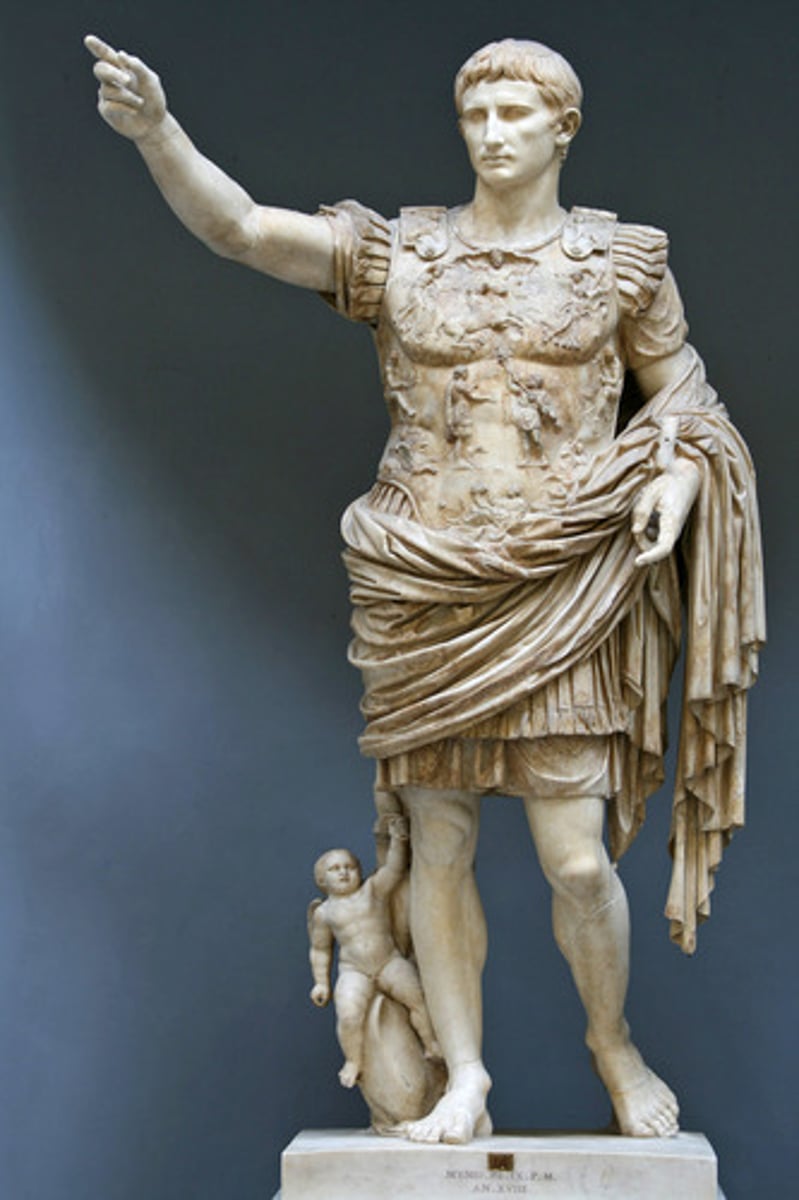
Colosseum (Flavian Amphitheater), Rome, Italy, Imperial Roman, 70-80 CE, stone and concrete amphitheater

Forum of TrajanRome, Italy, Apollodorus of Damascus, 106-12 CE (Forum and markets), column completed 113 CE, brick and concrete architecture, marble column

Pantheon, Imperial Rome, 118-125 CE, Rome, Italy, concrete with stone facing architecture

Ludovisi Battle Sarcophagus, Late Imperial Roman, 250 CE, marble sarcophagus
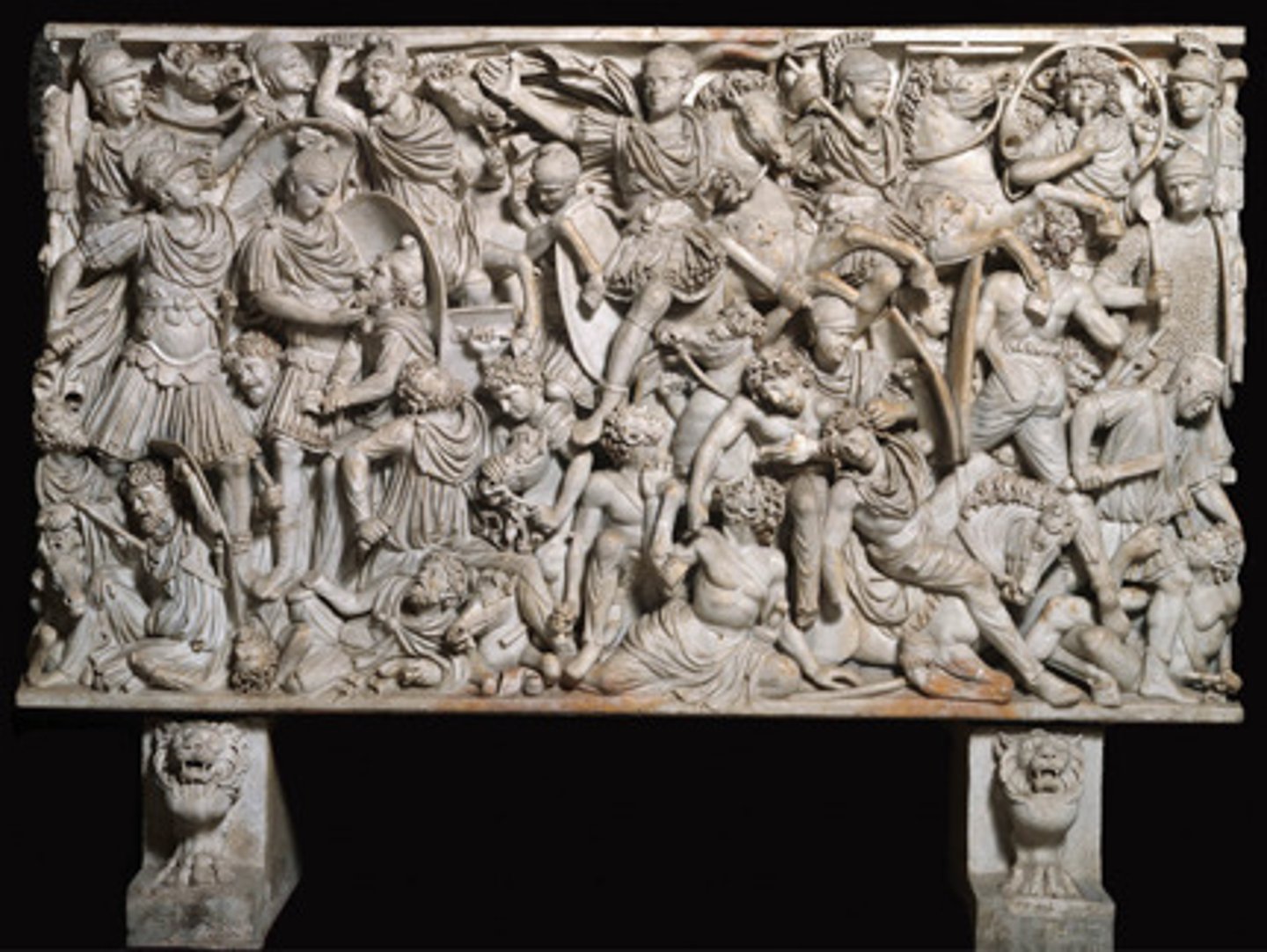
Catacomb of Priscilla, Rome, Italy, Late Antique Europe, 200-400 CE, excavated tufa and fresco
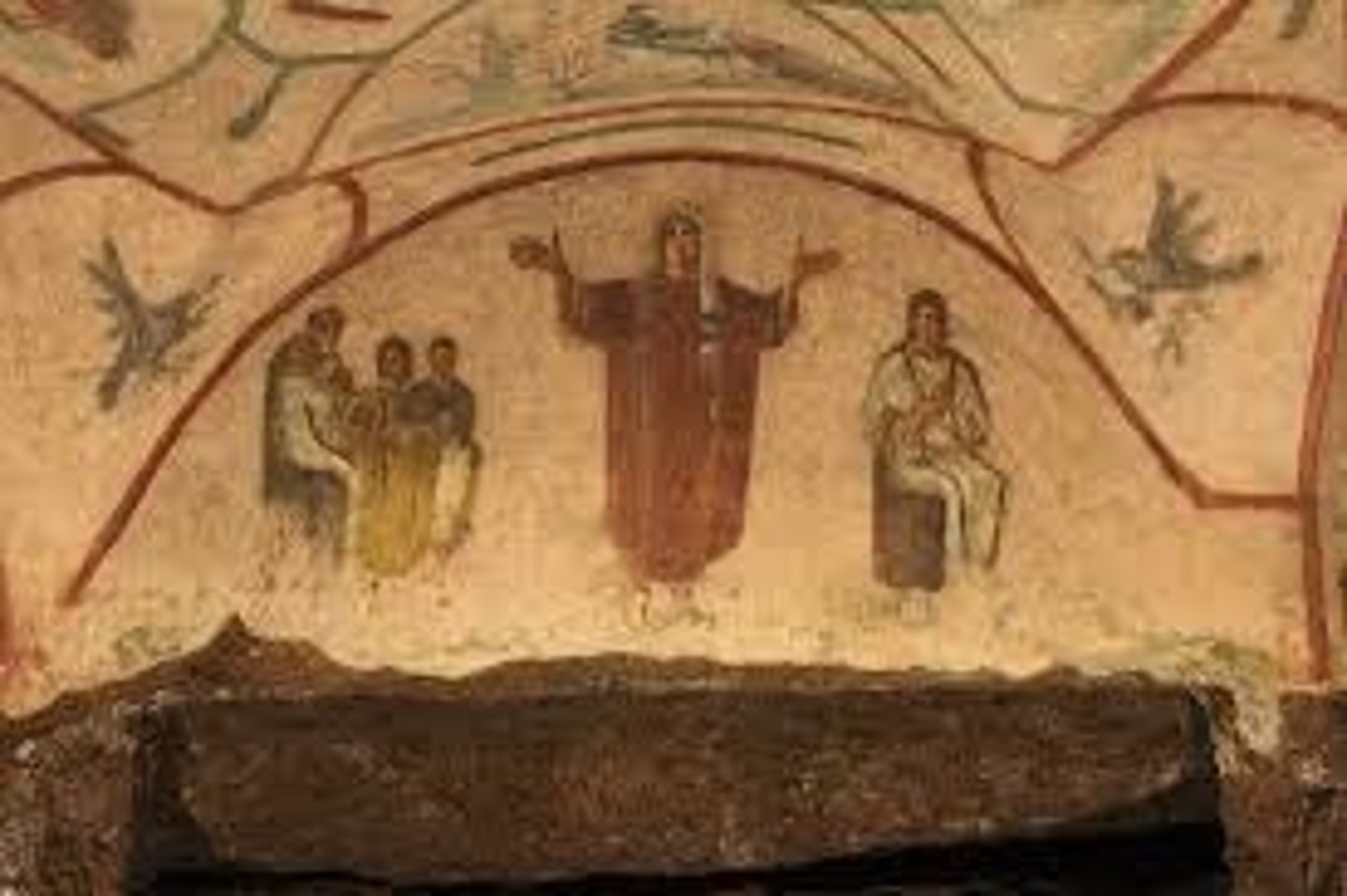
Santa Sabina, Rome, Italy, Late Antique Europe, c. 422-432 CE, brick and stone, wooden roof architecture
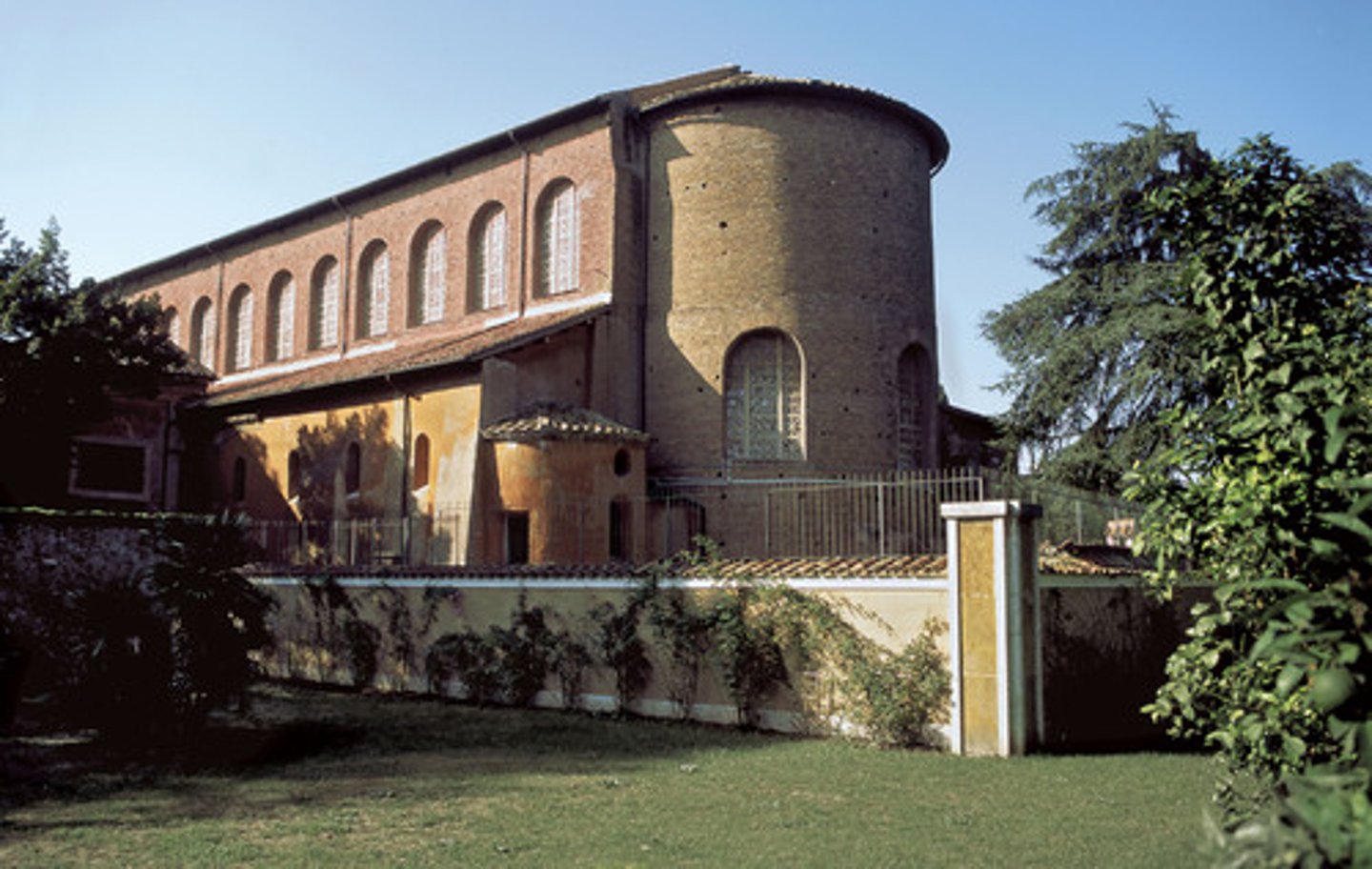
Rebecca and Elizer at the Well and Jacob Wrestling the Angel, Vienna Genesis, Early Byzantine Europe, early 6th CE, illuminated manuscript
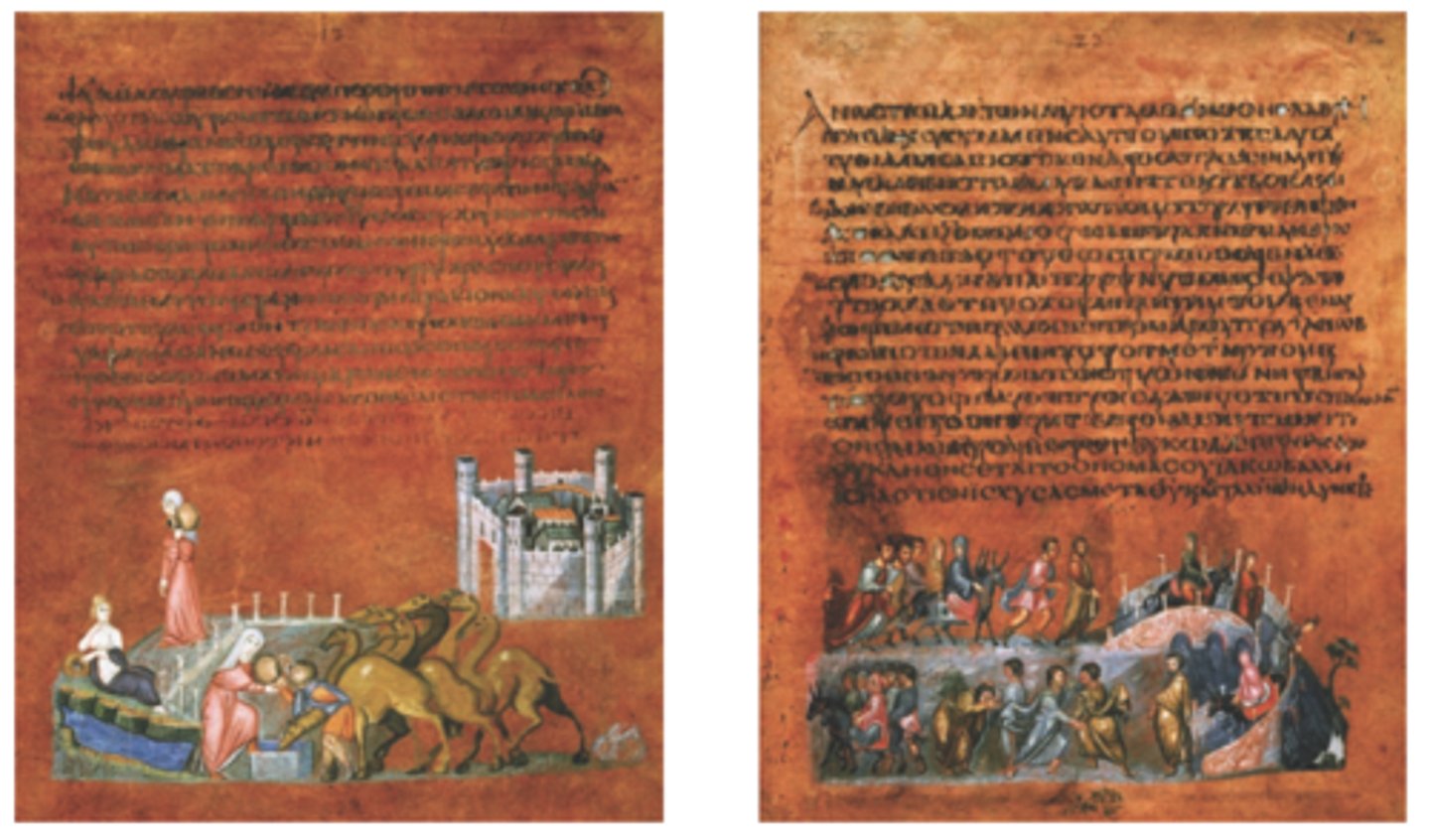
San Vitale, Ravenna, Italy, Early Byzantine Europe, 526-547 CE, brick, marble, and stone veneer, mosaic architecture
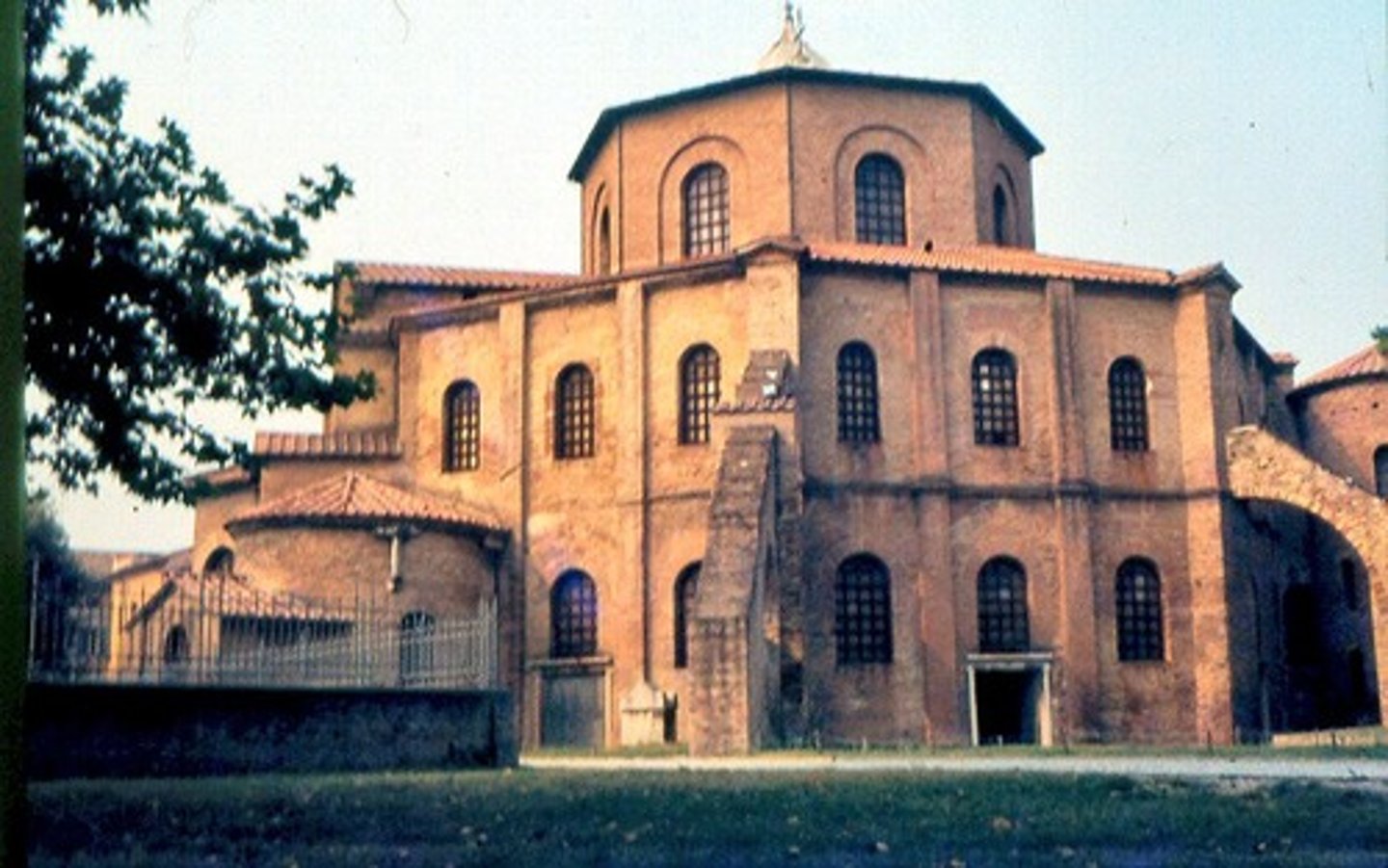
Hagia Sophia, Constantinople (Istanbul), Early Byzantine Europe, 532-537 CE, brick and ceramic elements with stone and mosaic veneer architecture
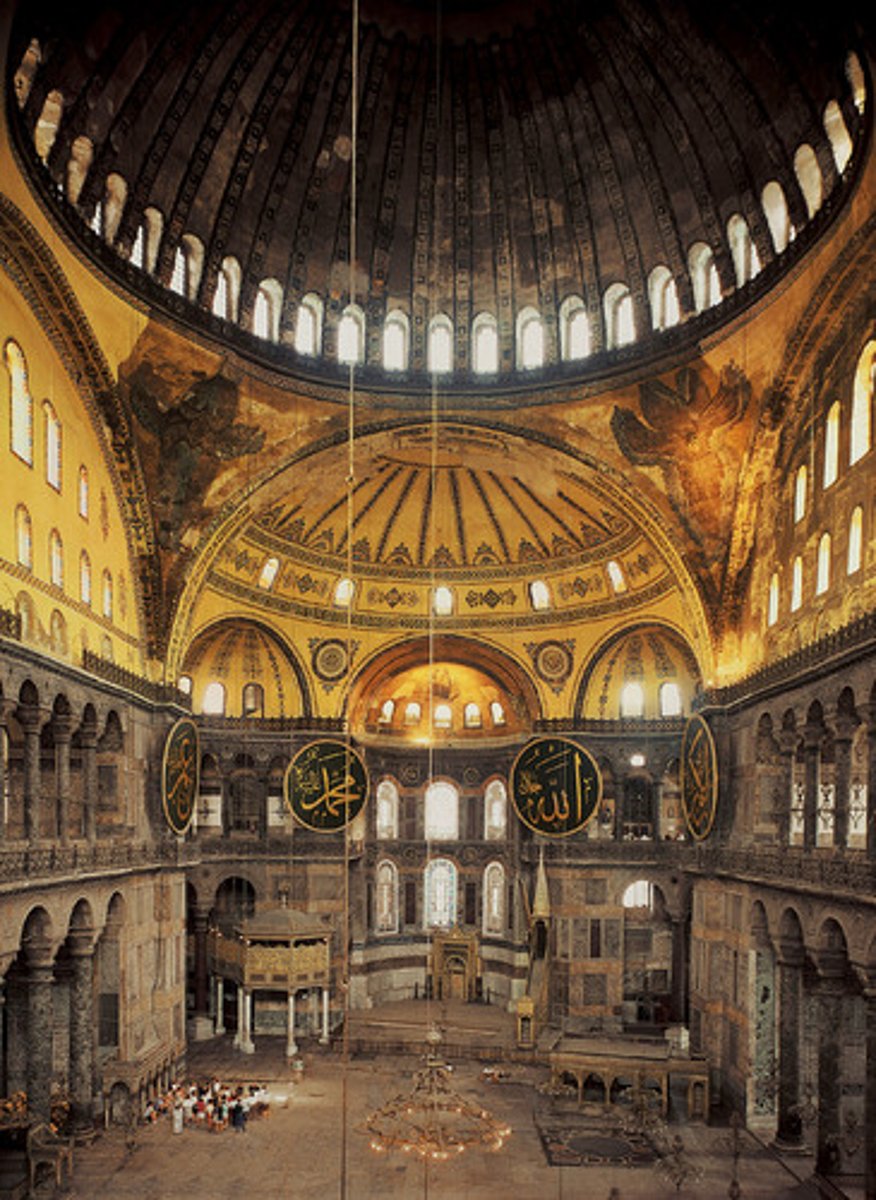
Virgin (Theotokos) and Child between Saints Theodore and George, Early Byzantine Europe, 6th CE, encaustic on wood icon
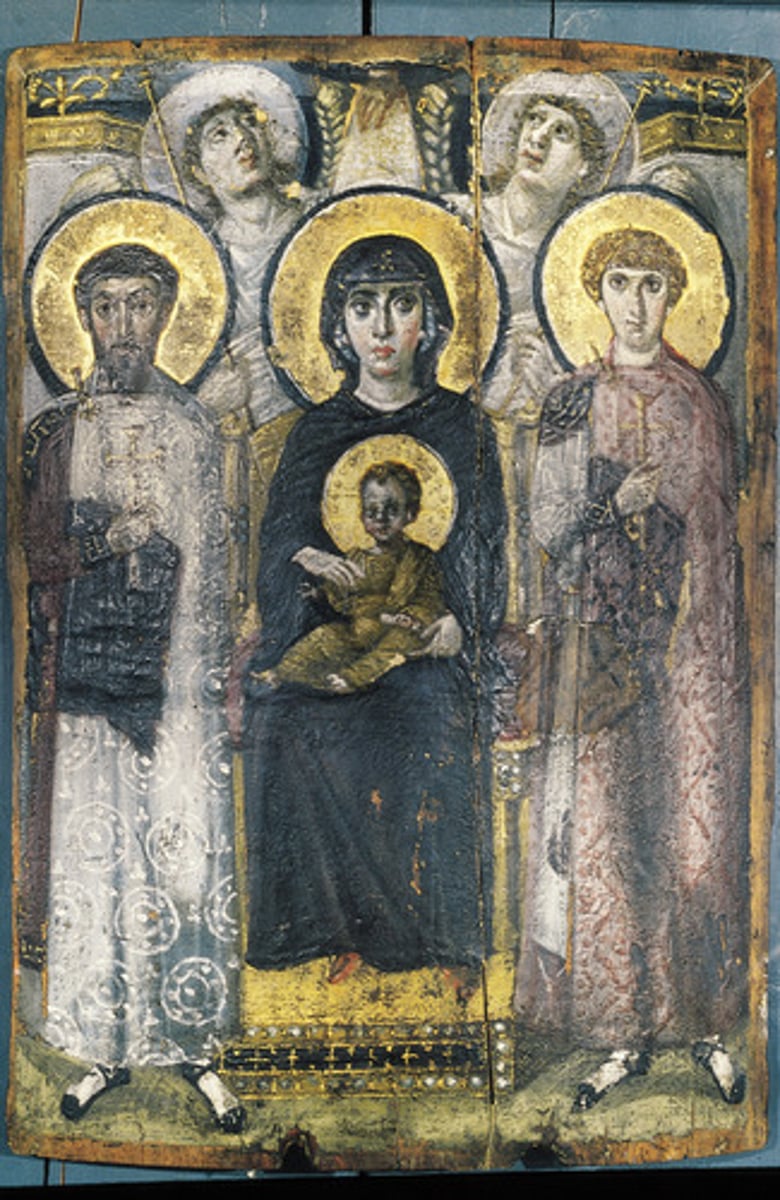
Merovingian looped fibulae, Early medieval Europe, mid-6th cent. CE, silver gilt with garnets and other stones
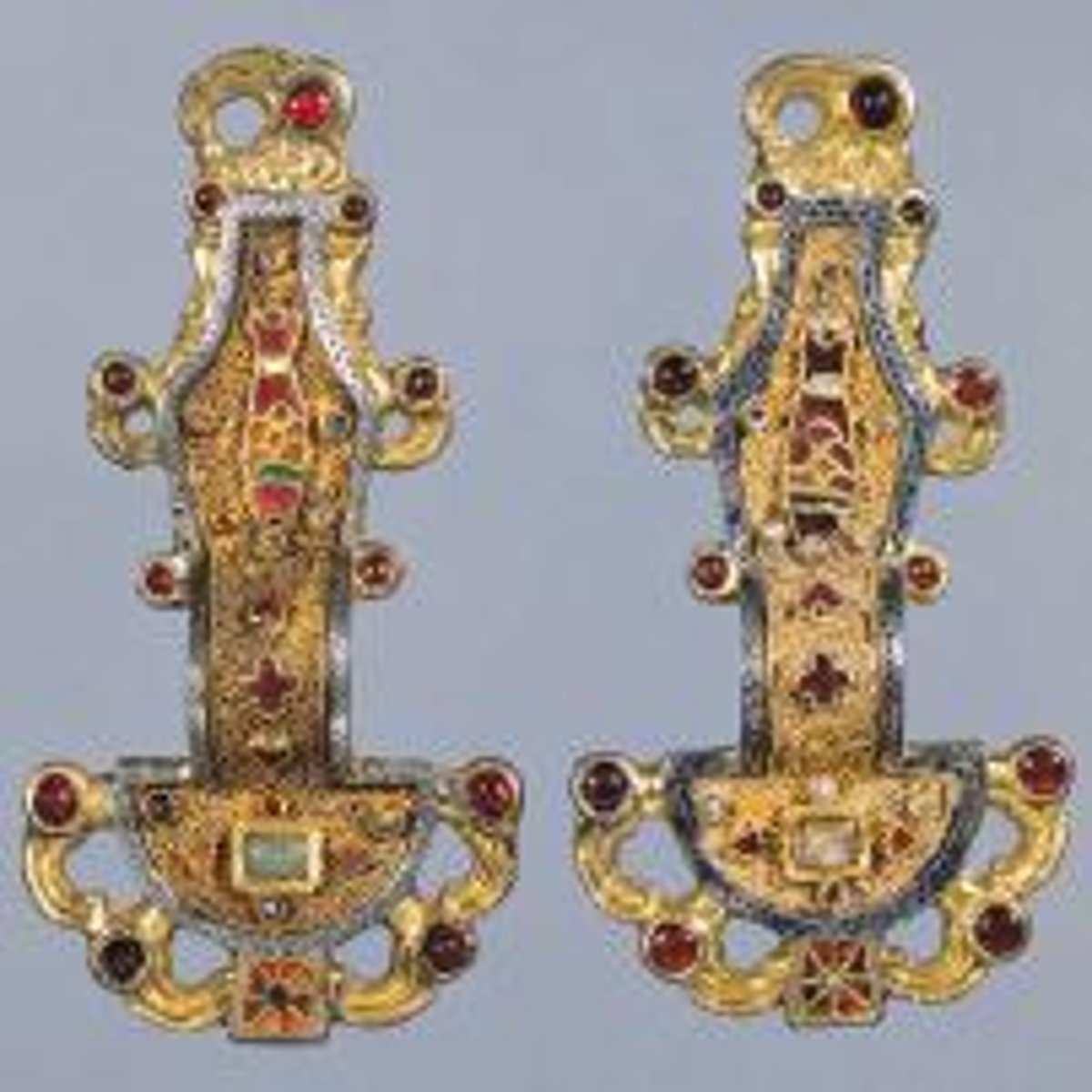
Lindisfarne Gospels, Hiberno Saxon, 700 CE, illuminated manuscript on vellum
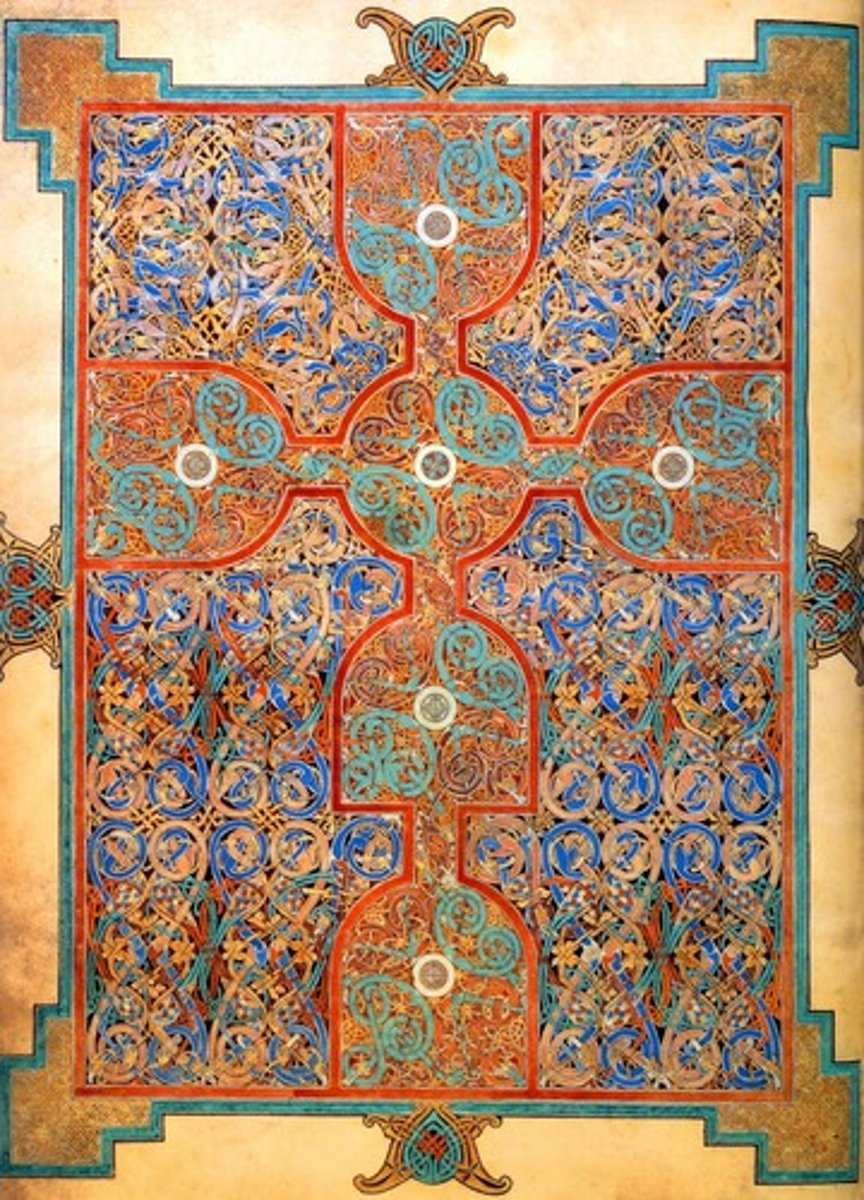
Church of Sainte-Foy, Conques, France, Romanesque Europe, church: 1050-1130 CE, reliquary: 9th cent. CE, stone architecture, tympanum, gold, silver, gemstones, and enamel over wood reliquary
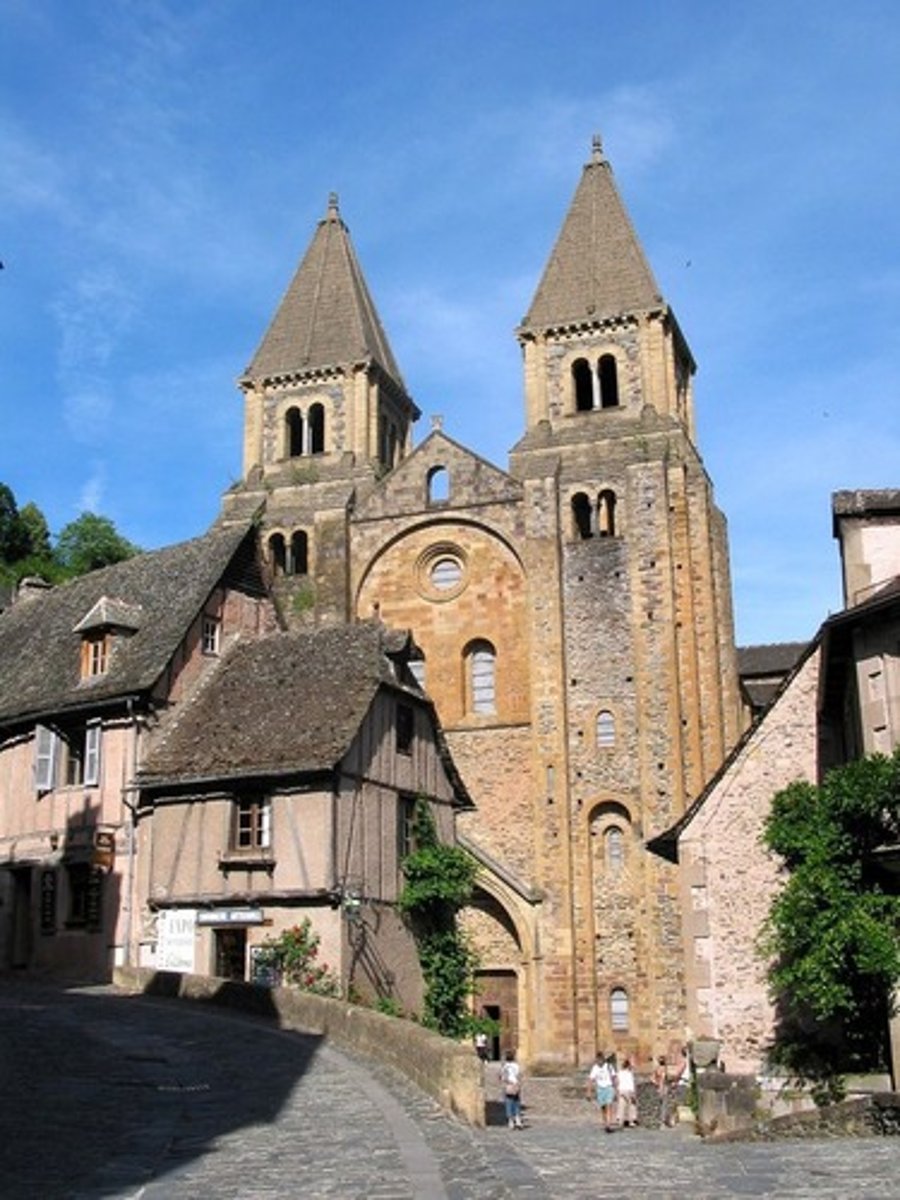
Bayeux Tapestry, Romanesque Europe (English or Norman), 1066-1090 CE, embroidered linen
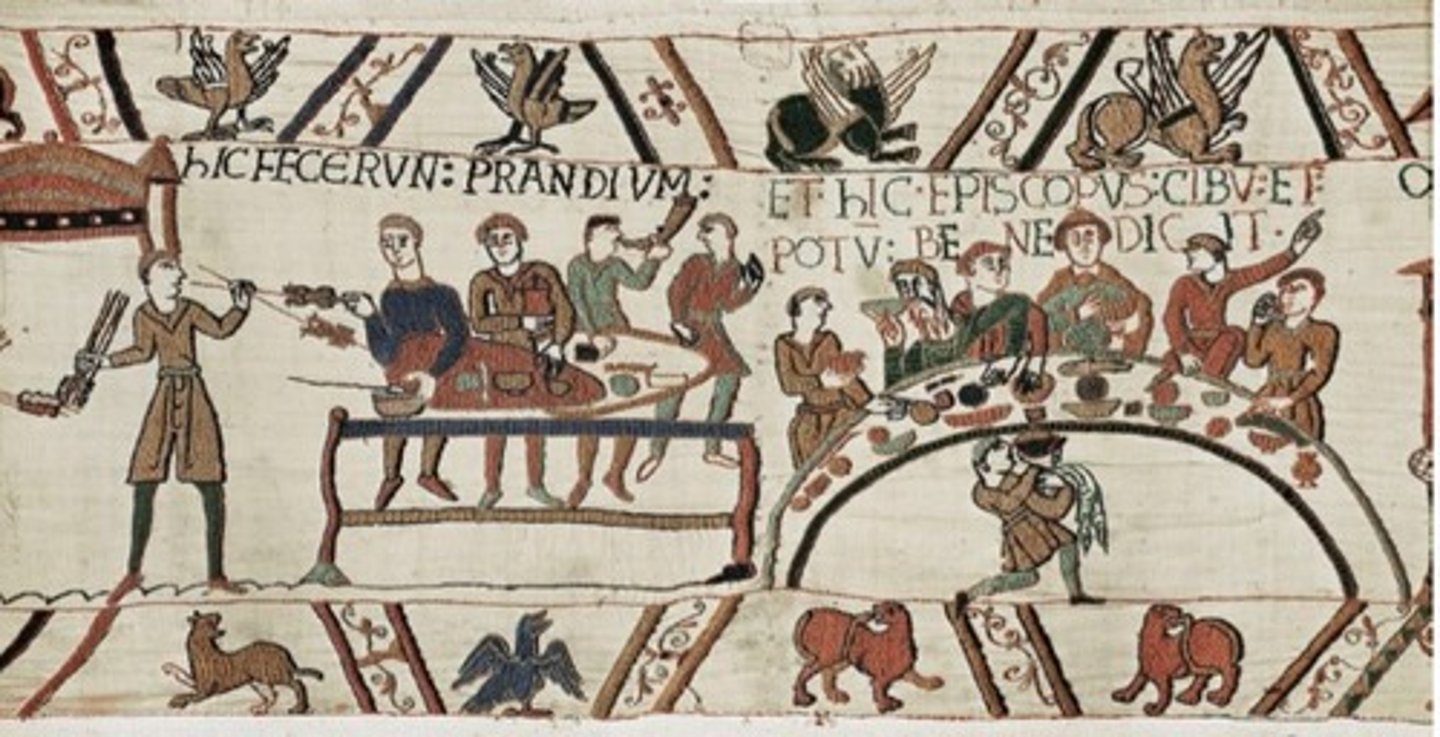
Chartres Cathedral, Chartres, France, Gothic Europe, original 1145-1155 CE, reconstructed 1194-1220 CE, limestone, stained glass architecture

Dedication Page with Blanche of Castile and King Louis IX of France, Gothic Europe, 1225-1245 CE, illuminated manuscript on vellum

Röttgen Pietà, Late medieval Europe, 1300-1325 CE, painted wood sculpture
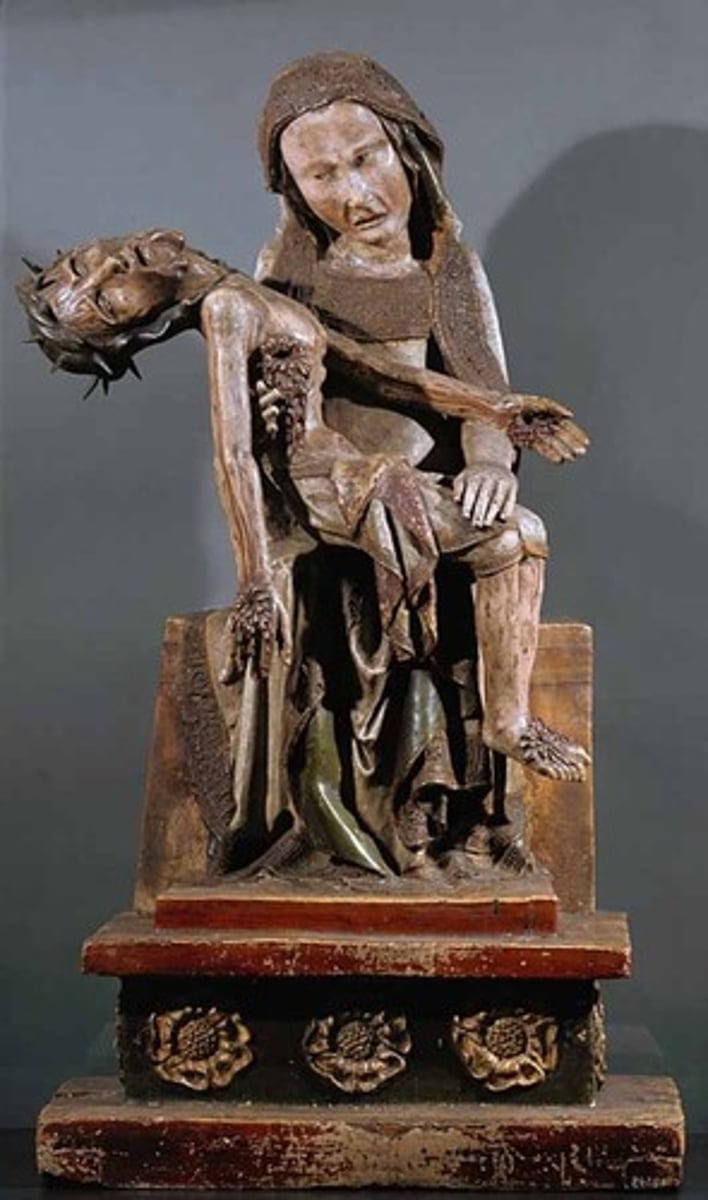
Arena (Scrovegni) Chapel and Lamentation, Padua, Italy, Giotto, chapel: 1303 CE, fresco: 1305, brick architecture, fresco
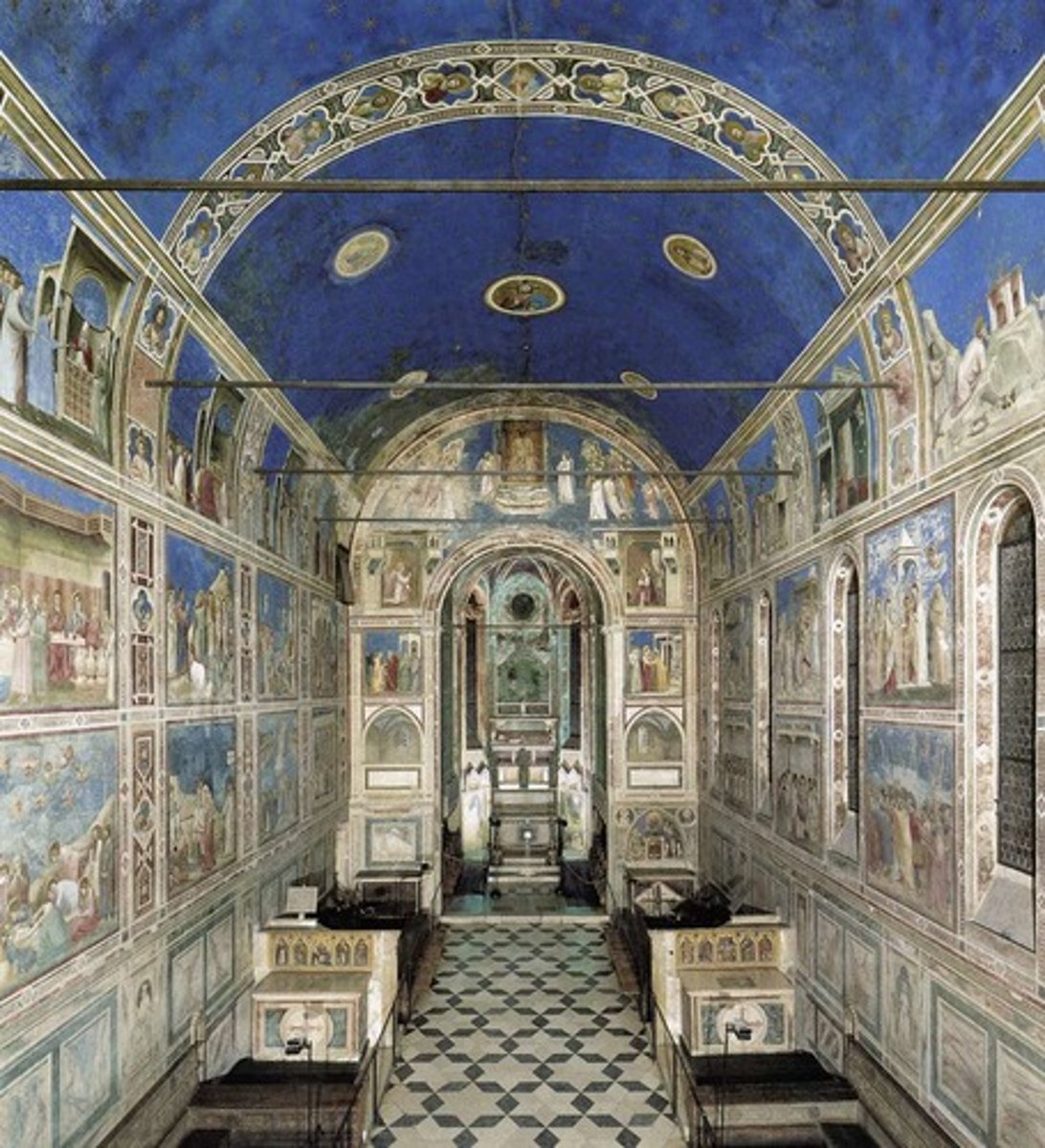
Golden Haggadah, Late medieval Spain, 1320 CE, illuminated manuscript on vellum

Kaaba, Mecca, Saudi Arabia, 5th cent. Islamic, granite masonry, silk curtain, calligraphy in gold and silver-wrapped thread
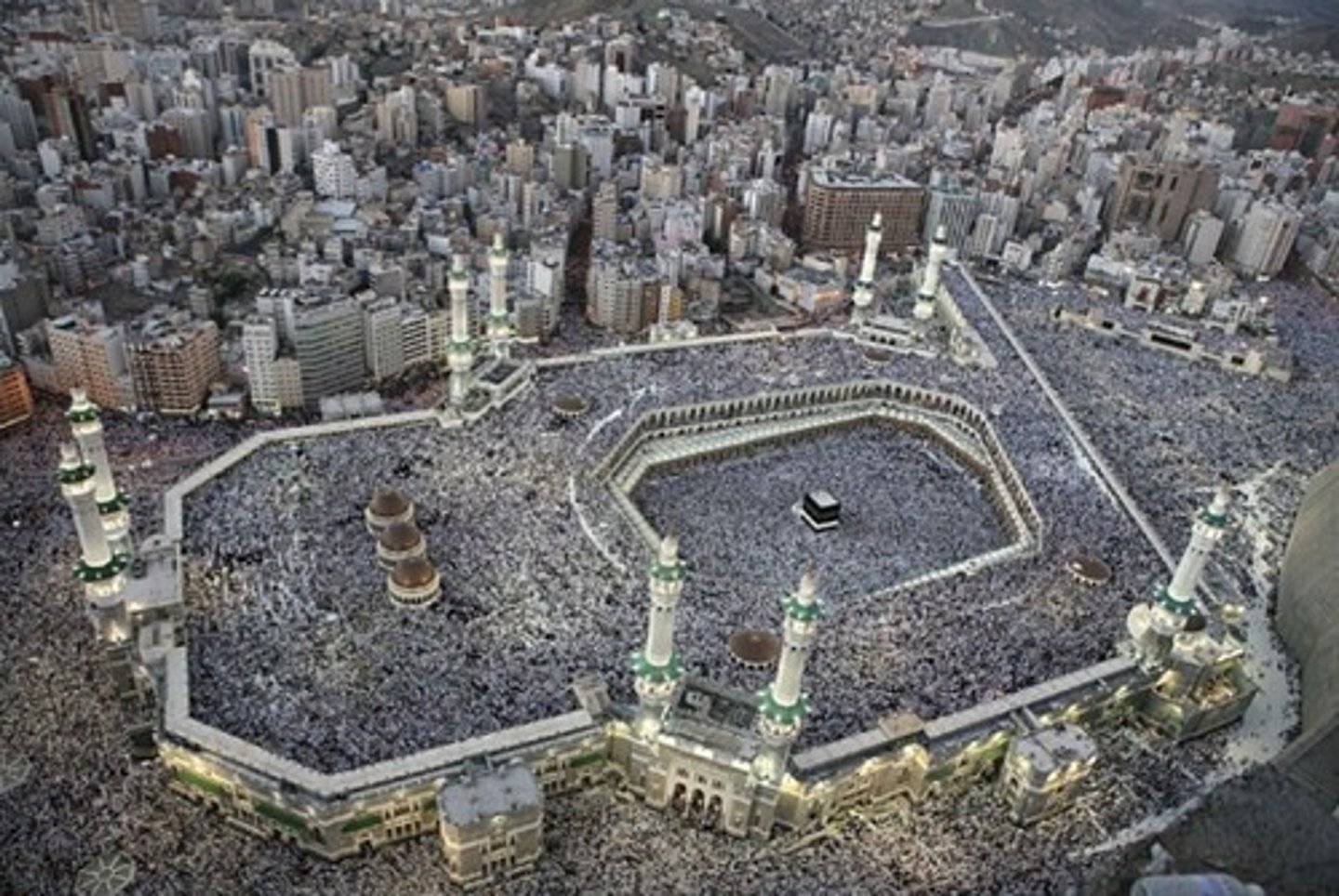
Dome of the Rock, Jerusalem, Umayyad, 691 CE, stone masonry, wooden roof with glazed ceramic tile, mosaics, and gilt aluminum and bronze
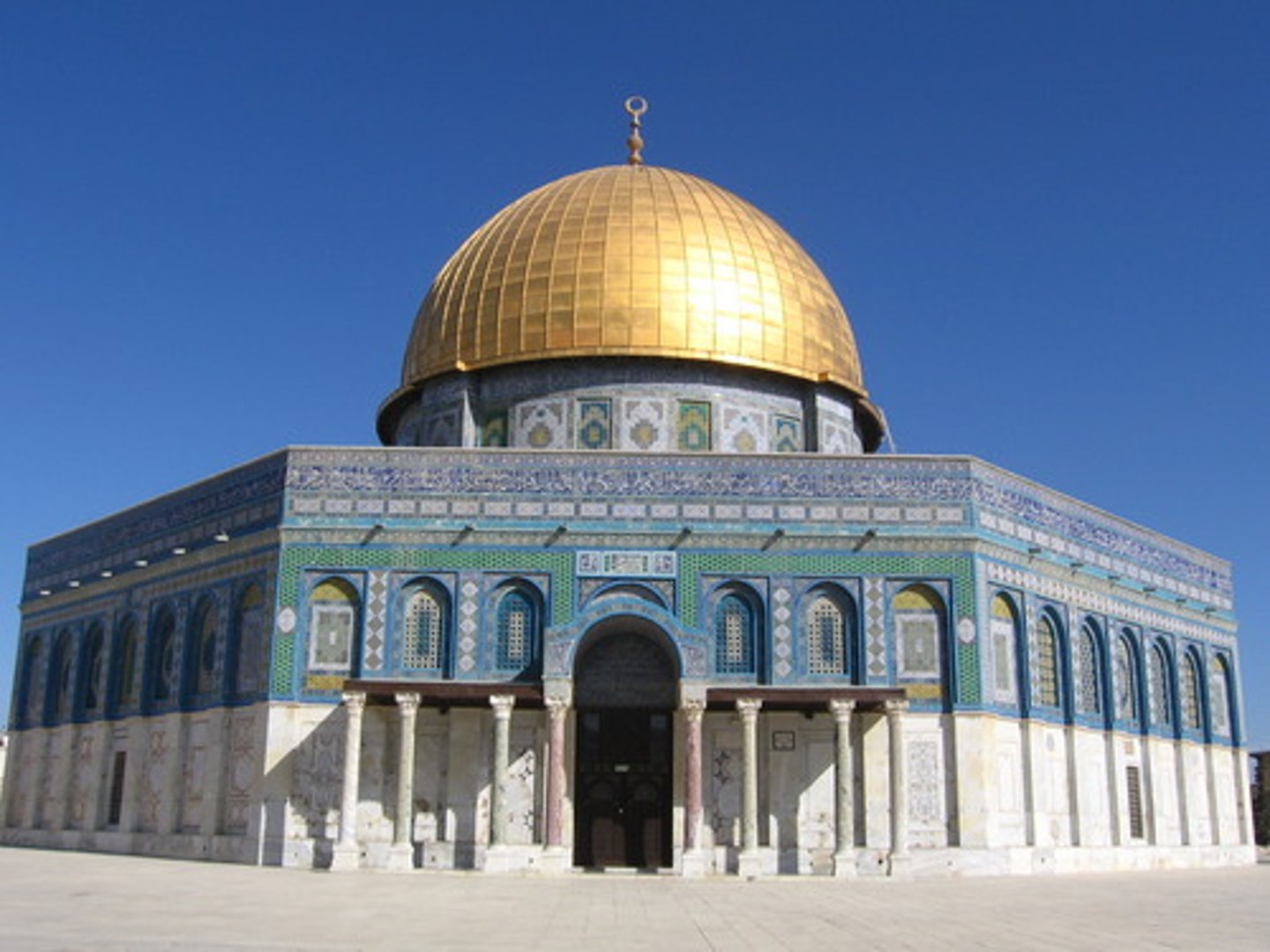
Great Mosque, Isfahan, Iran, Persian: Seljuk, Il-Kanid, Timurid, and Safavid dynasties, 700 CE, stone, brick, wood, plaster, glazed ceramic tile
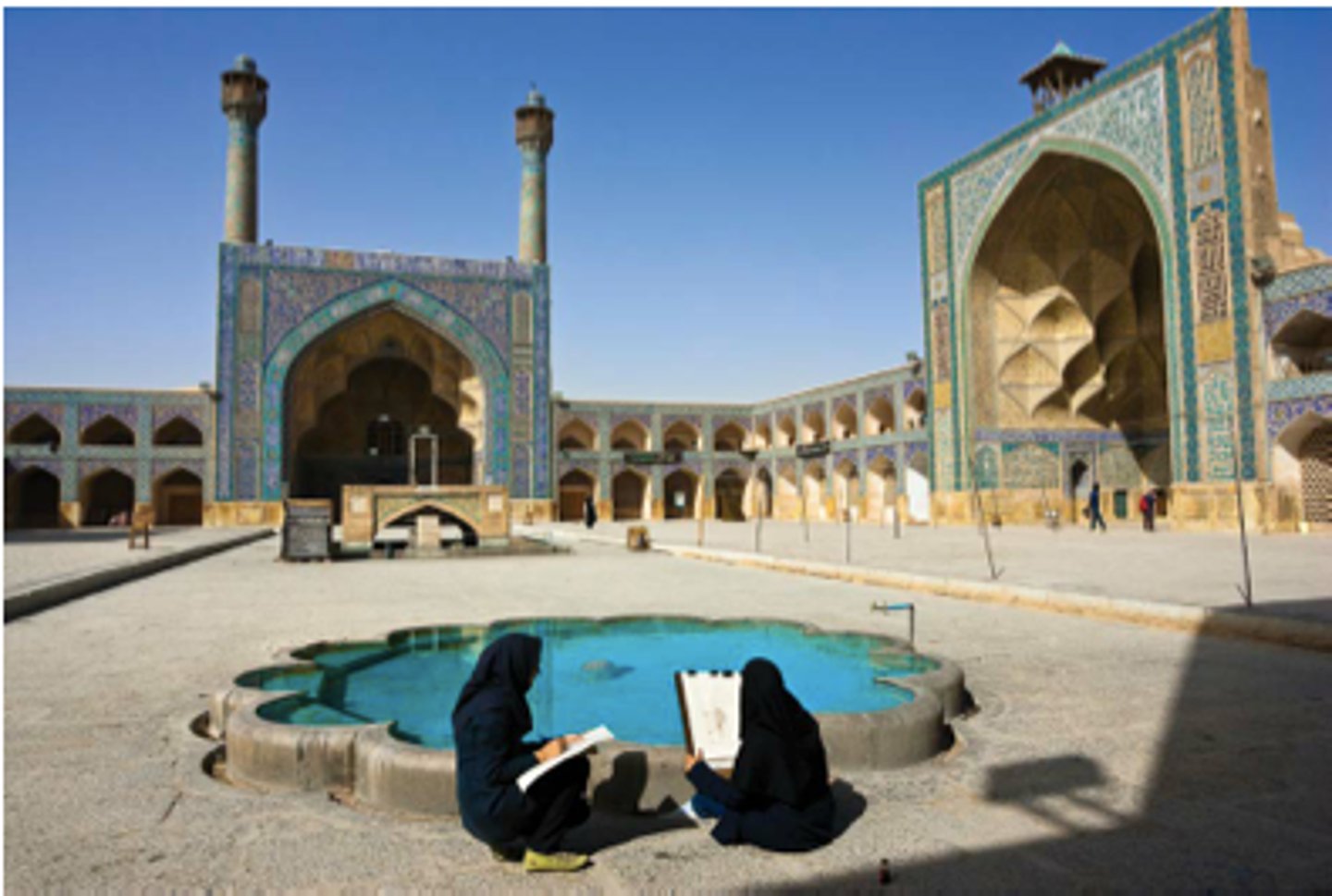
Great Mosque, Cordoba, Spain, Umayyad, 785-786 CE, stone masonry architecture
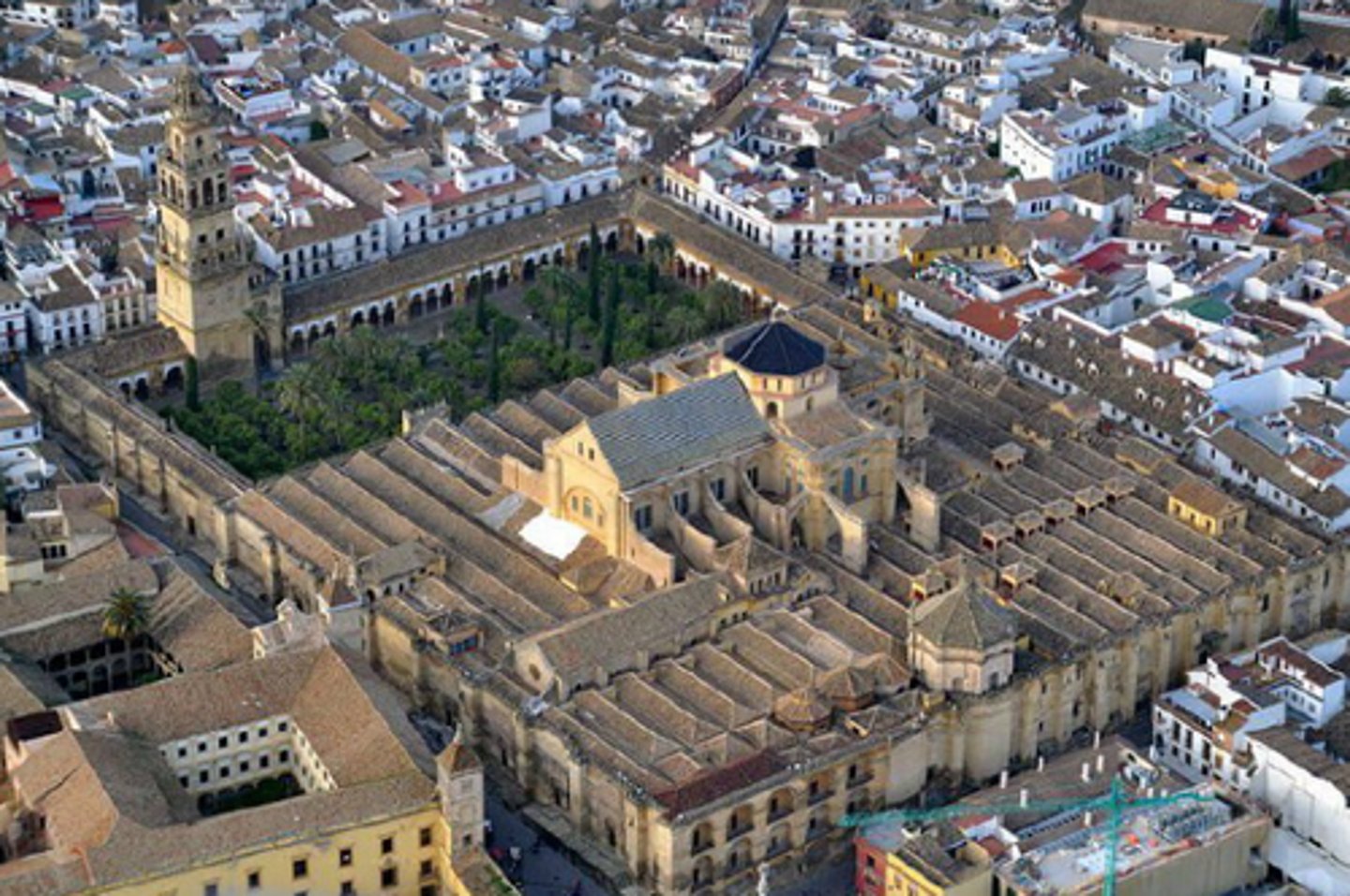
Folio from a Qur'an, Abbasid, 8th-9th cent., ink, color, and gold on parchment
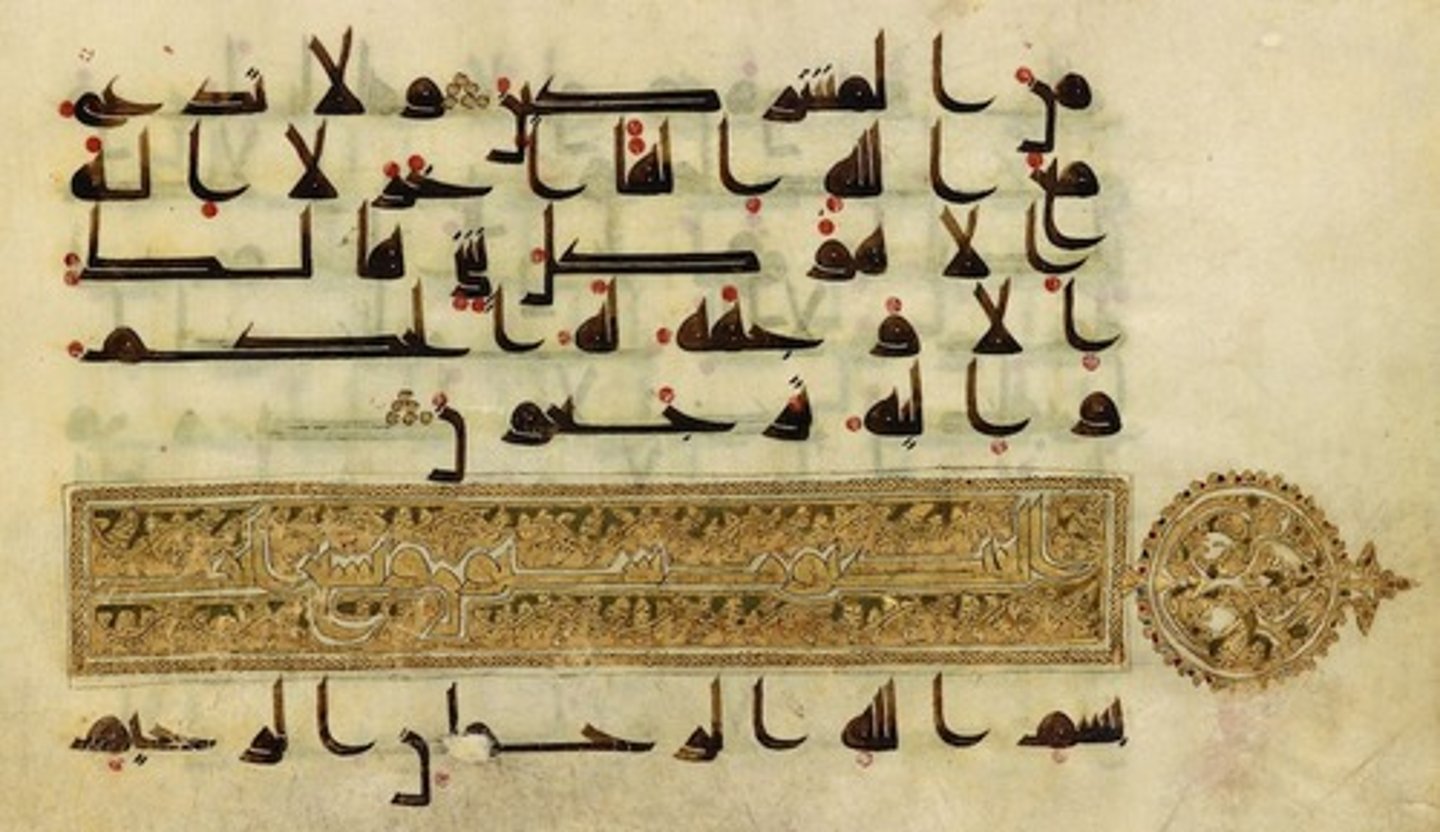
Pyxis of al-Mughira, Umayyad, 968 CE, carved ivory container
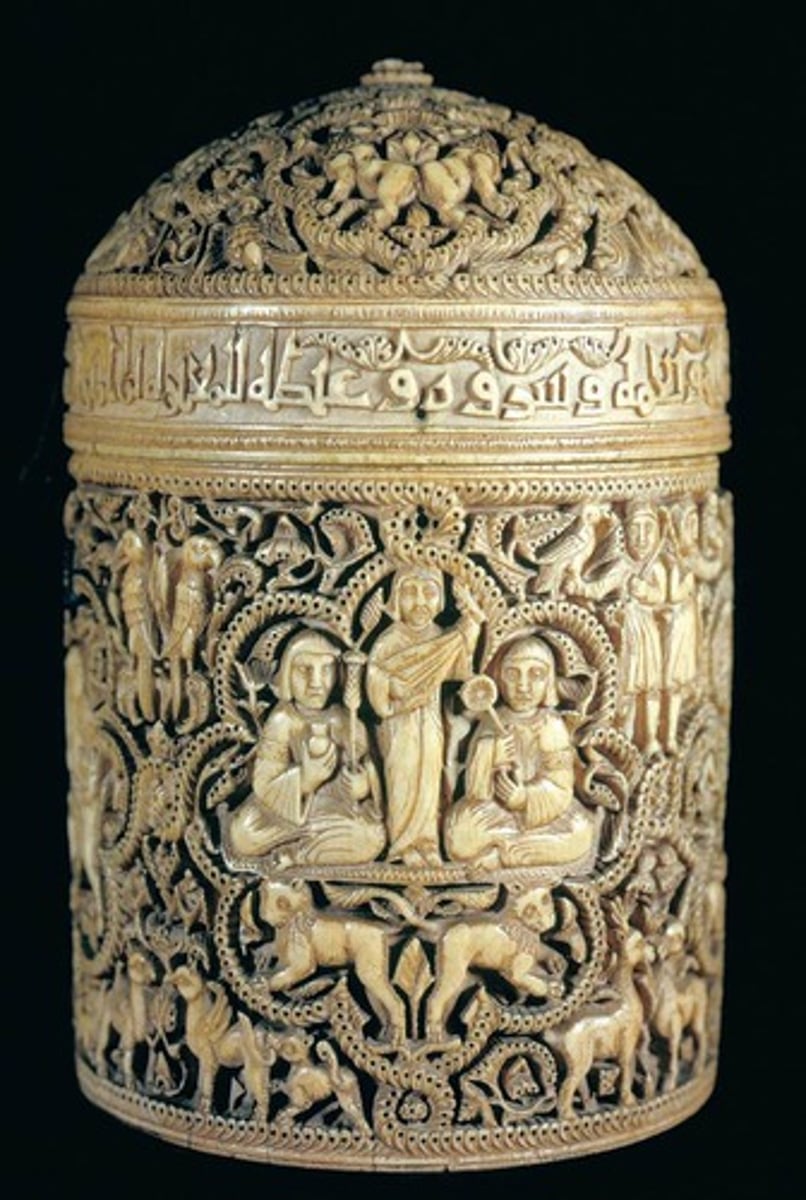
Basin (Baptistére de St. Louis), Muhammad ibn al-Zain, 1320-1340 CE, brass inlaid with gold and silver
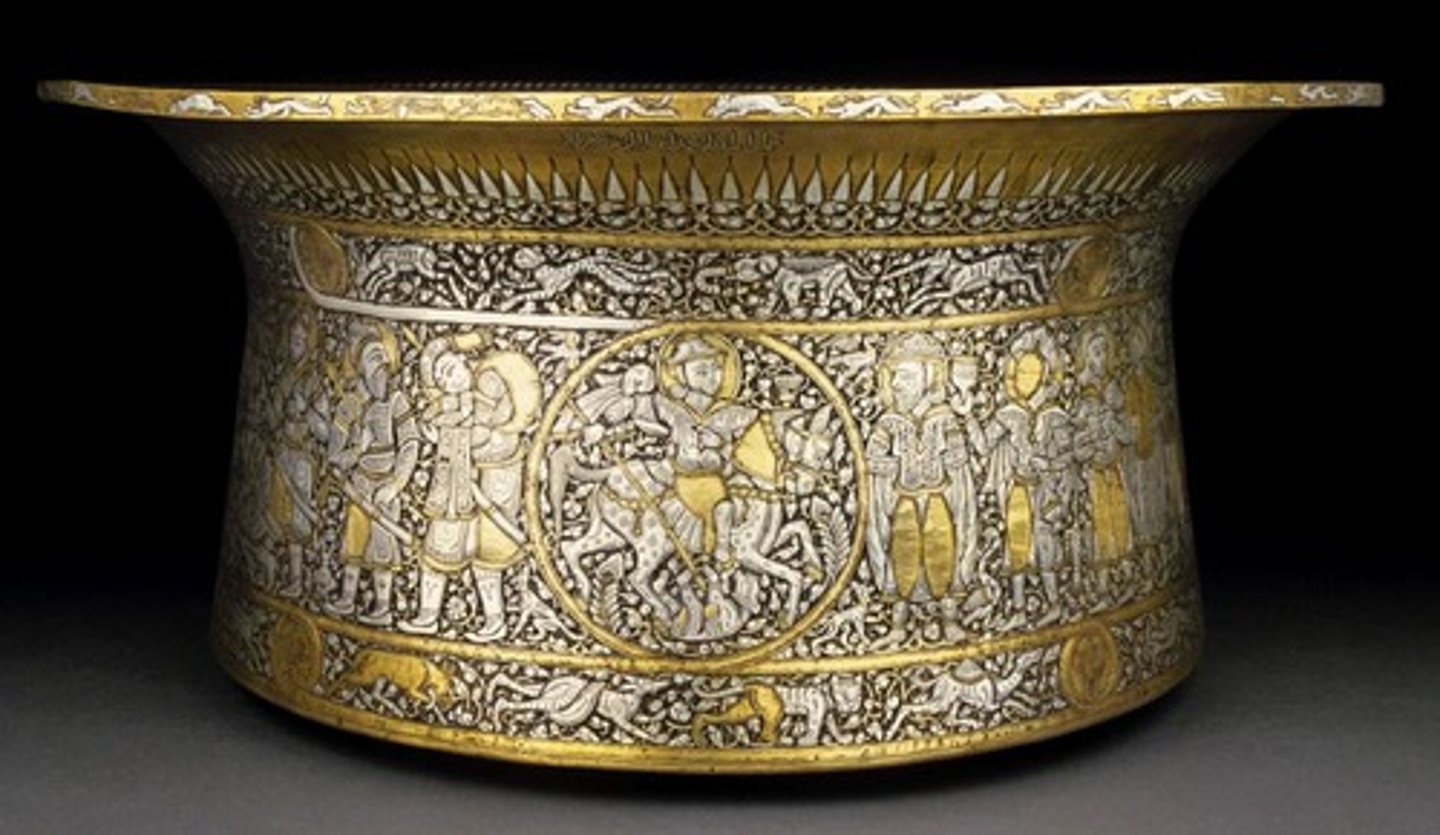
Bahram Gur Fights the Karg, Il'Khanid, 1330-1340 CE, ink, watercolor, gold, and silver on paper
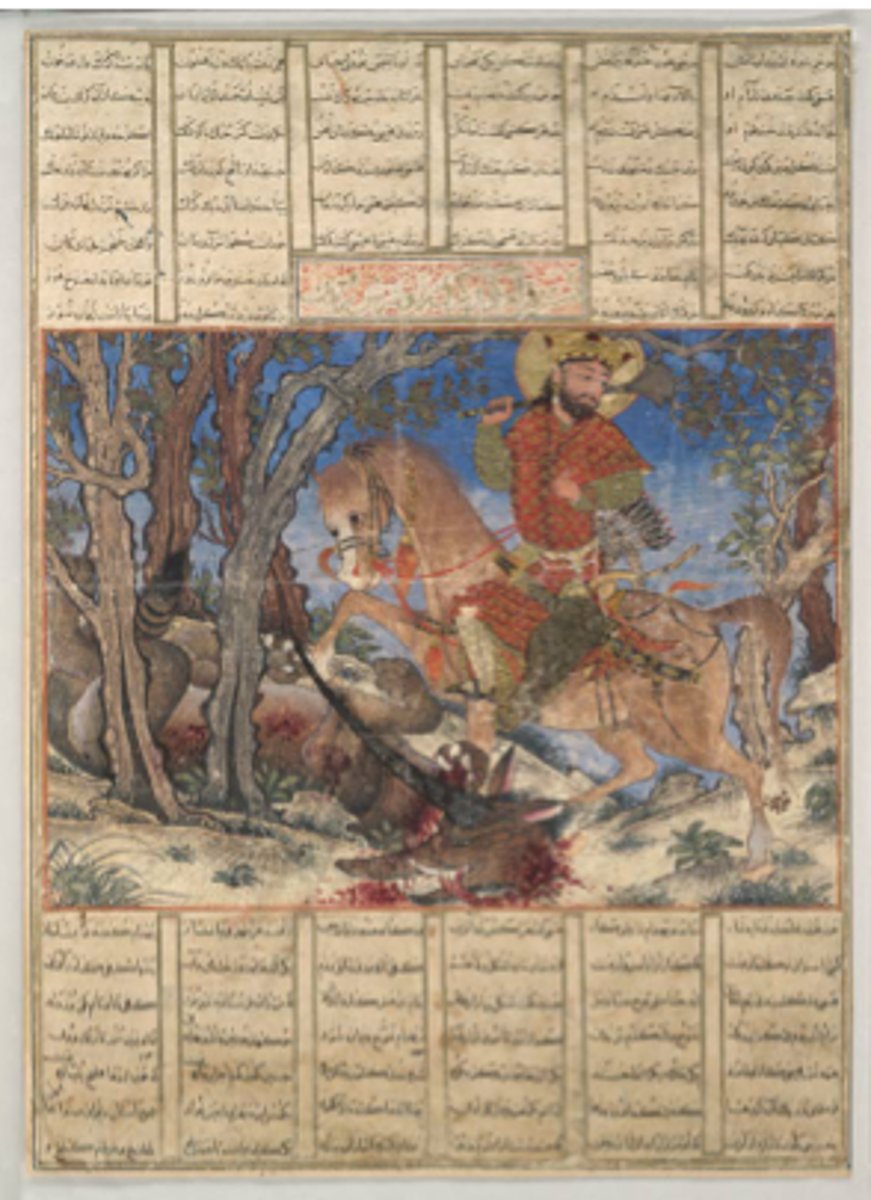
Court of Gayumars, Sultan Muhammad, 1522-1525 CE, ink, watercolor, gold on paper
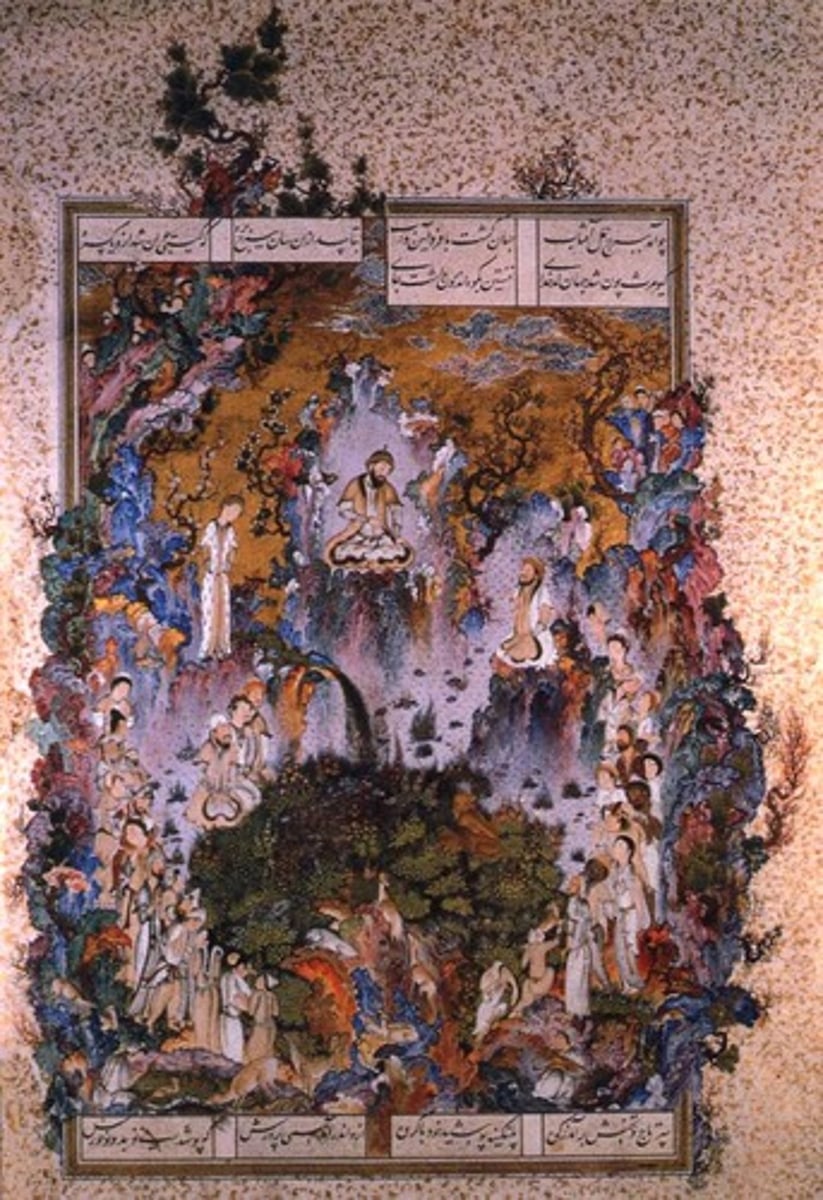
Alhambra, Granada, Spain, Nasrid dynasty, 1354-1391 CE, adobe stucco, wood, tile, paint, gilding architecture

Mosque of Selim II, Edirne, Turkey, Sinan the Great, 1568-1575 CE, Ottoman architecture

Ardabil Carpet, Maqsud of Kashan. 1539 CE. Silk and wool
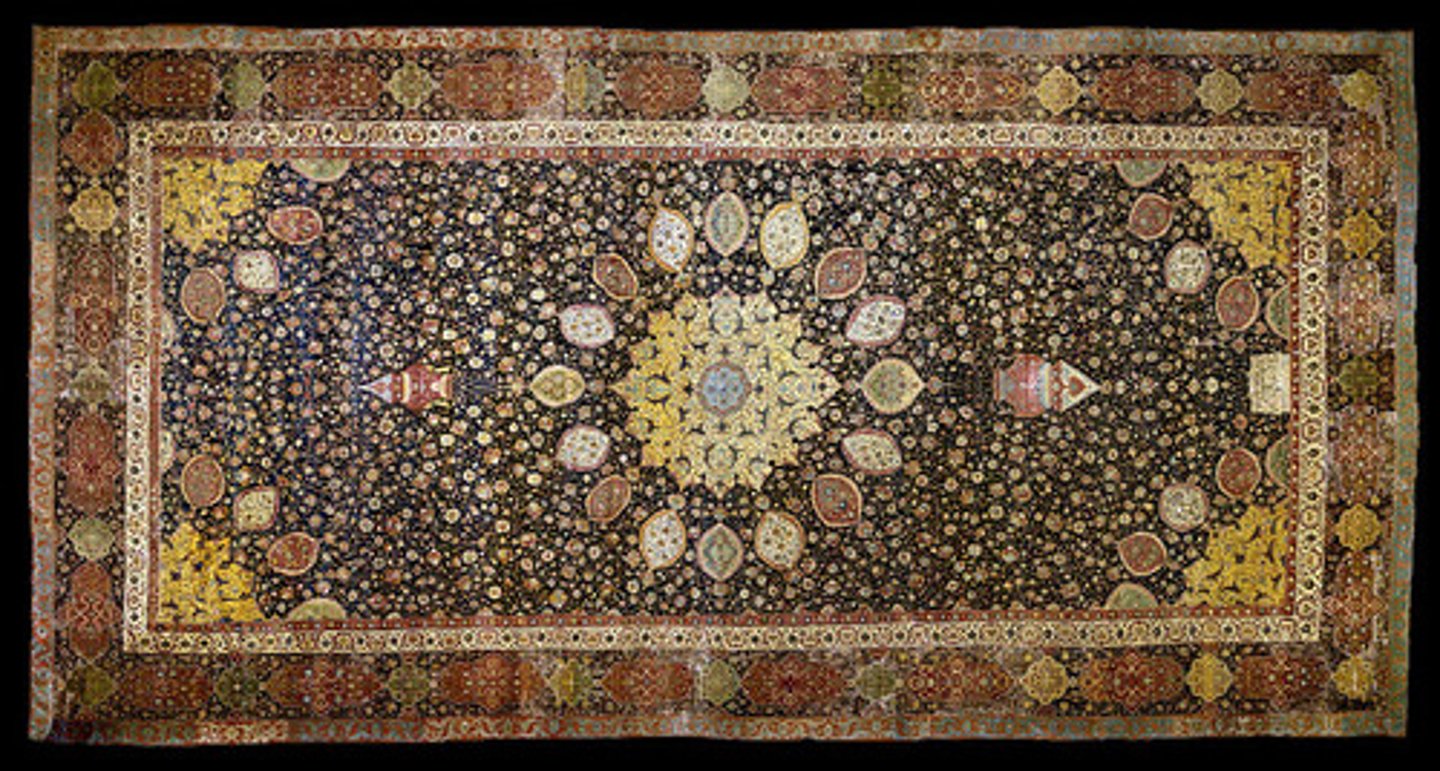
Taj Mahal, Agra, Uttar Pradesh, India. Masons, marble workers, mosaicists, decorators under Ustad Ahmad Lahori. 1632-1653 CE. Stone masonry and marble with inlay of precious and semiprecious stones; gardens
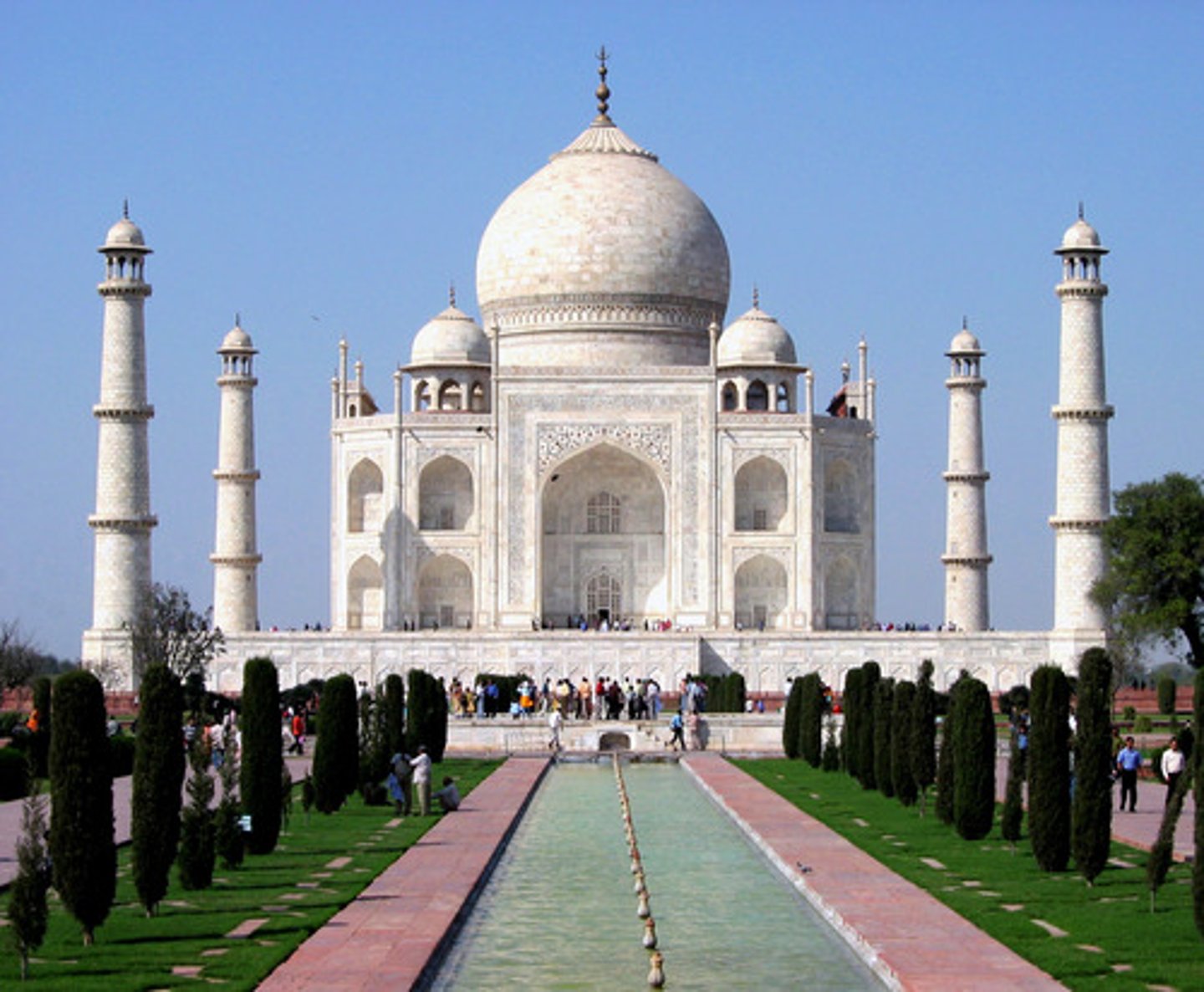
Buddha of Bamiyan, Afghanistan. 400-800 CE. Destroyed in 2001. Cut rock with plaster and polychrome paint
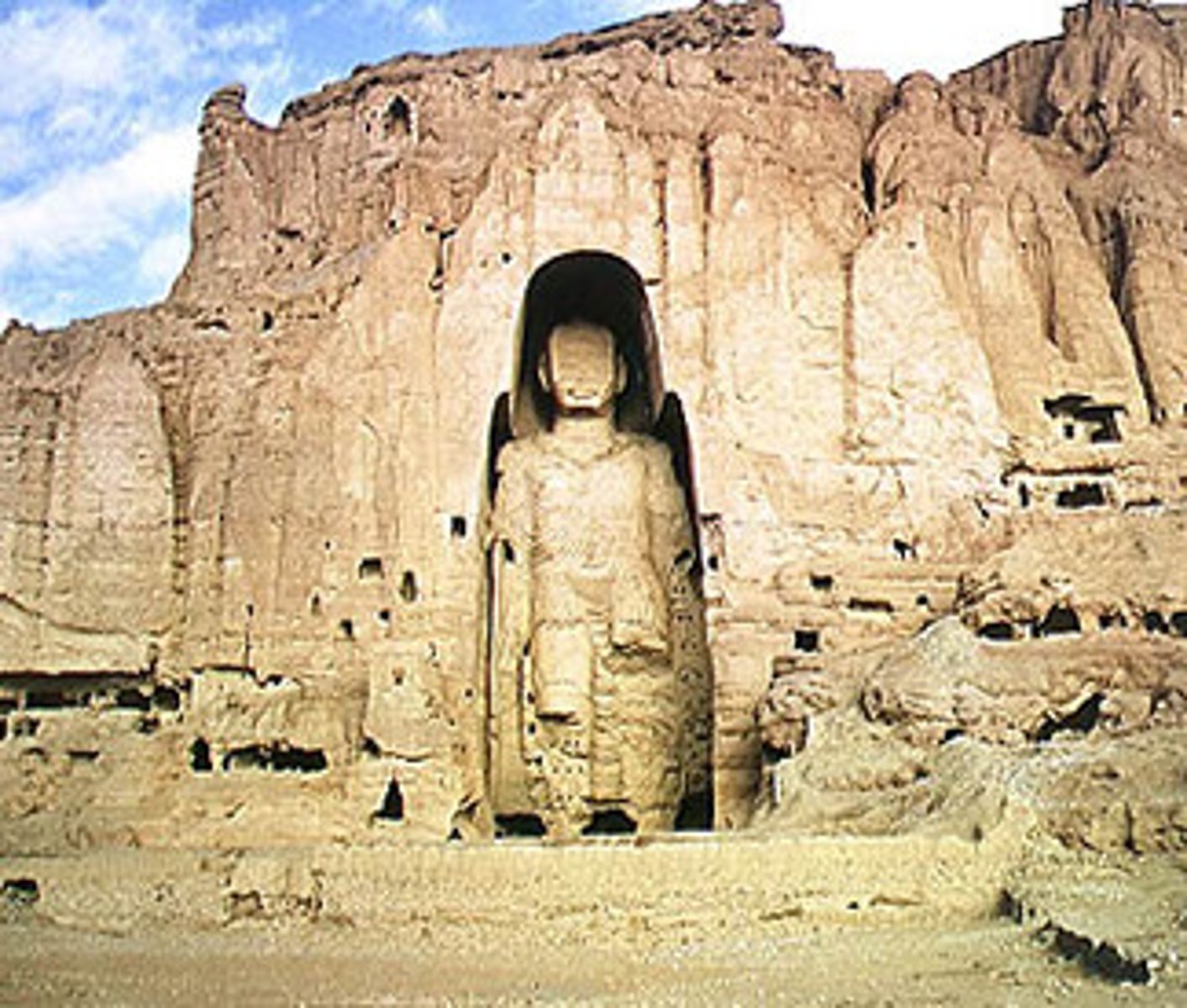
Jowo Rinpoche, Lhasa, Tibet. Yarlung dynasty. Buddhism. Enshrined in the Jokhang Temple. 641 CE

Great Stupa at Sanchi, Madhya Pradesh, India. Buddhist; Maurya, late Sunga dynasty. 300 BCE-100 CE. Stone masonry, sandstone on dome

Terra cotta warriors, Qin Dynasty, China. 221-209 BCE. Painted terra cotta
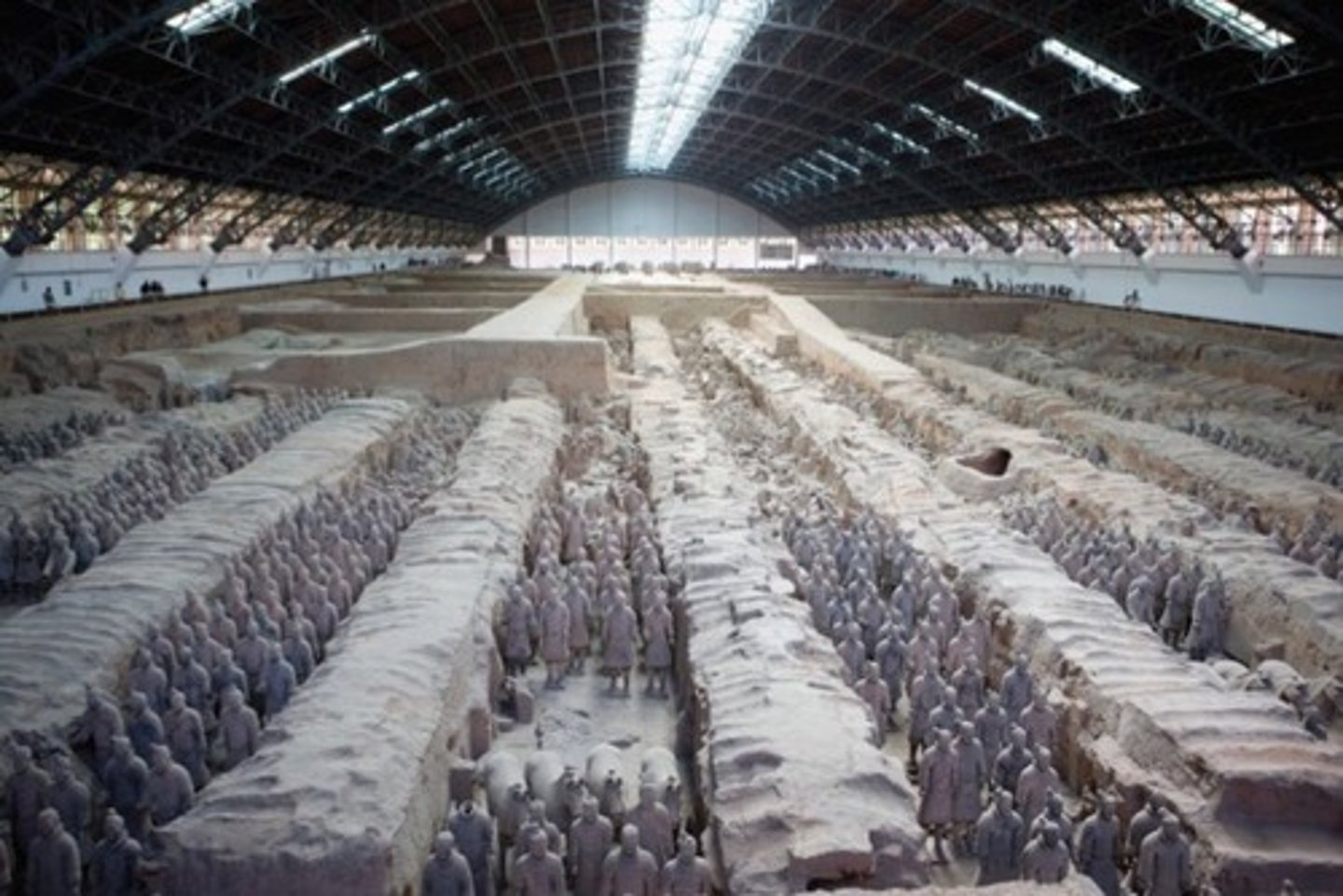
Funeral banner of Lady Dai, Han dynasty, China. 180 BCE. Painted silk

Gold and jade crown, Three Kingdoms Period. Silla Kingdom, Korea. 5th-6th cent. Metalwork
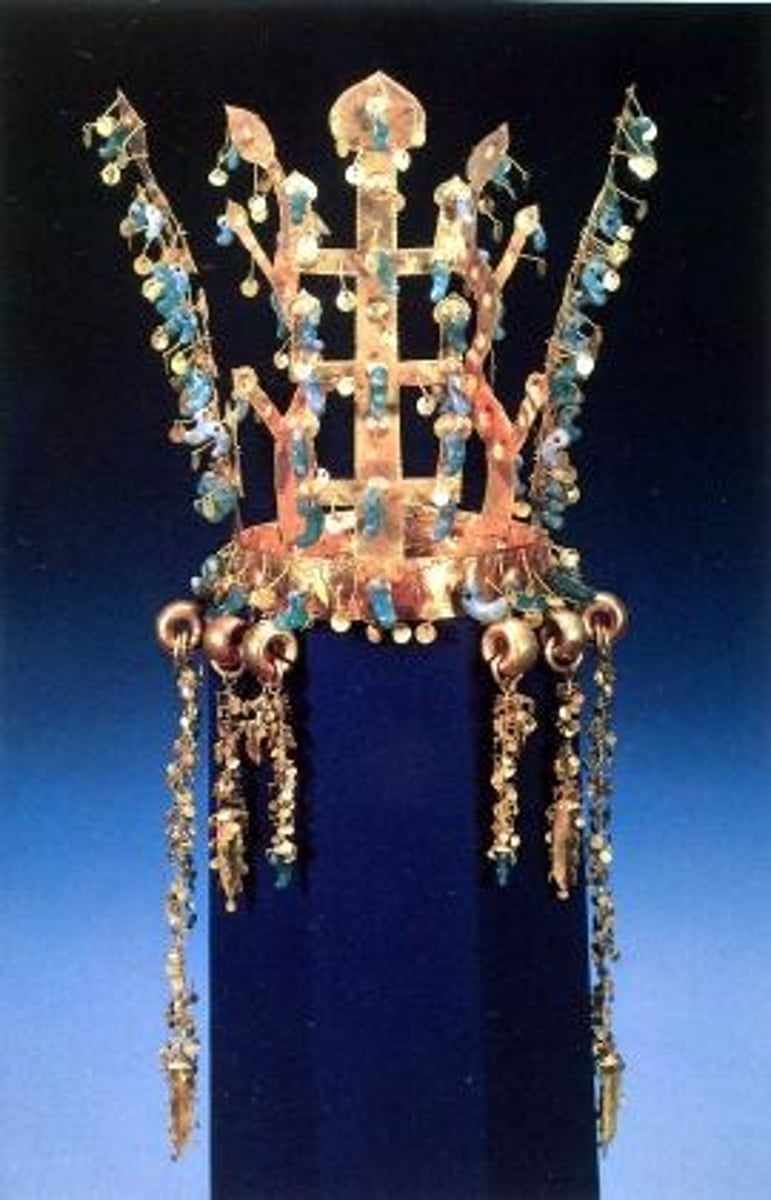
Todai-ji, Nara, Japan. Various artists, including sculptors Unkei and Keikei, and Kei School. 743 CE. Rebuilt 1700. Bronze and wood (sculpture); wood with ceramic tile roof

Borobudur Temple, Central Java, Indonesia. Sailendra Dynasty. 750-840 CE. Volcanic stone
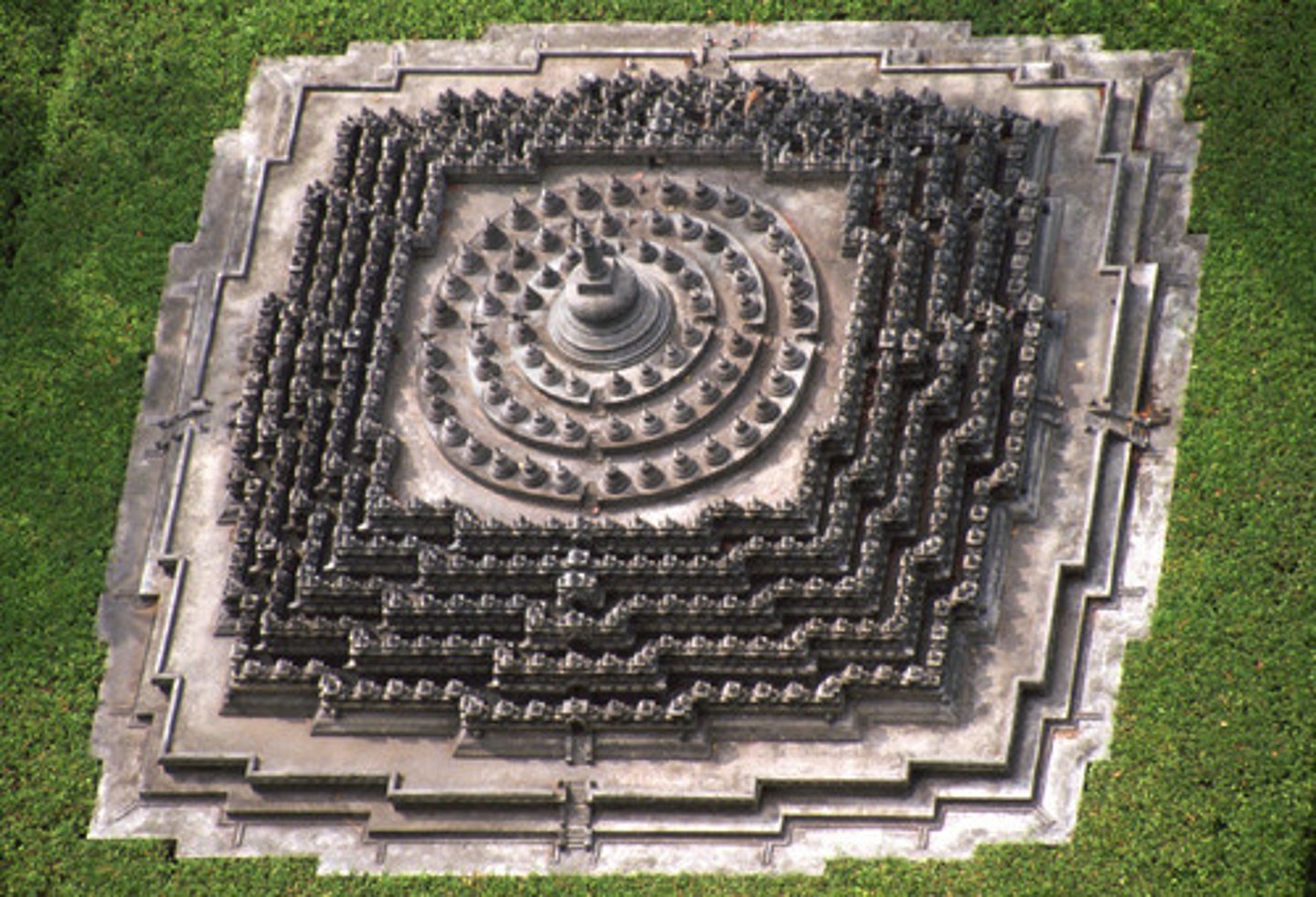
Travelers among Mountains and Streams, Fan Kuan. 1000 CE. Ink and colors on silk
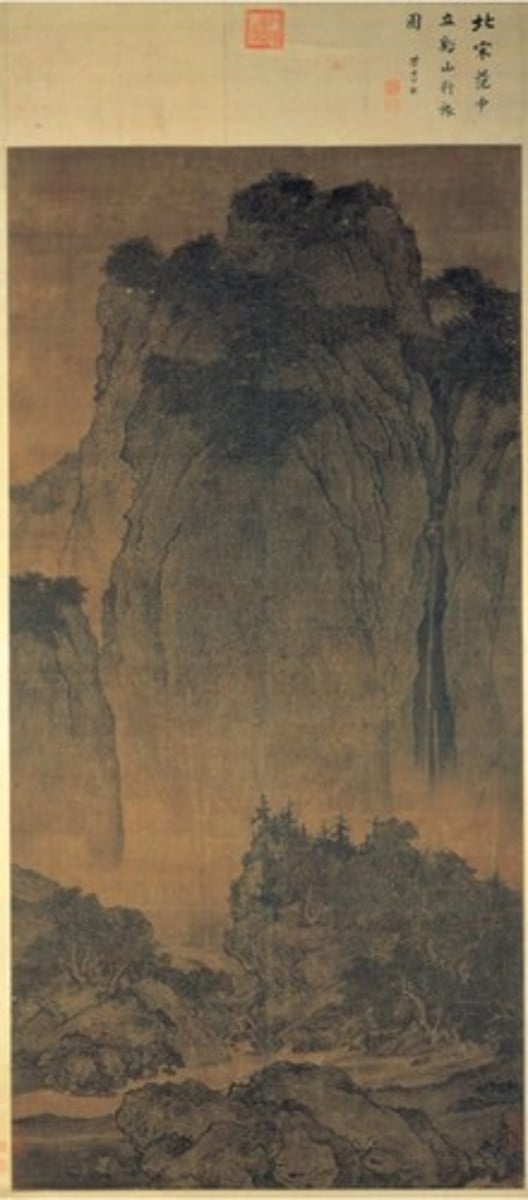
Night Attack on the Sanjô Palace, Kamakura period, Japan. 1250-1300 CE. Handscroll (ink and color on paper)
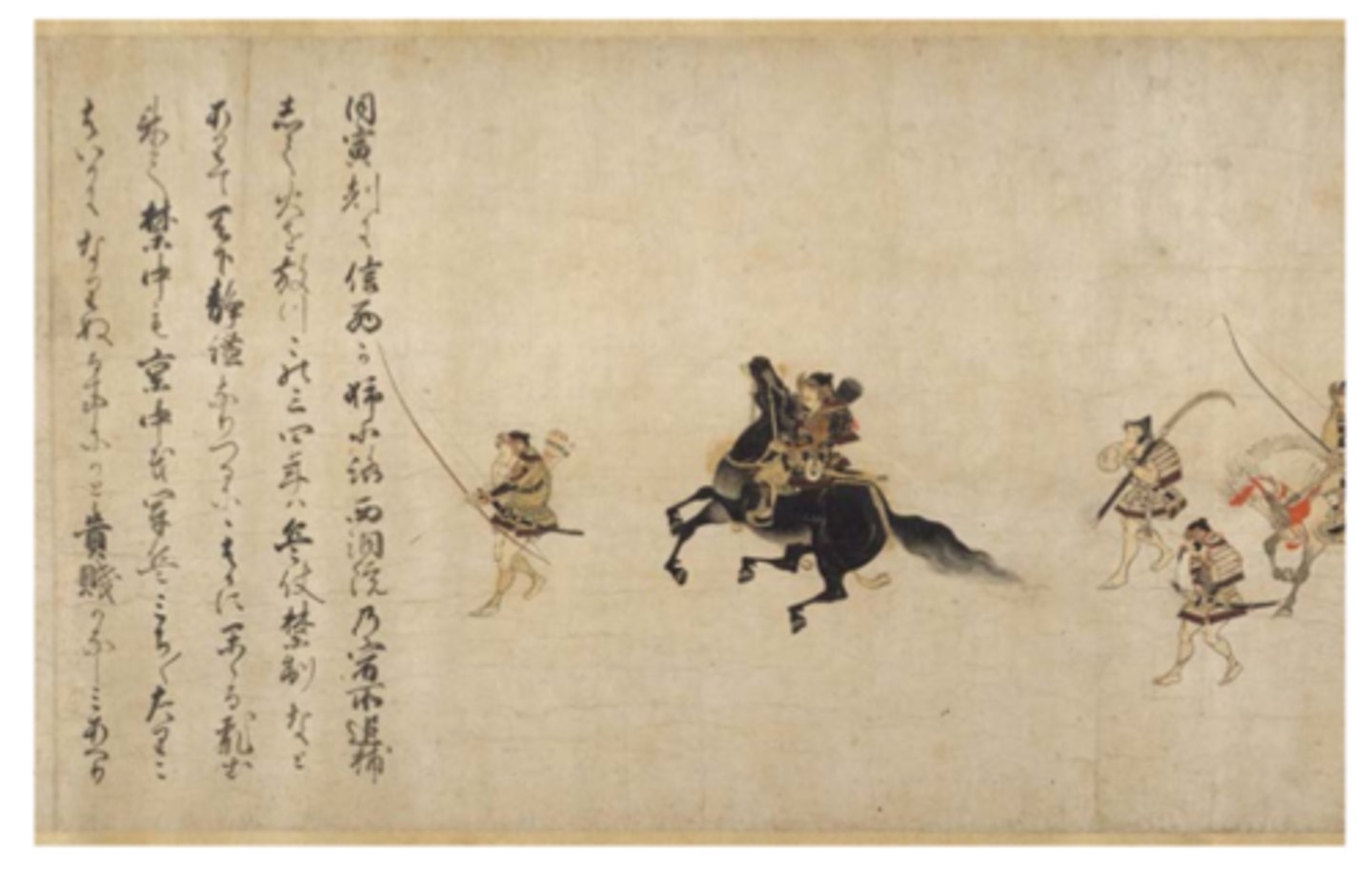
The David Vases, Yuan dynasty, China. 1351 CE. White porcelain with cobalt-blue underglaze
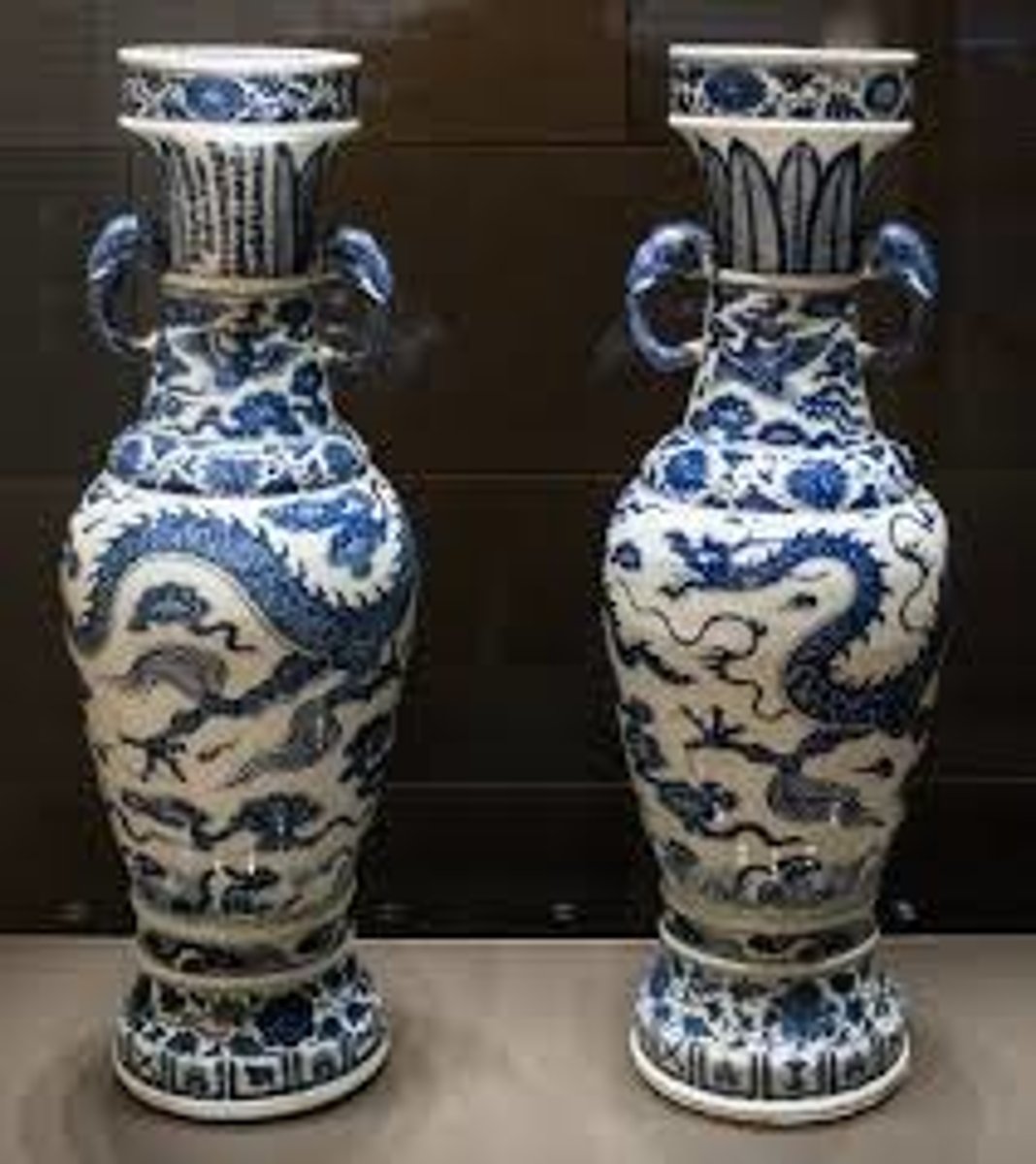
Portrait of Sin Sukju, Royal Imperial Bureau of Painting. 15th cent. Hanging scroll (ink and color on silk)

Forbidden City, Beijing, China. Ming Dynasty. 15th cent. and later. Stone masonry, marble, brick, wood, and ceramic tile
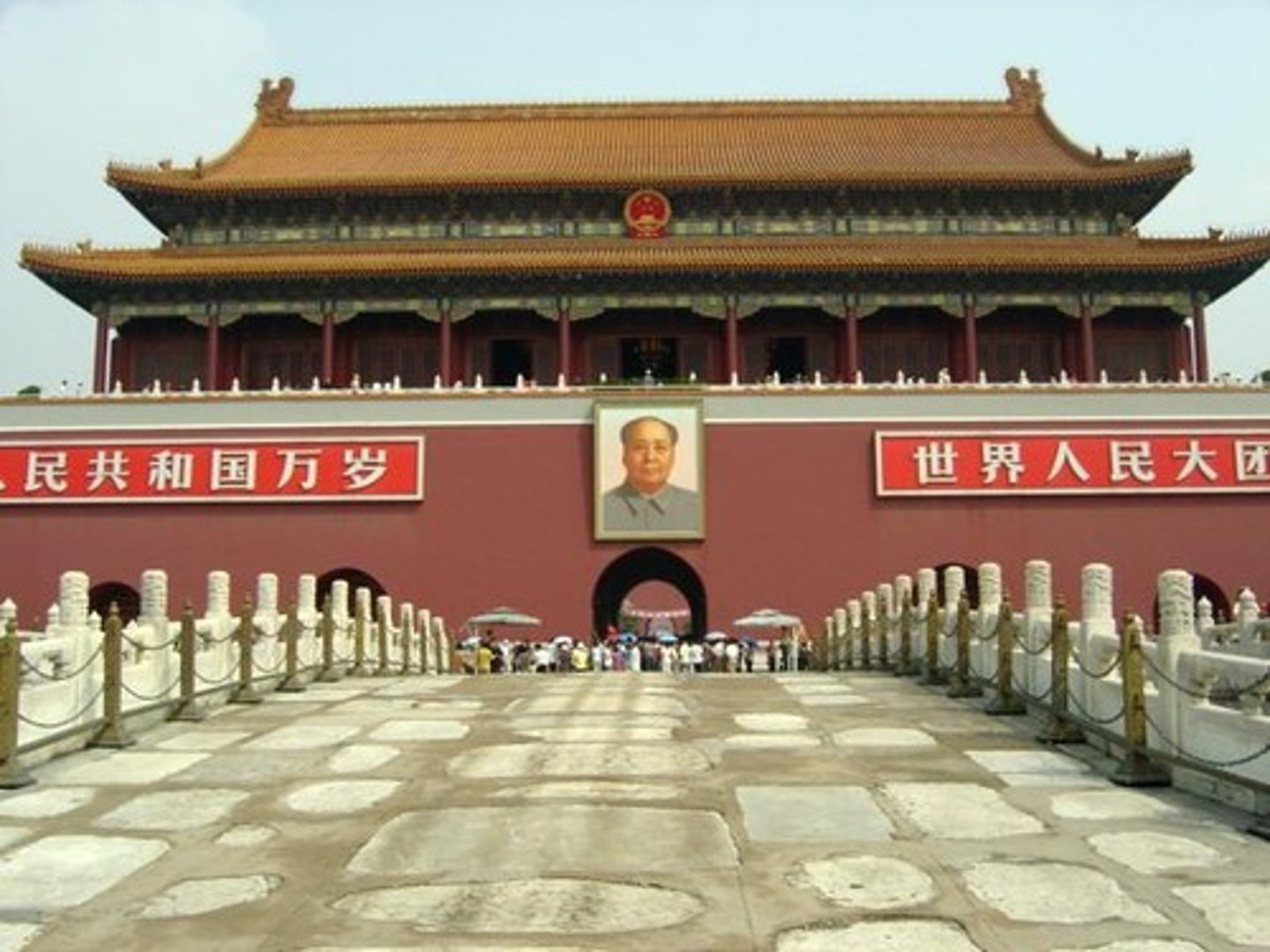
Ryoan-ji, Kyoto, Japan. Muromachi period. 1480 CE. Current design most likely dates to the 18th cent. Rock garden
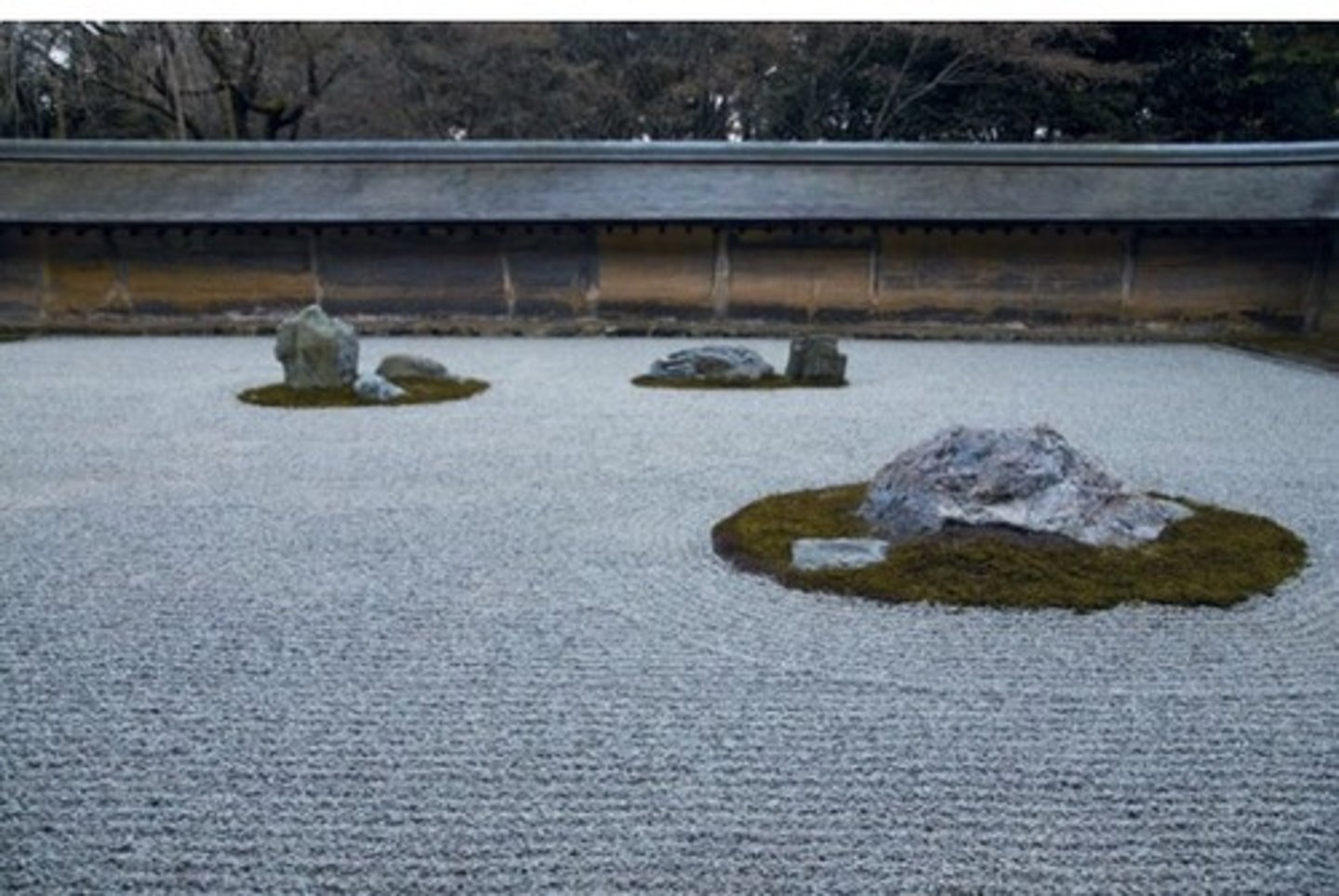
White and Red Plum Blossoms, Ogata Korin. 1710-1716. Ink, watercolor, and gold leaf on paper
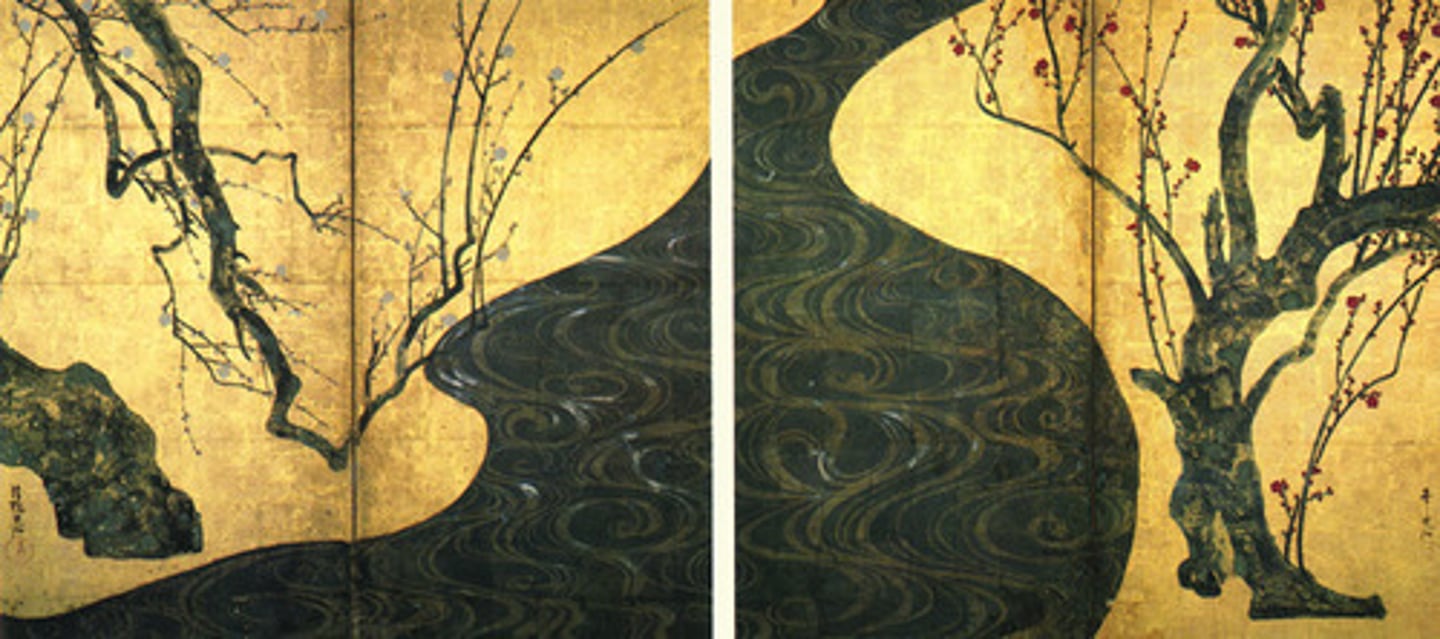
Under the Wave off Kanagawa, Katsushika Hokusai. 1830-1833 CE. Woodblock print; ink and color on paper

Chairman Mao en Route to Anyuan, Unknown artist, based on an oil painting by Liu Chunhua. 1969 CE. Color lithograph
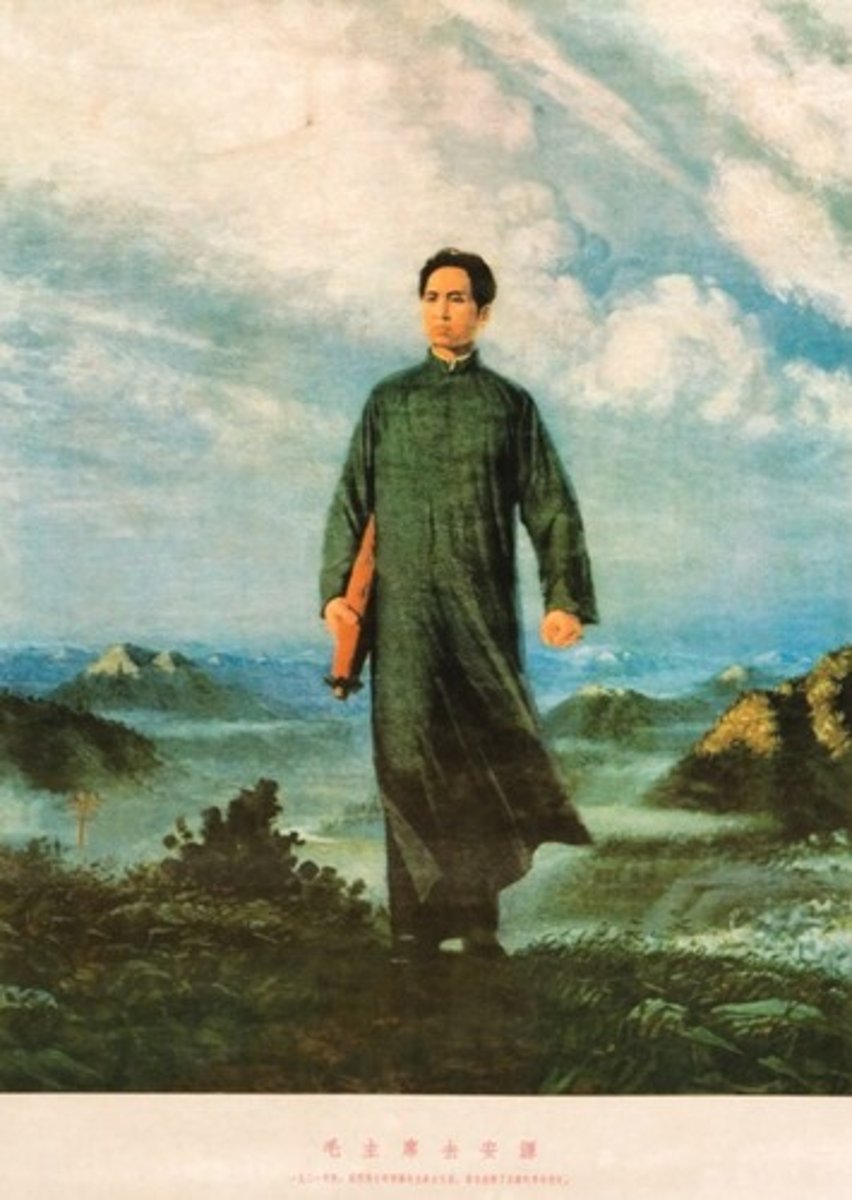
Angkor, Temple of Angkor Wat, and the city of Angkor Thom, Cambodia. Hindu. Angkor dynasty. 800-1400 CE. Stone masonry, sandstone

Lakshmana Temple, Khajuraho, India. Chandella dynasty. 930-950 CE. Sandstone
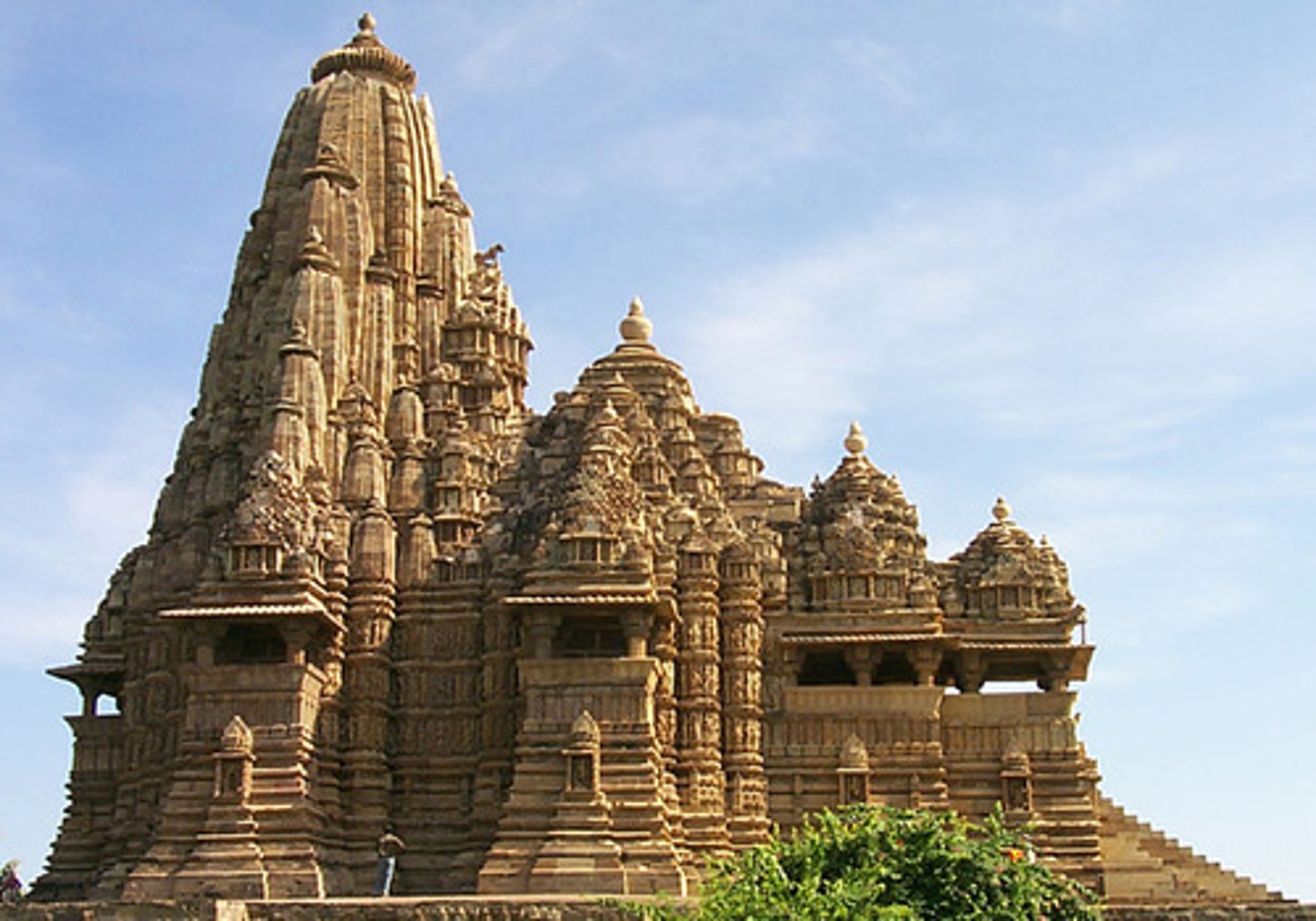
Shiva as Lord of the Dance (Nataraja), 11th C, India, Chola dynasty. Hinduism
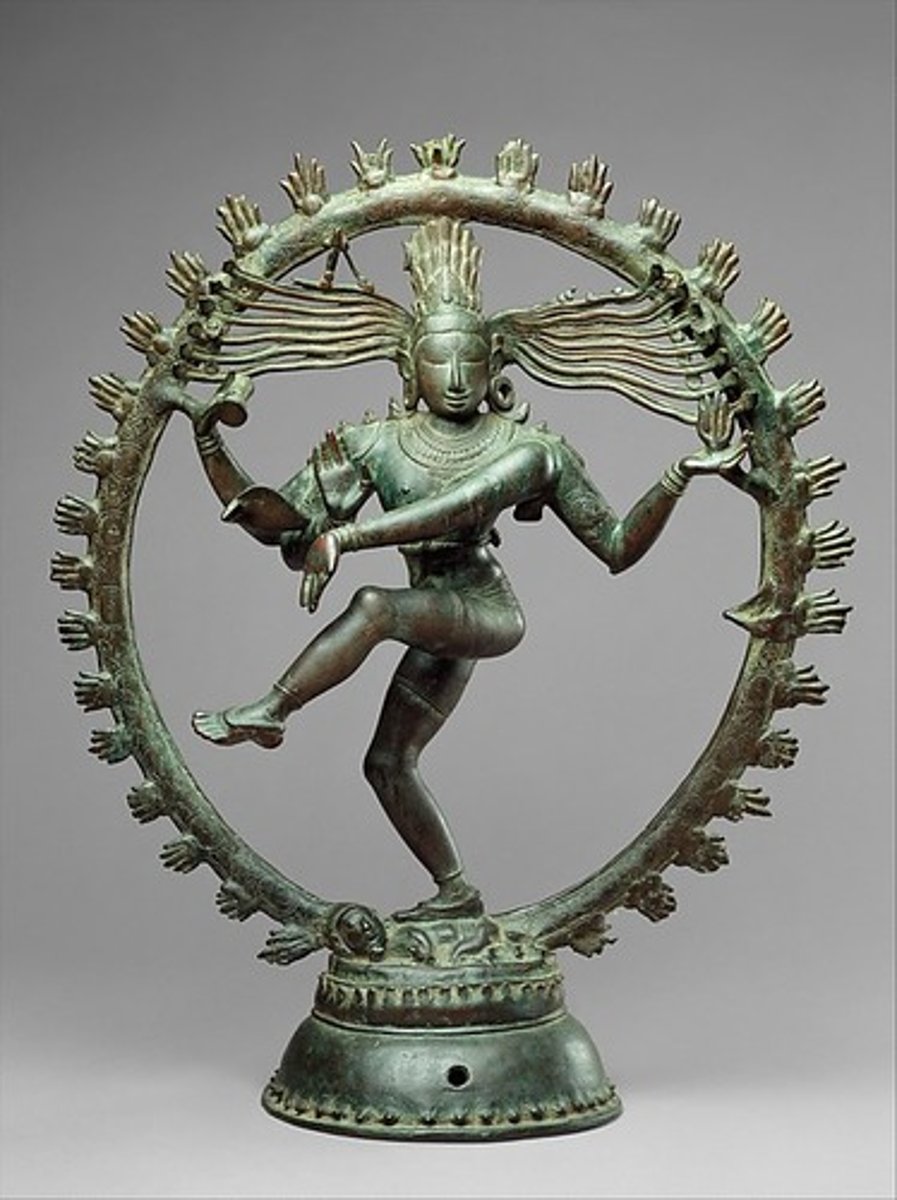
Jahangir Preferring a Sufi Shaikh to Kings, Bichitr. 1620 CE. Watercolor, gold, and ink on paper
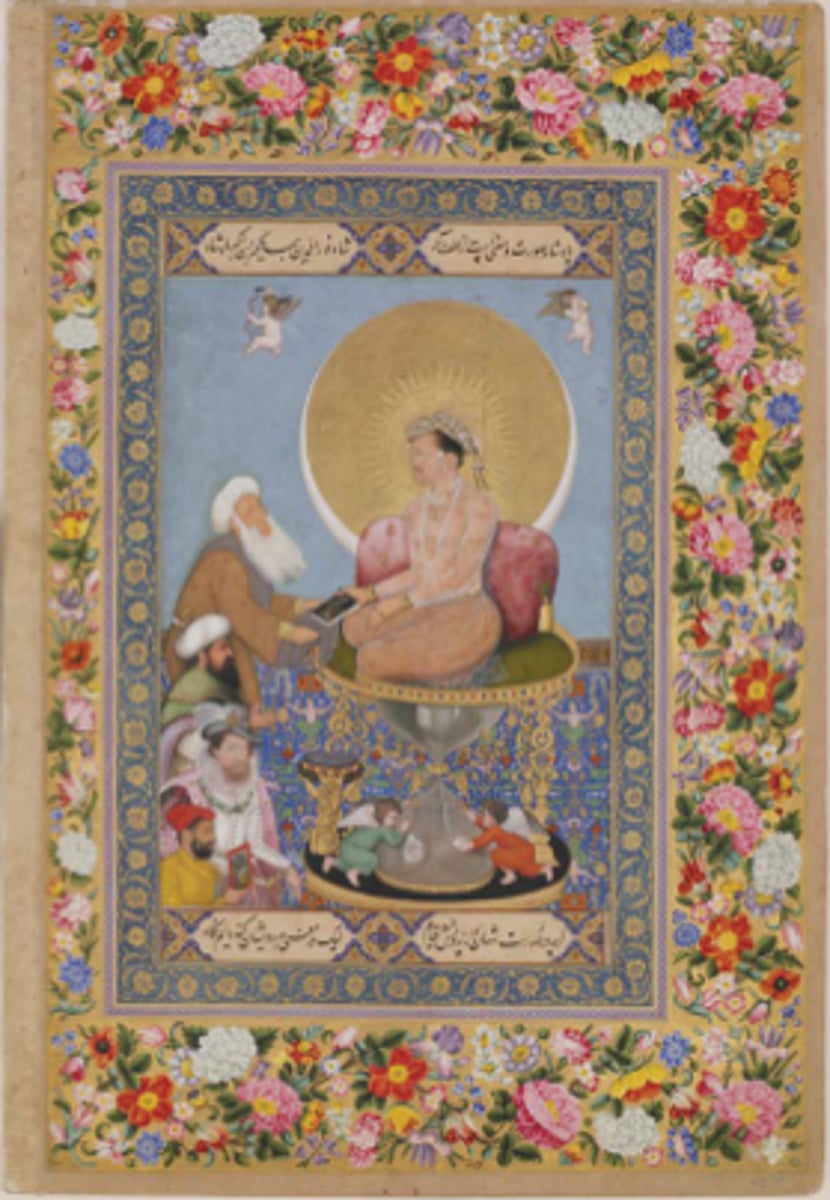
Chavin de Huántar, Northern Highlands, Peru. Chavin. 900-200 BCE. Stone complex, granite lanzón; Hammered gold alloy (jewelry)
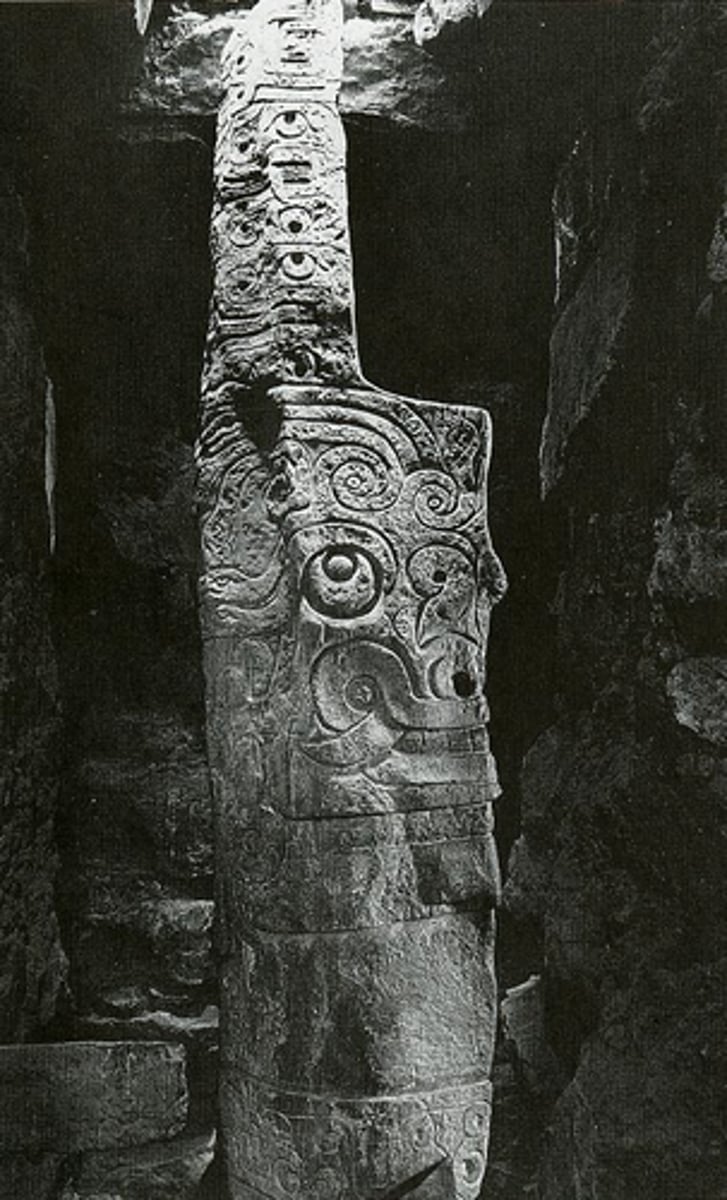
Yaxchilán, Chiapas, Mexico. Maya. 725 CE. Limestone (architectural complex)
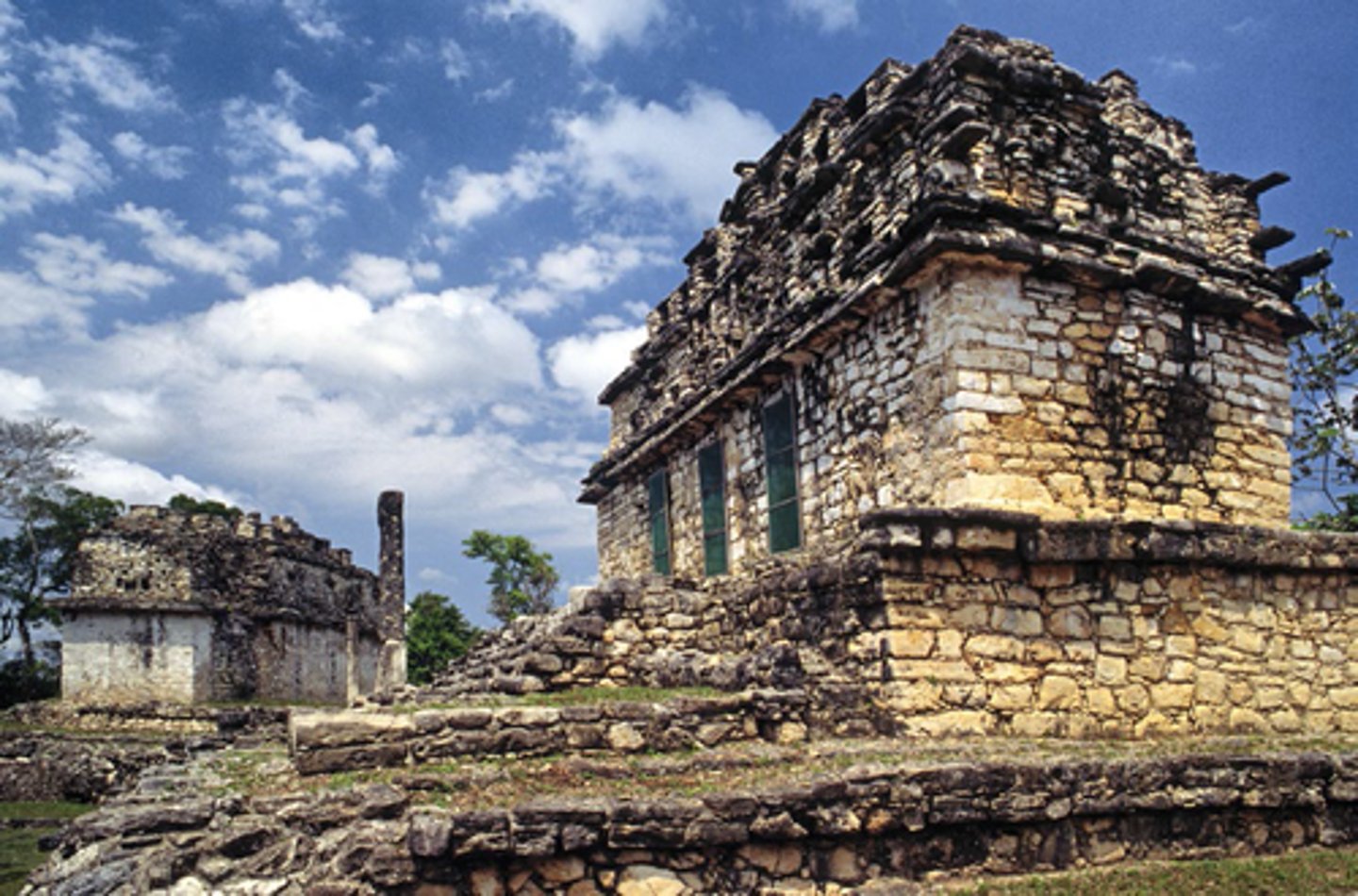
Mesa Verde cliff dwellings, Montezuma County, Colorado. Anasazi culture. 450-1300 CE. Sandstone
